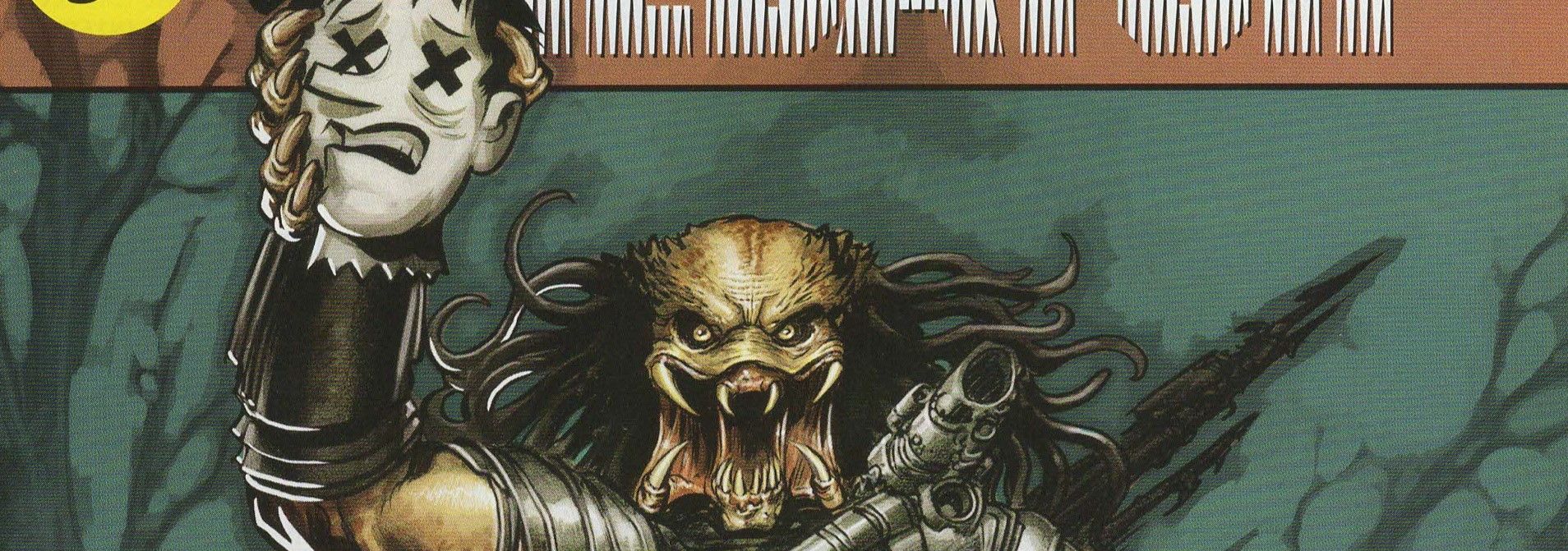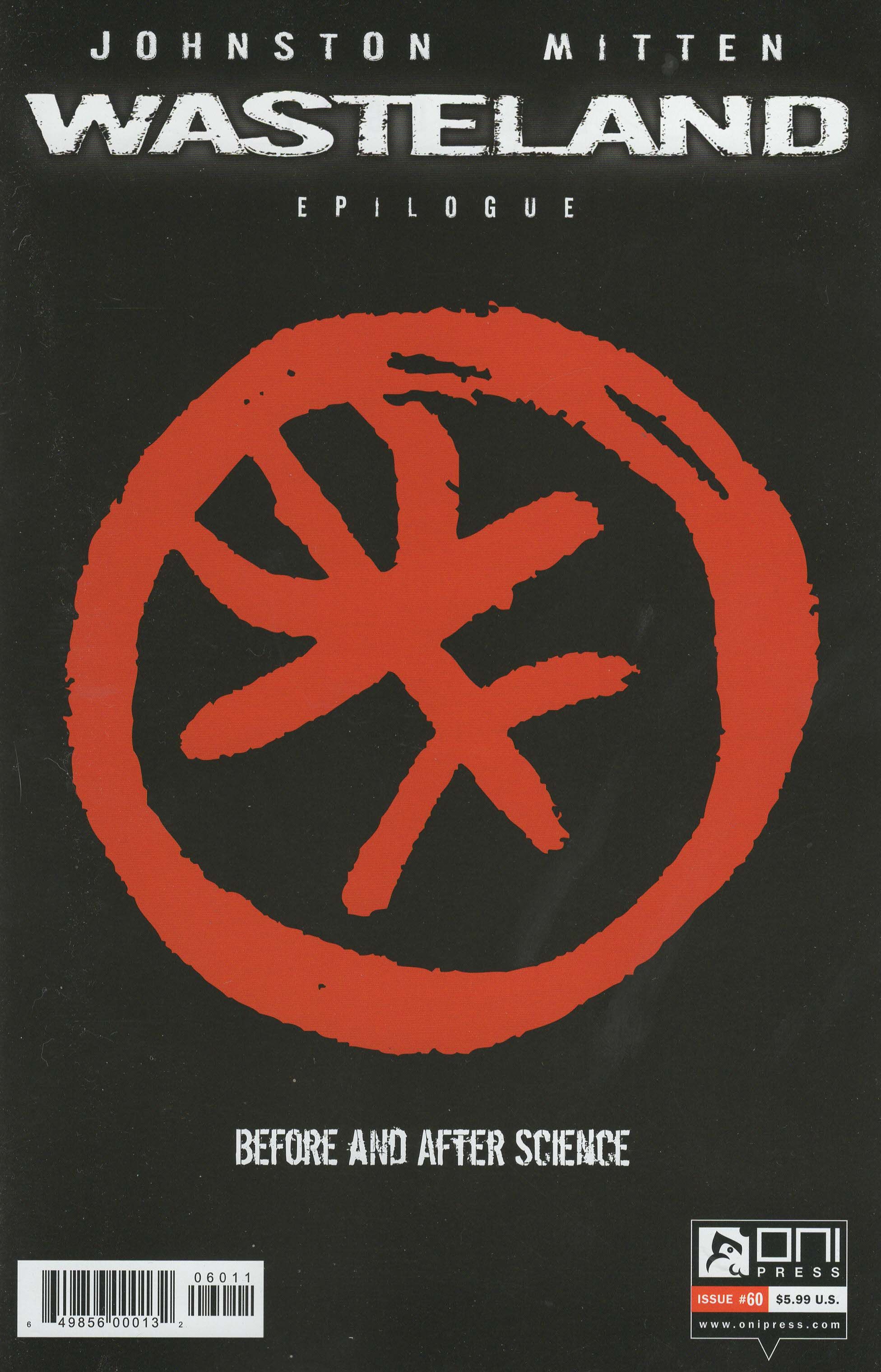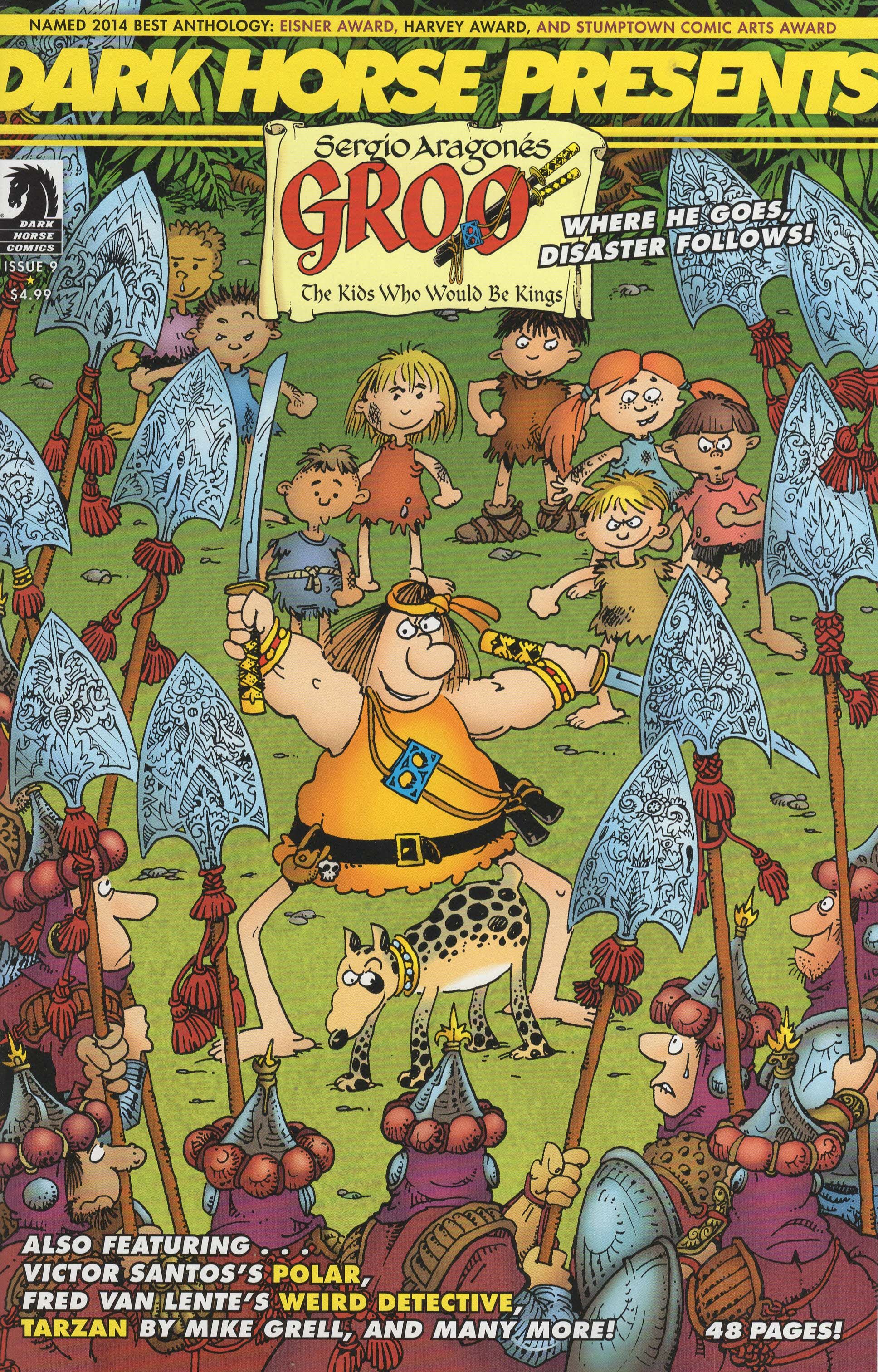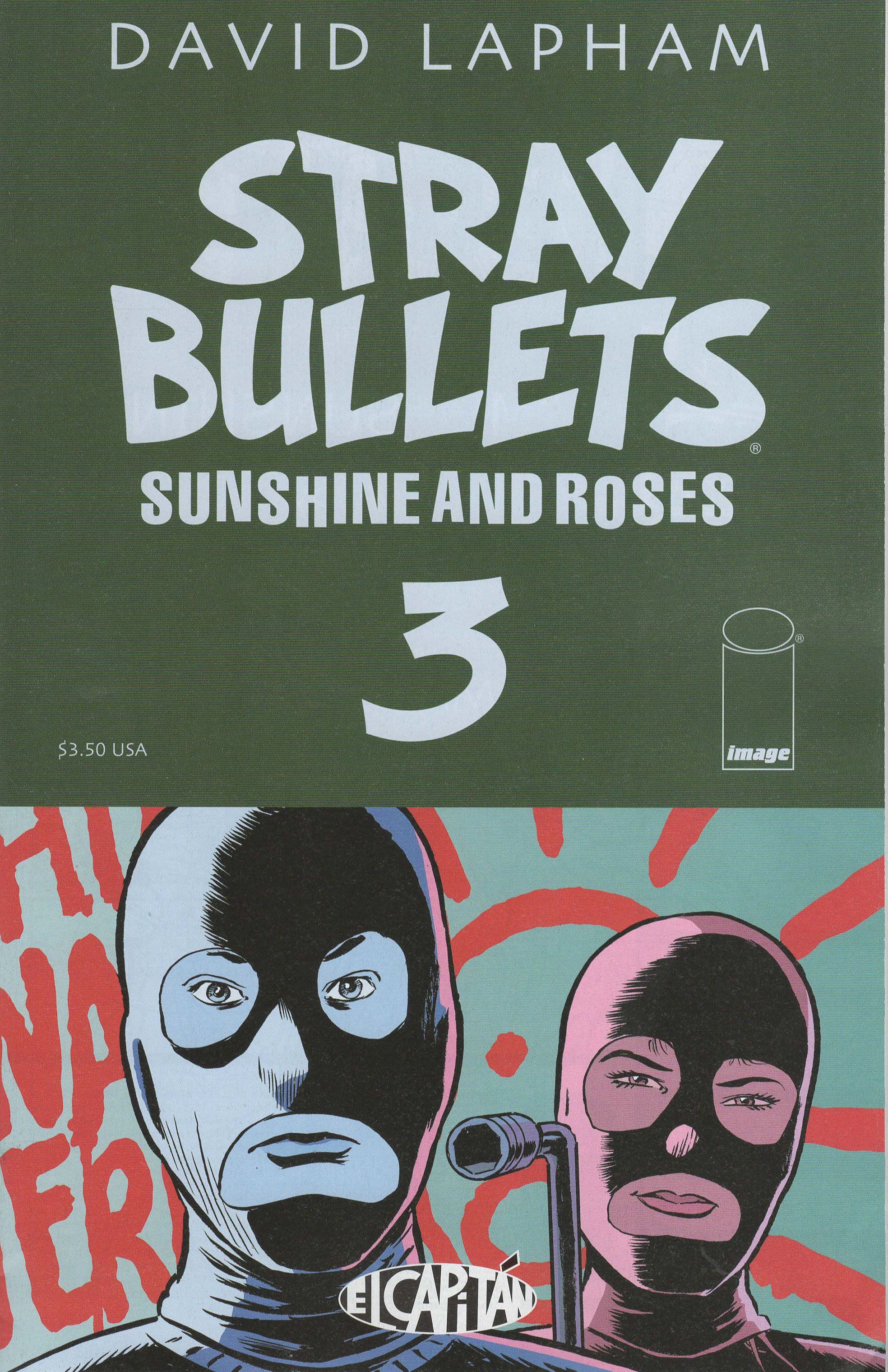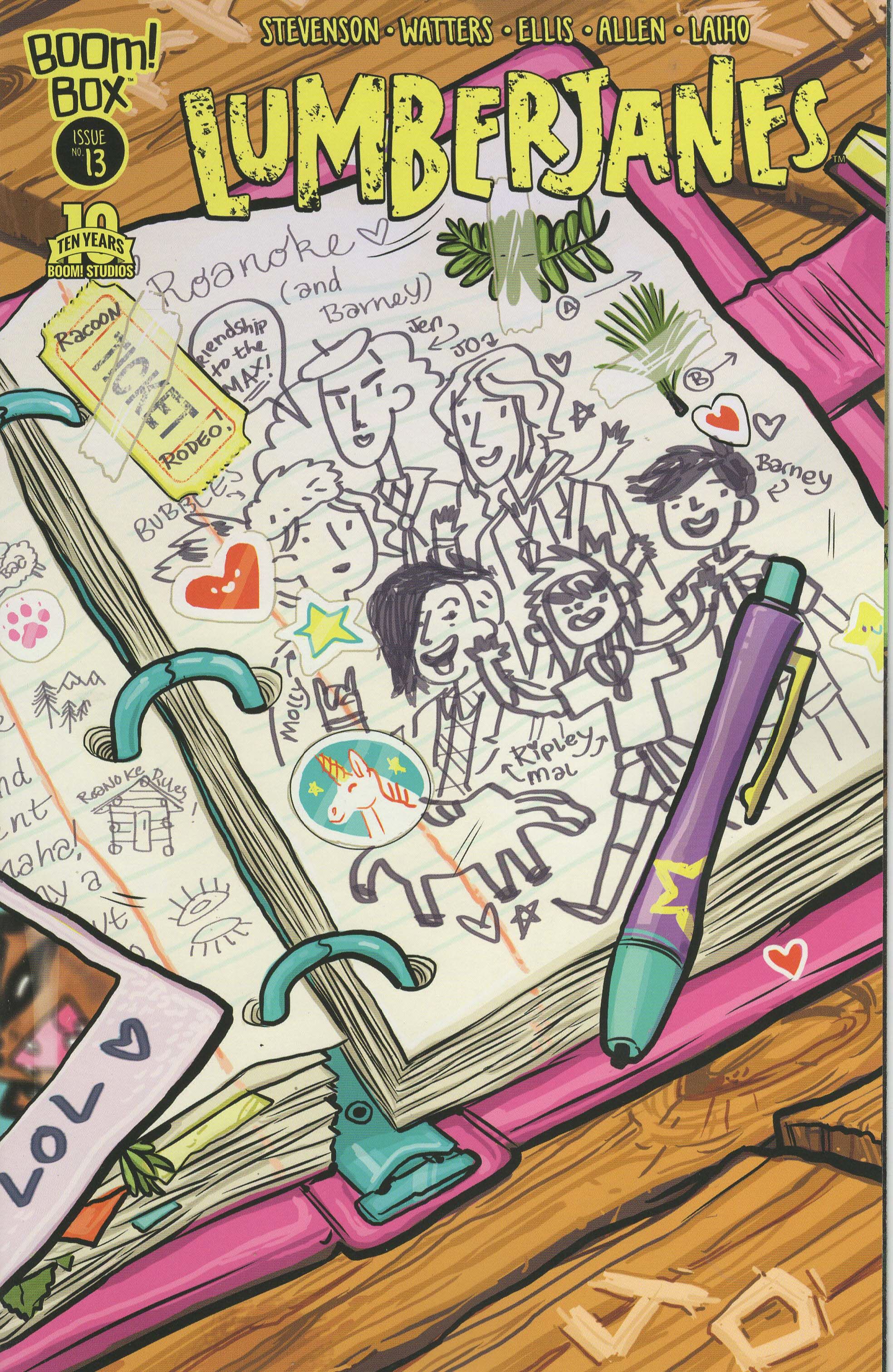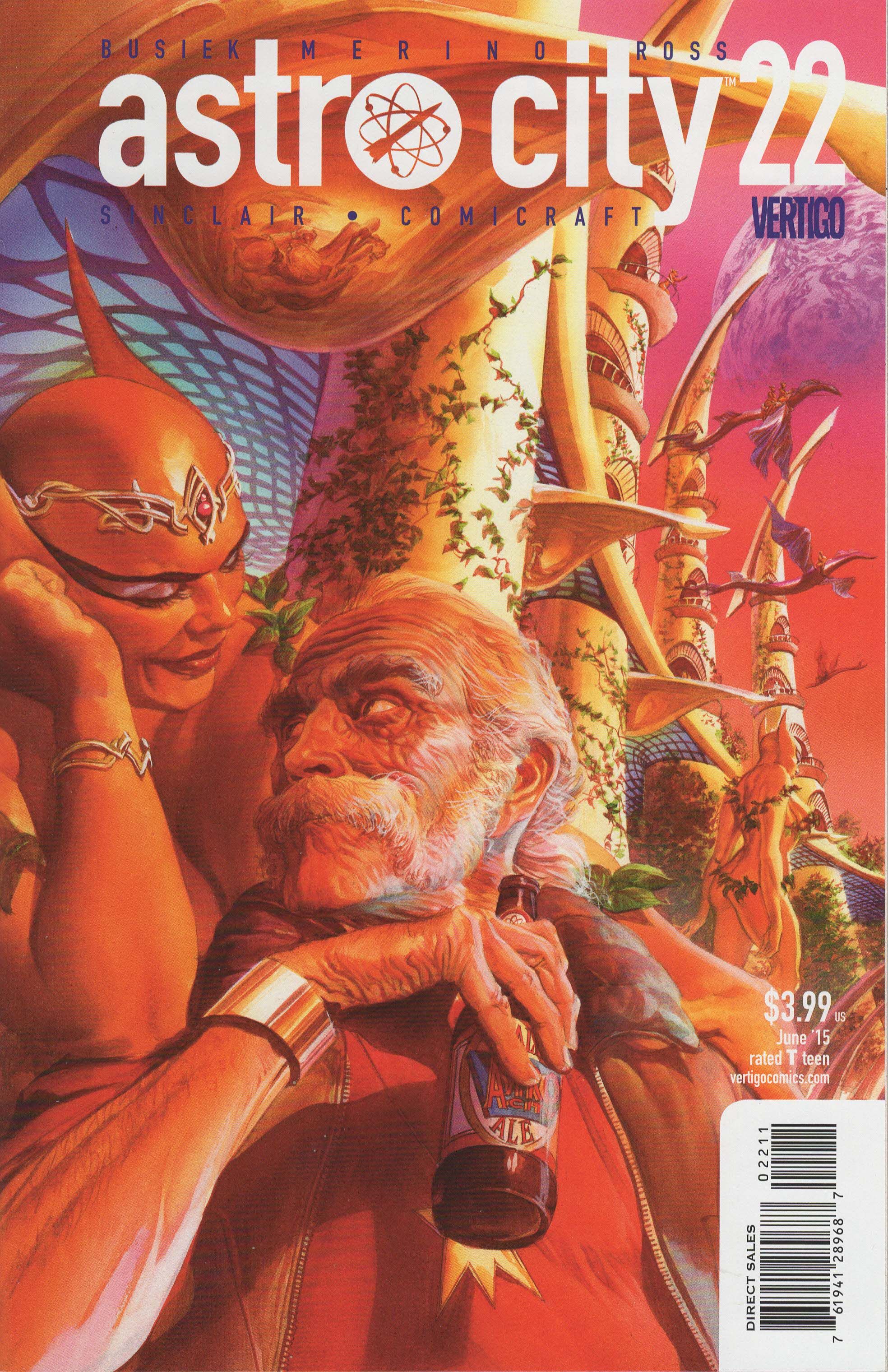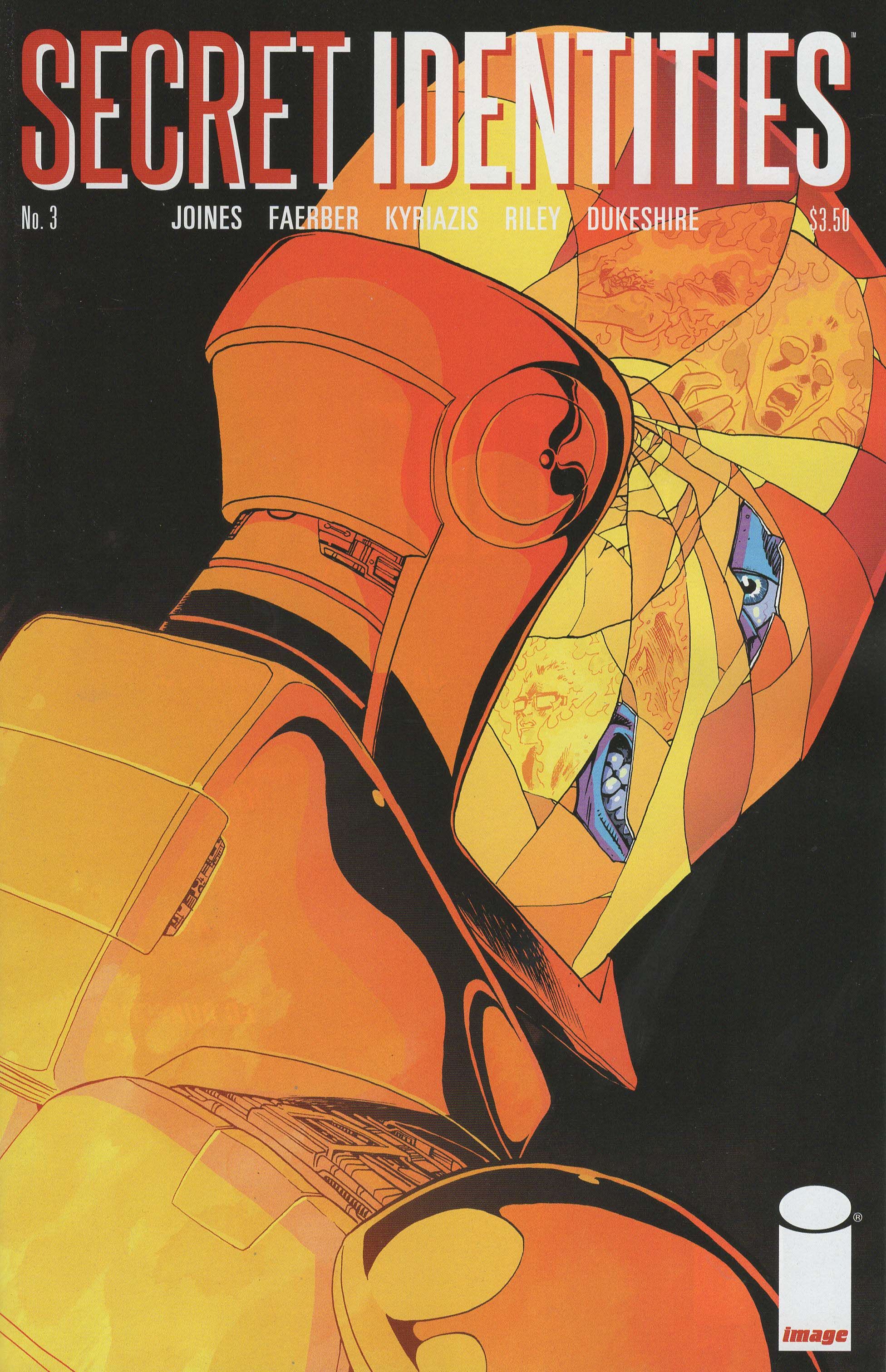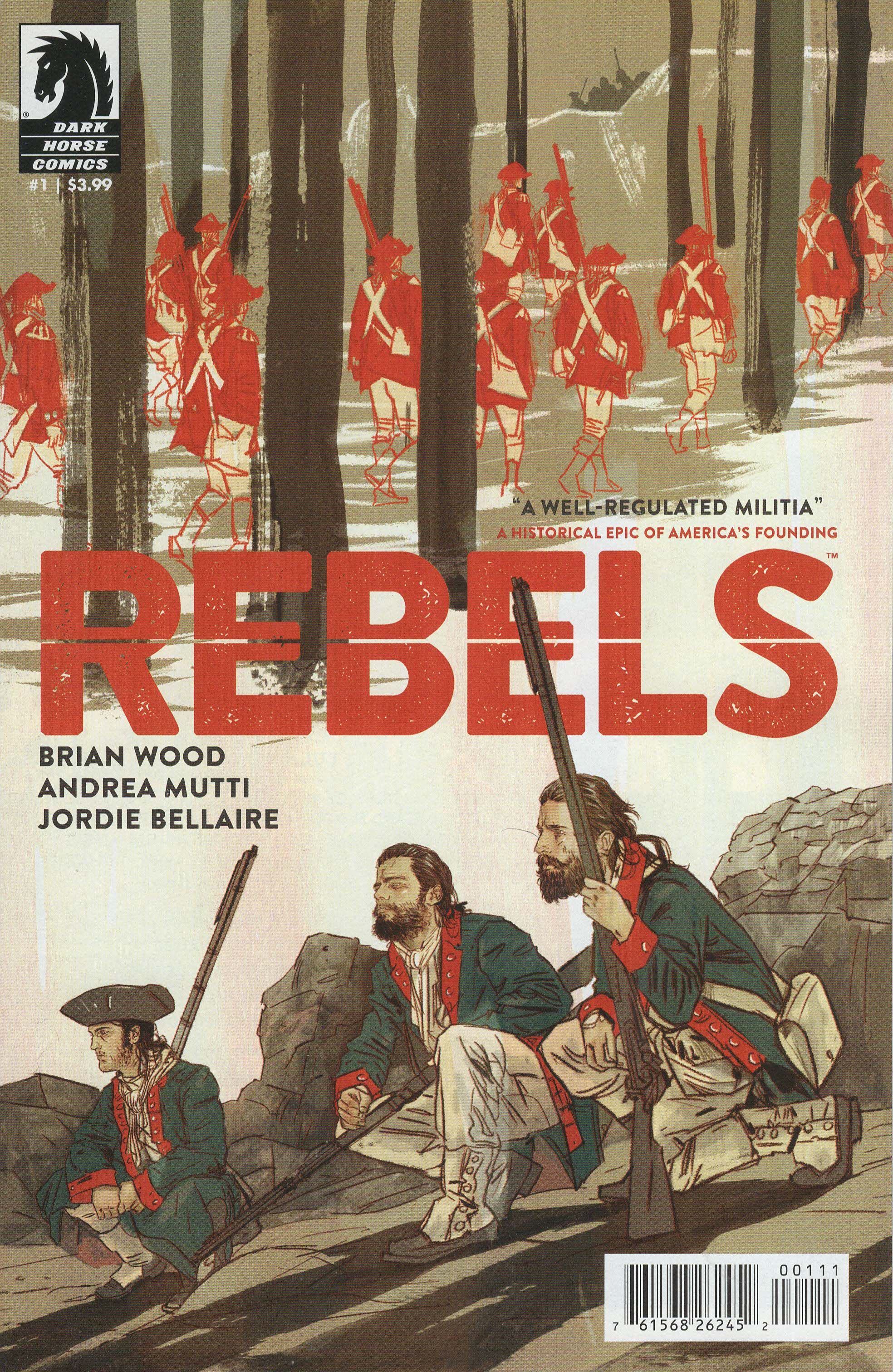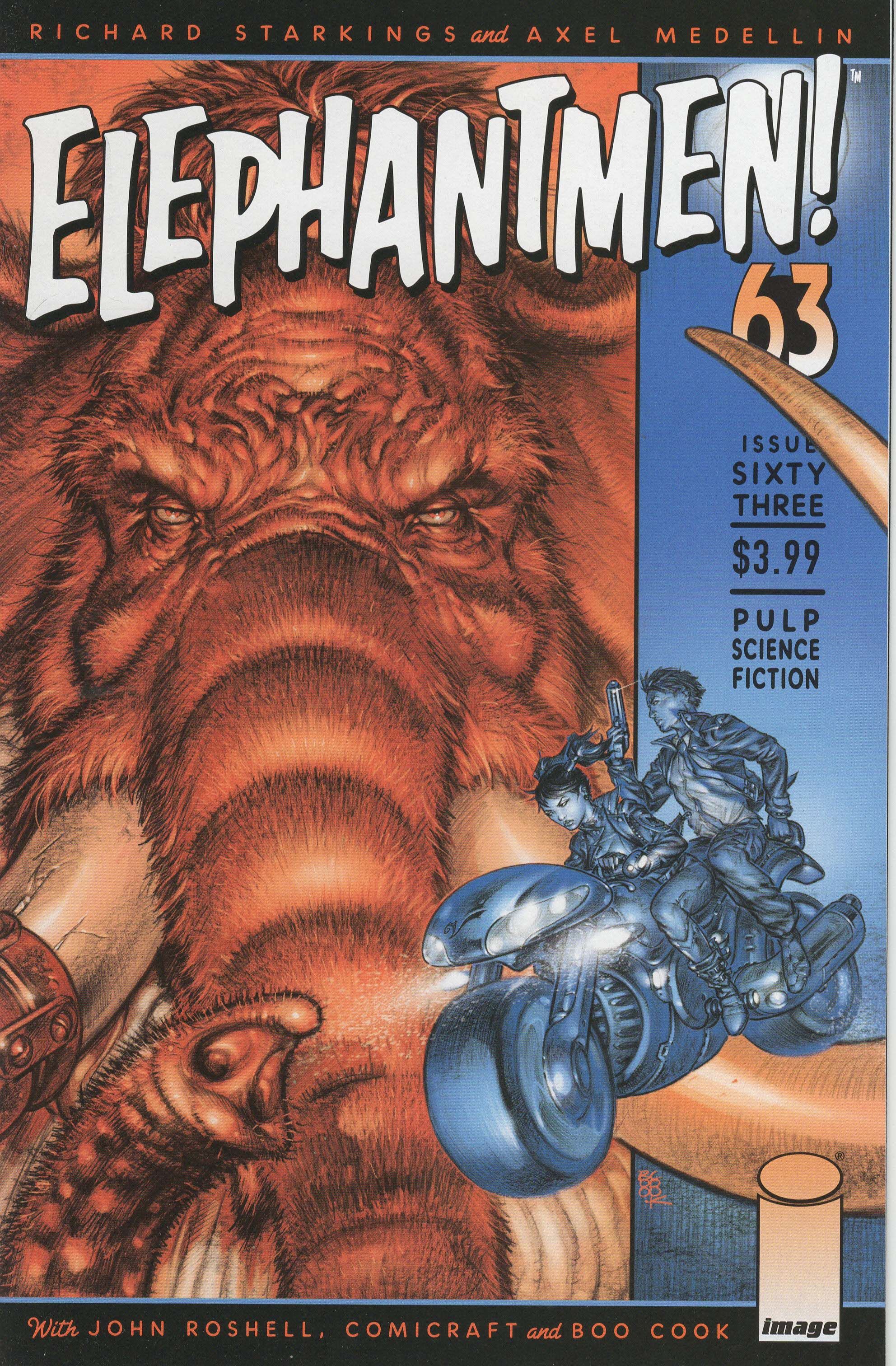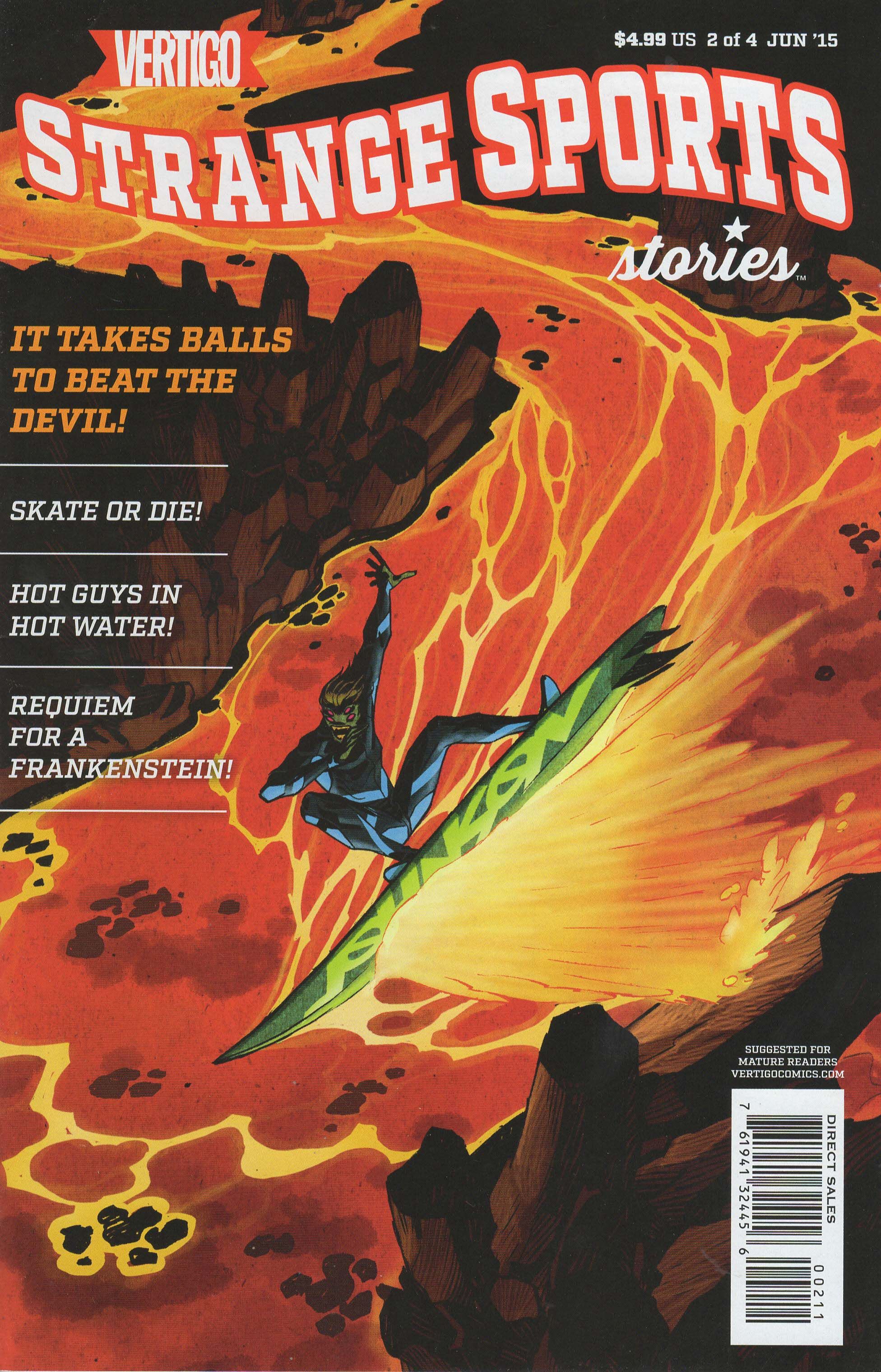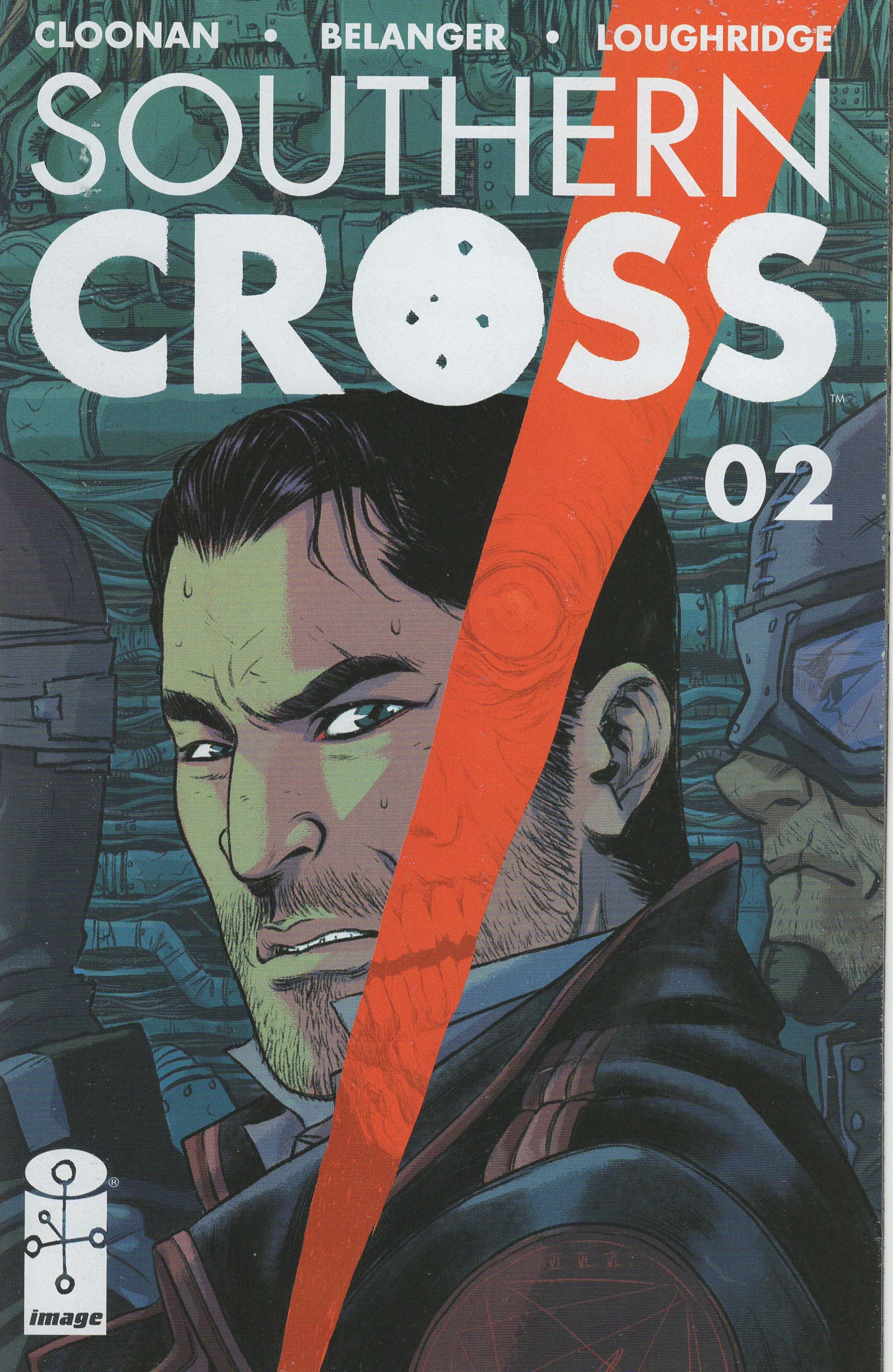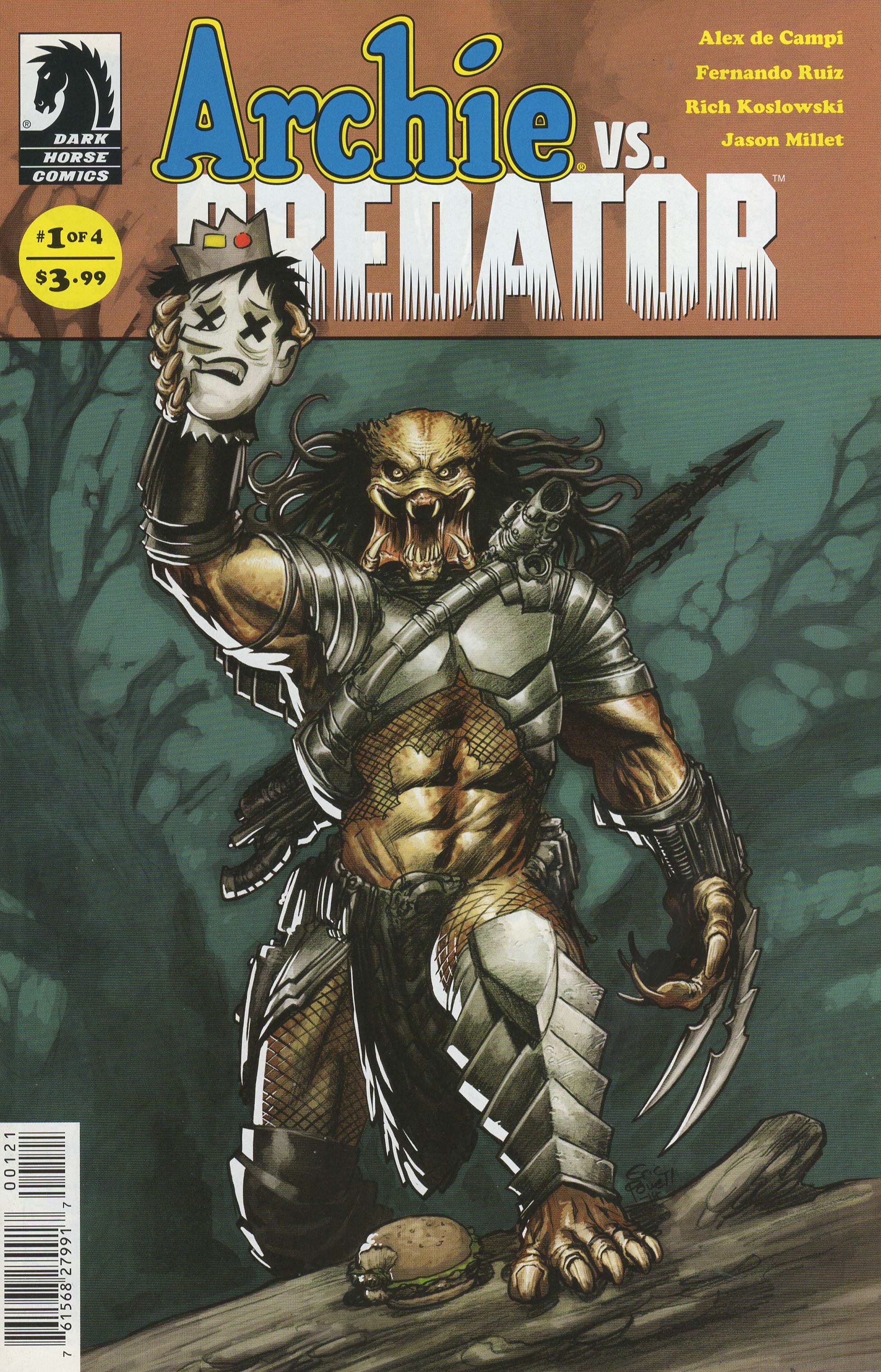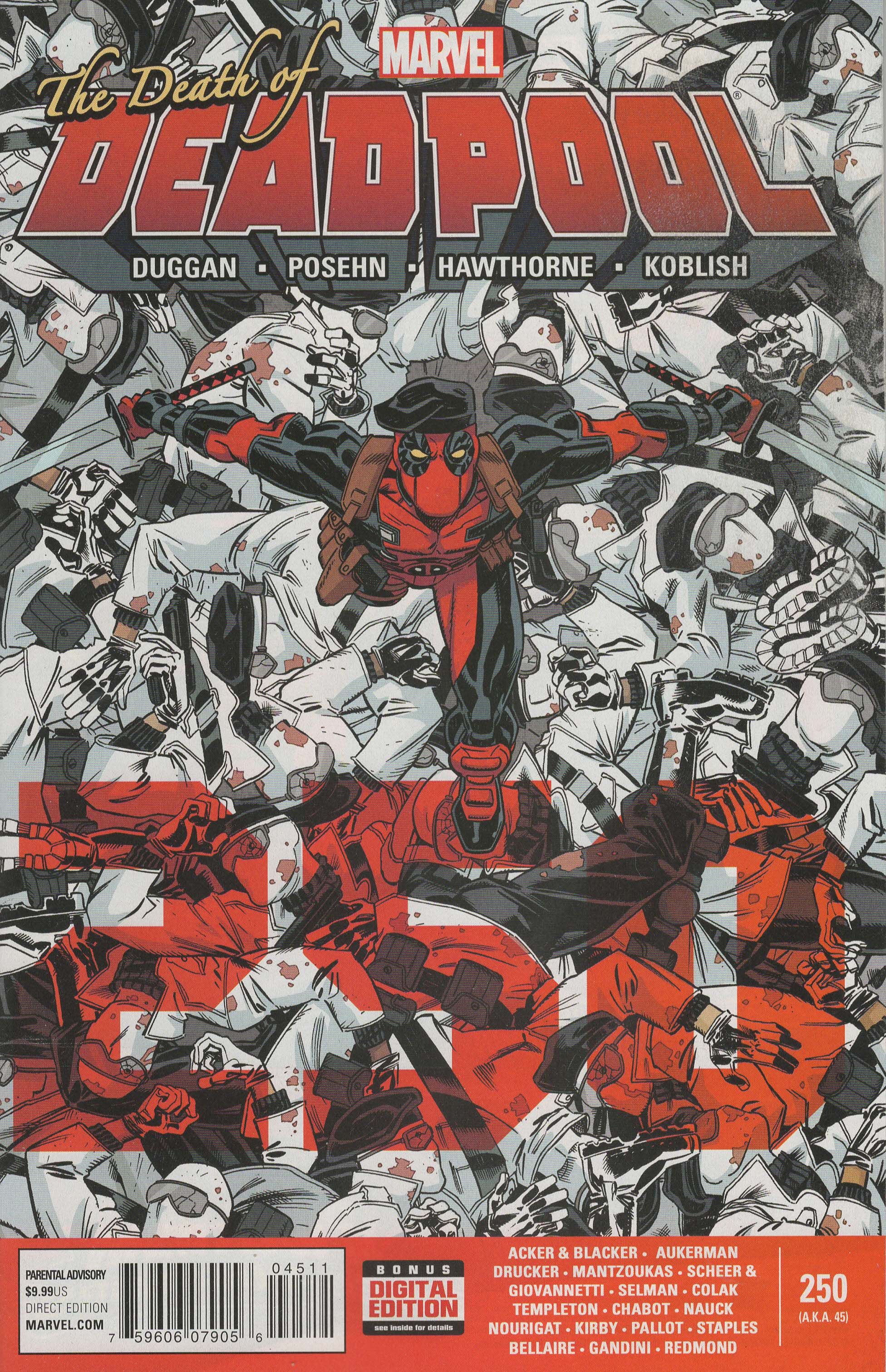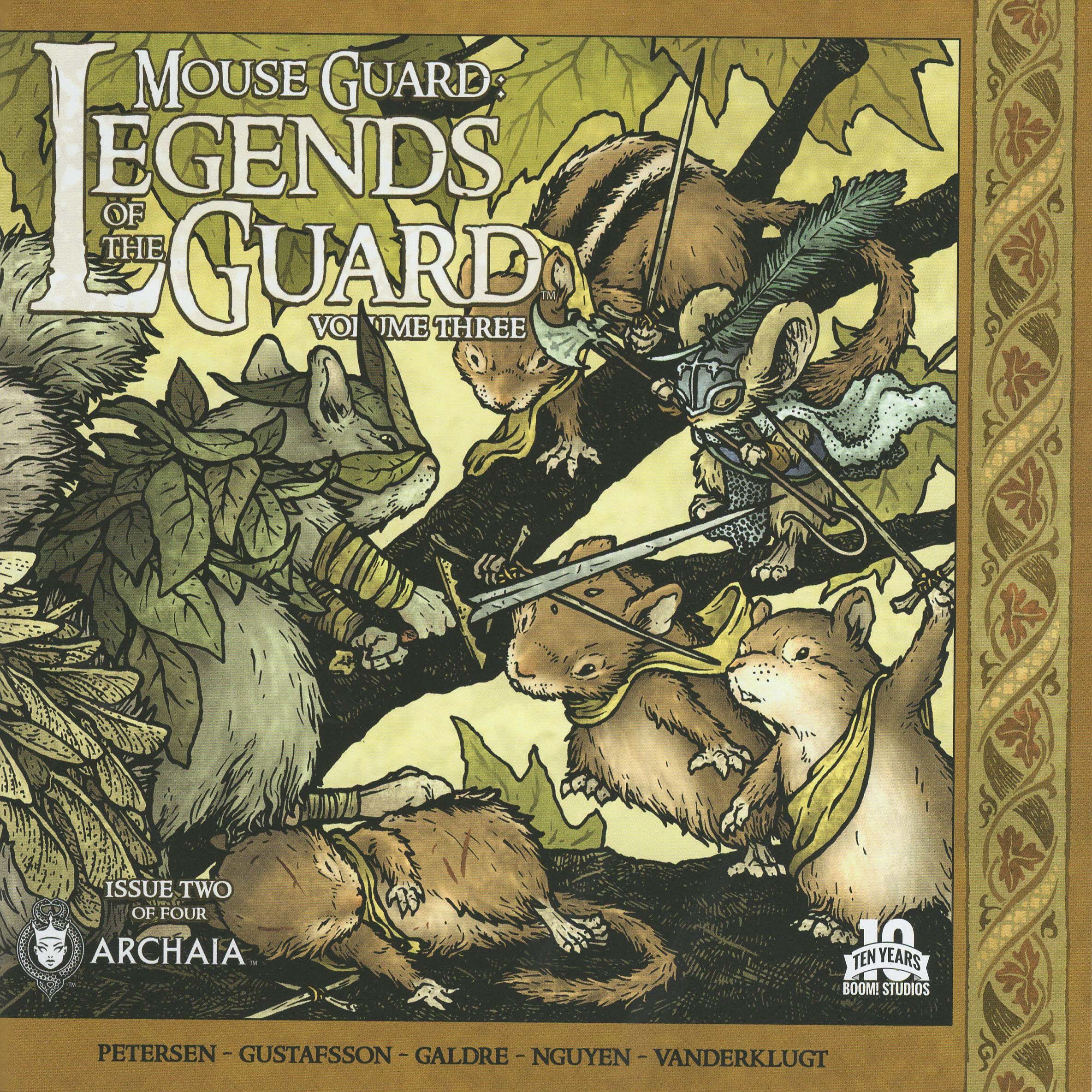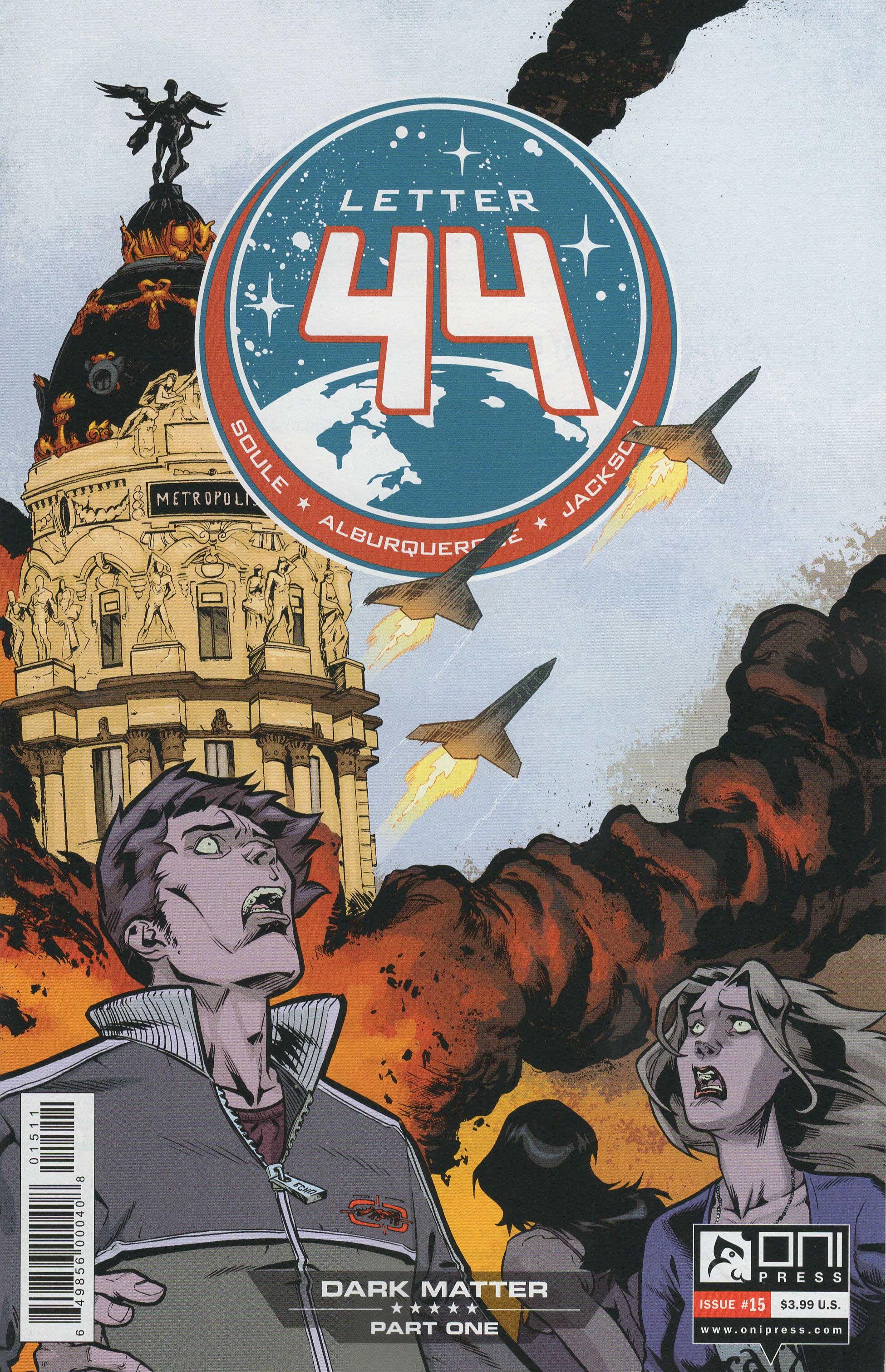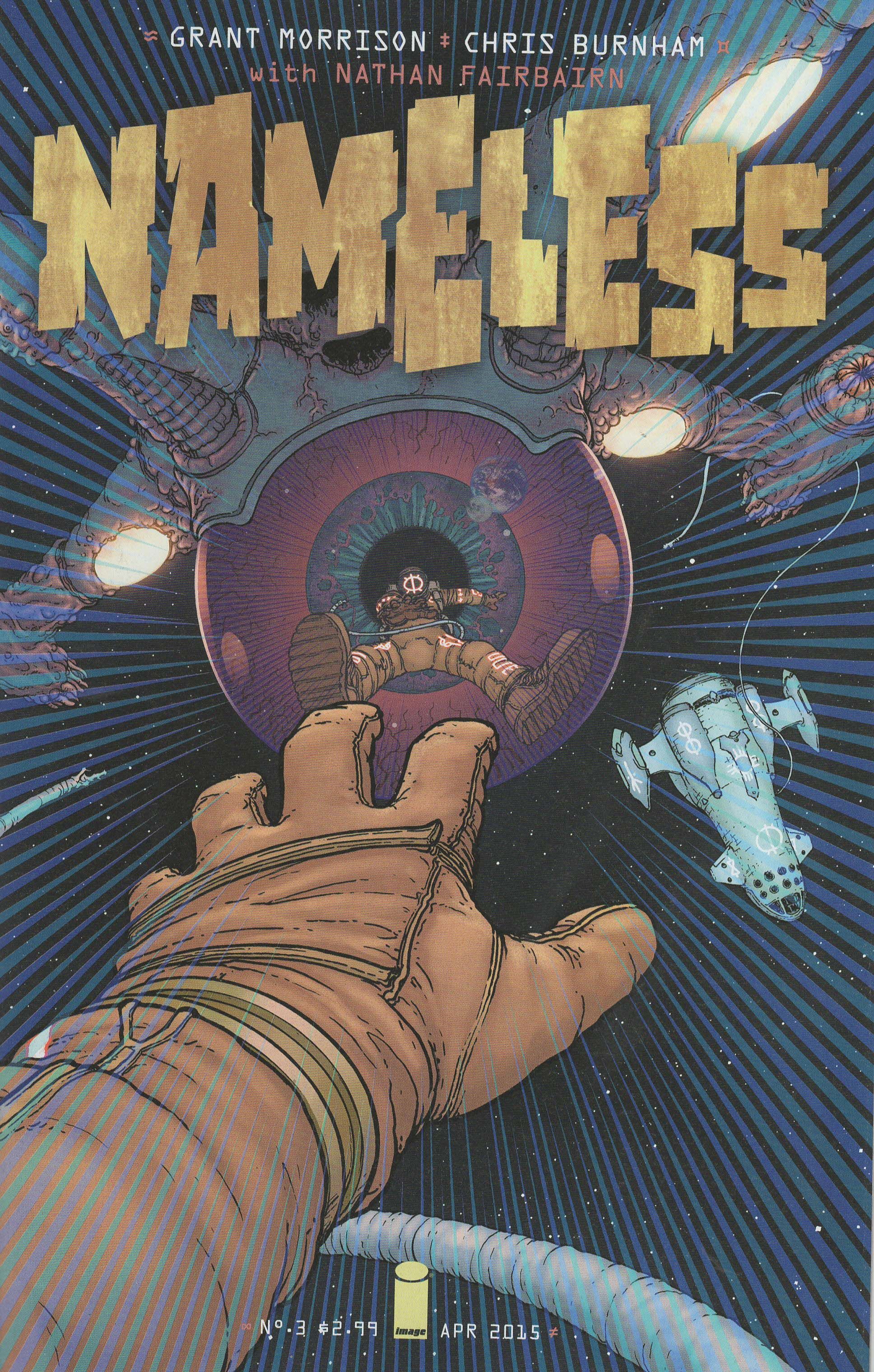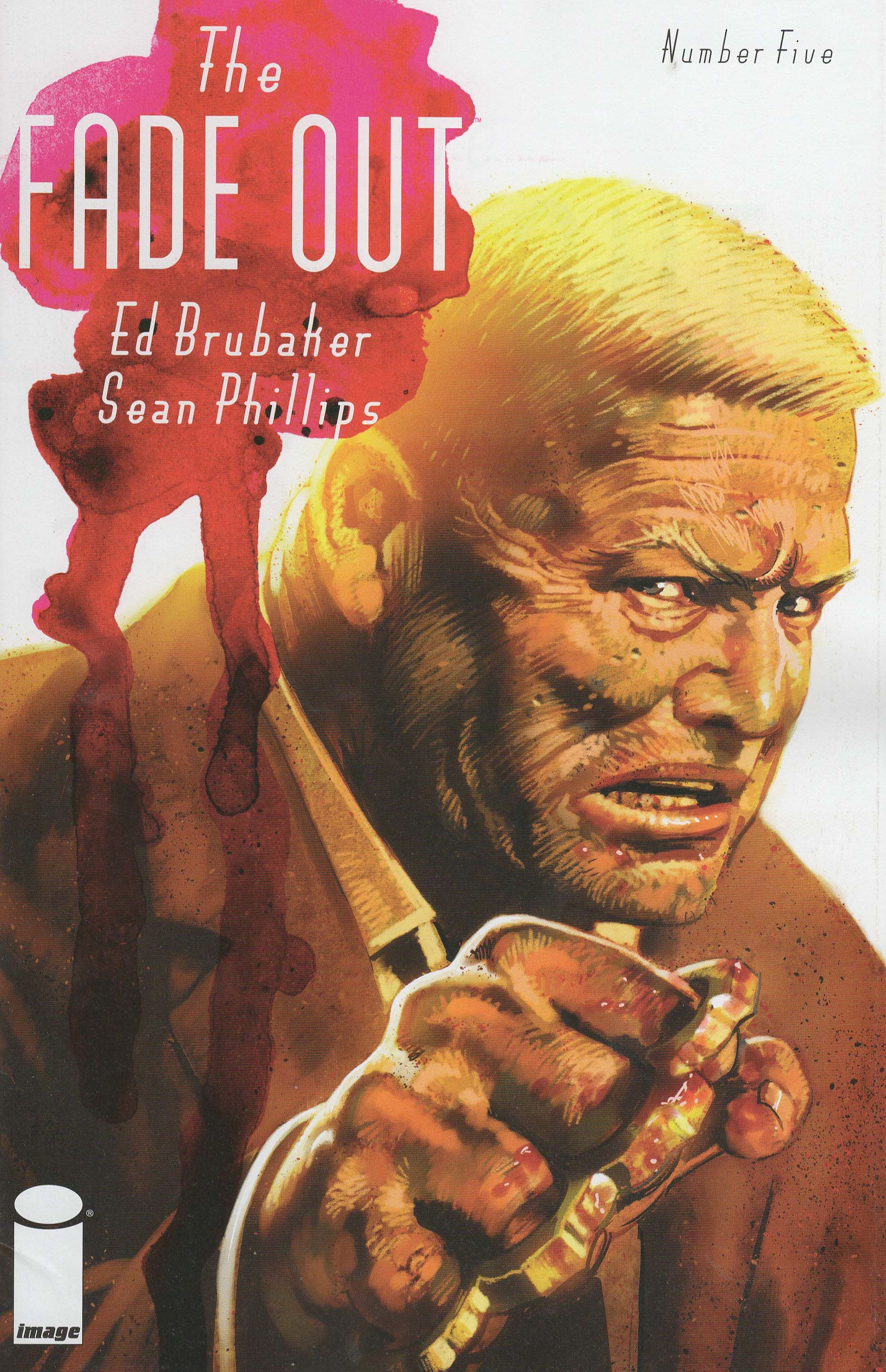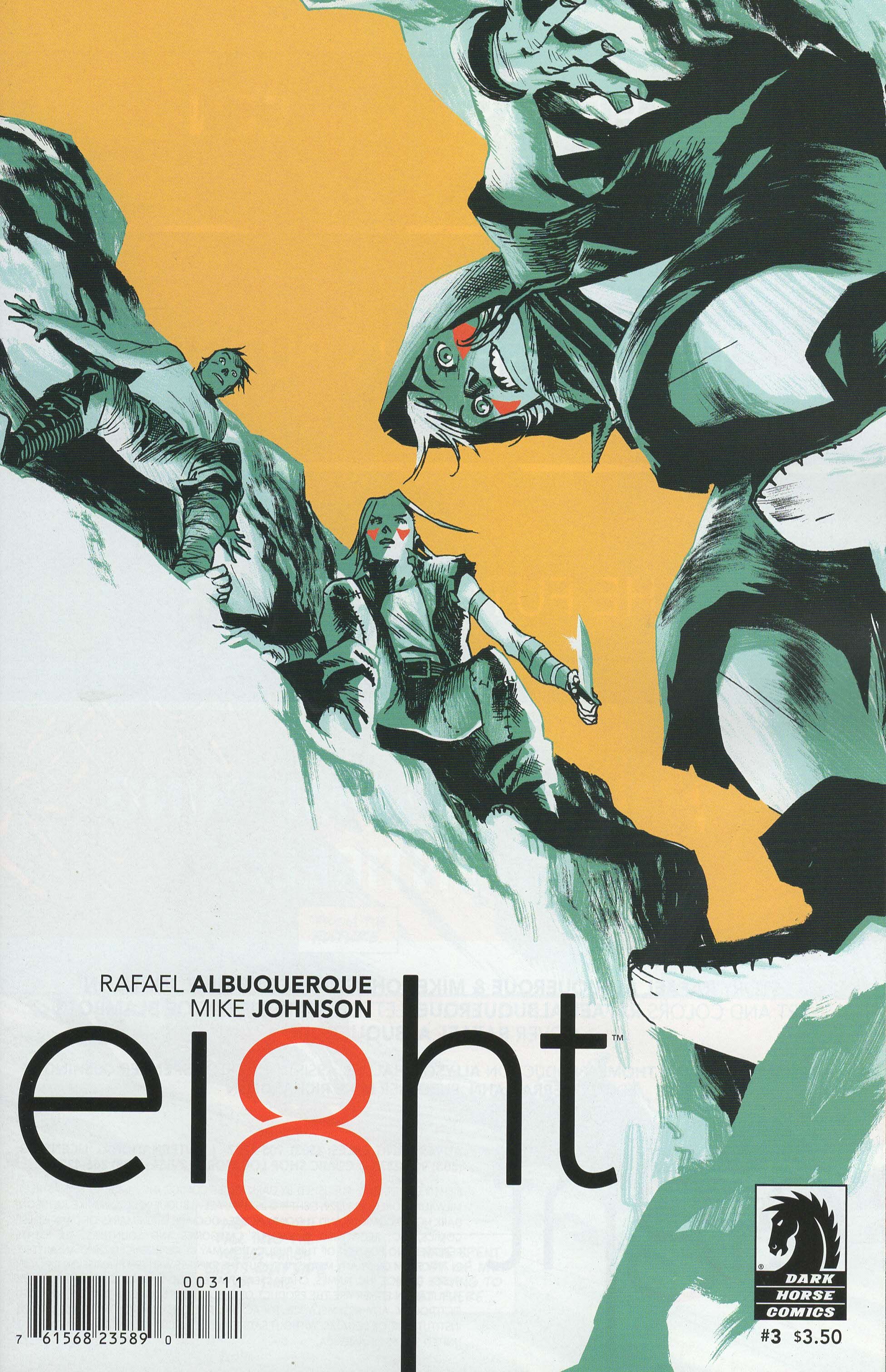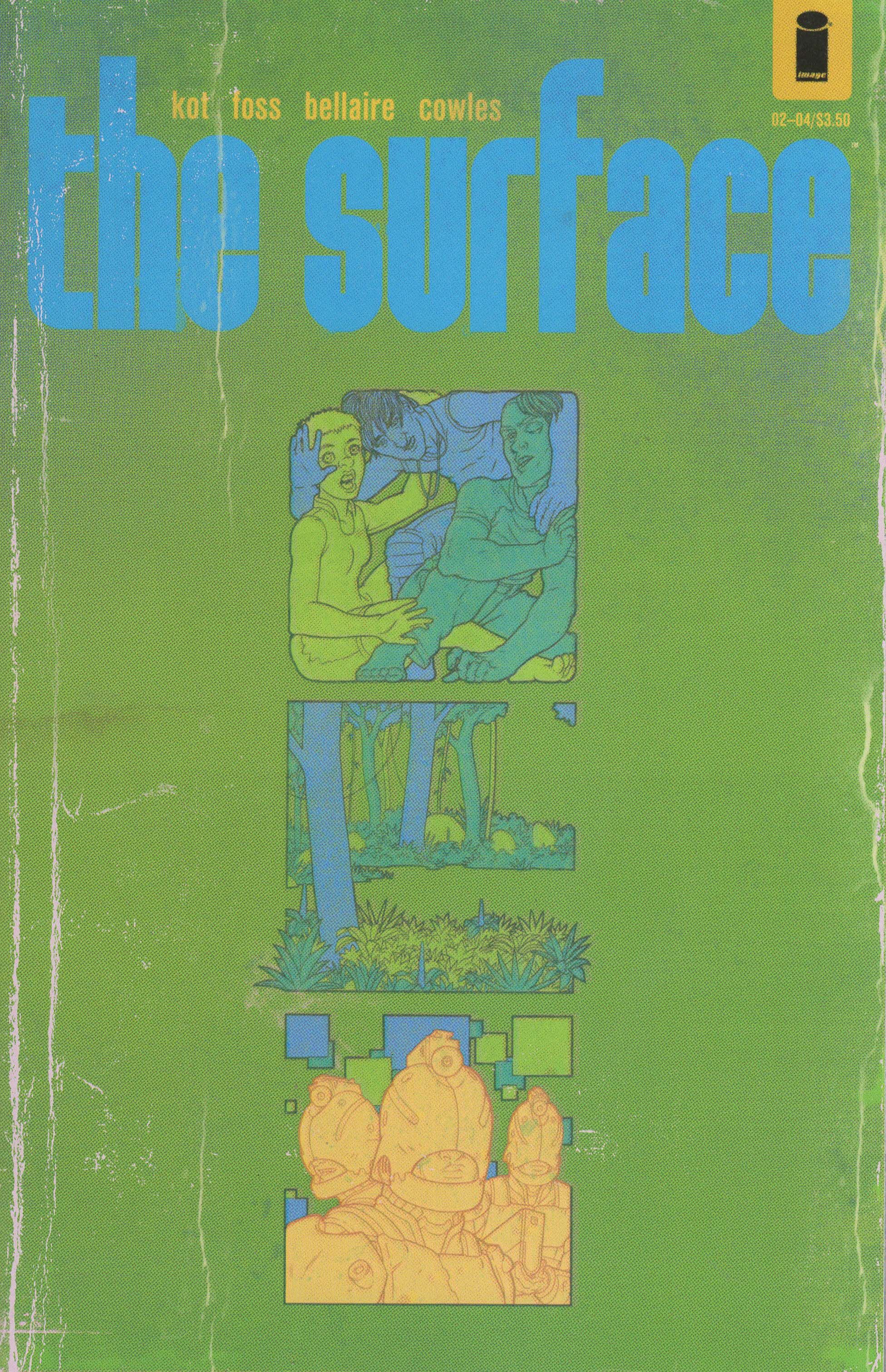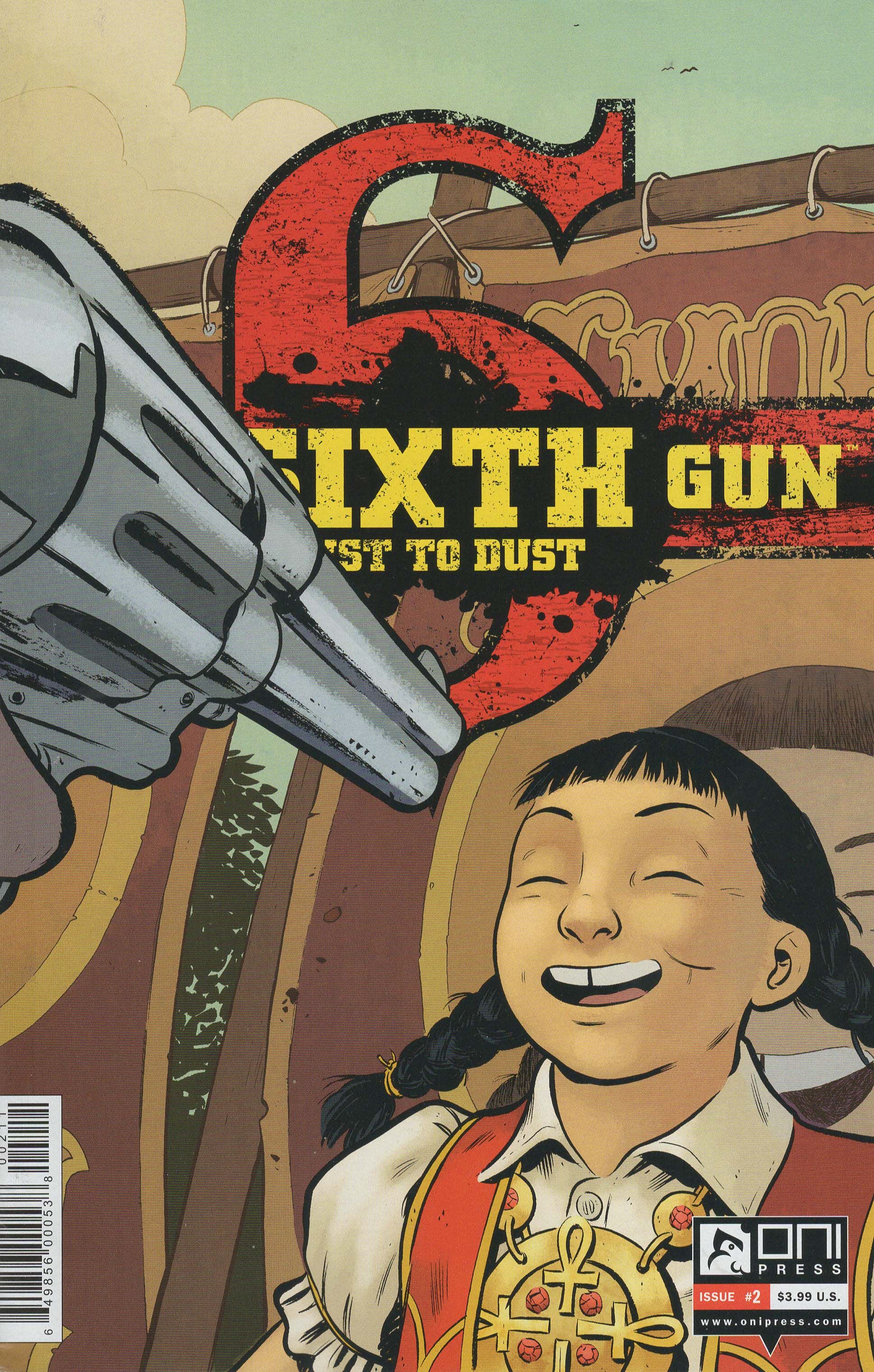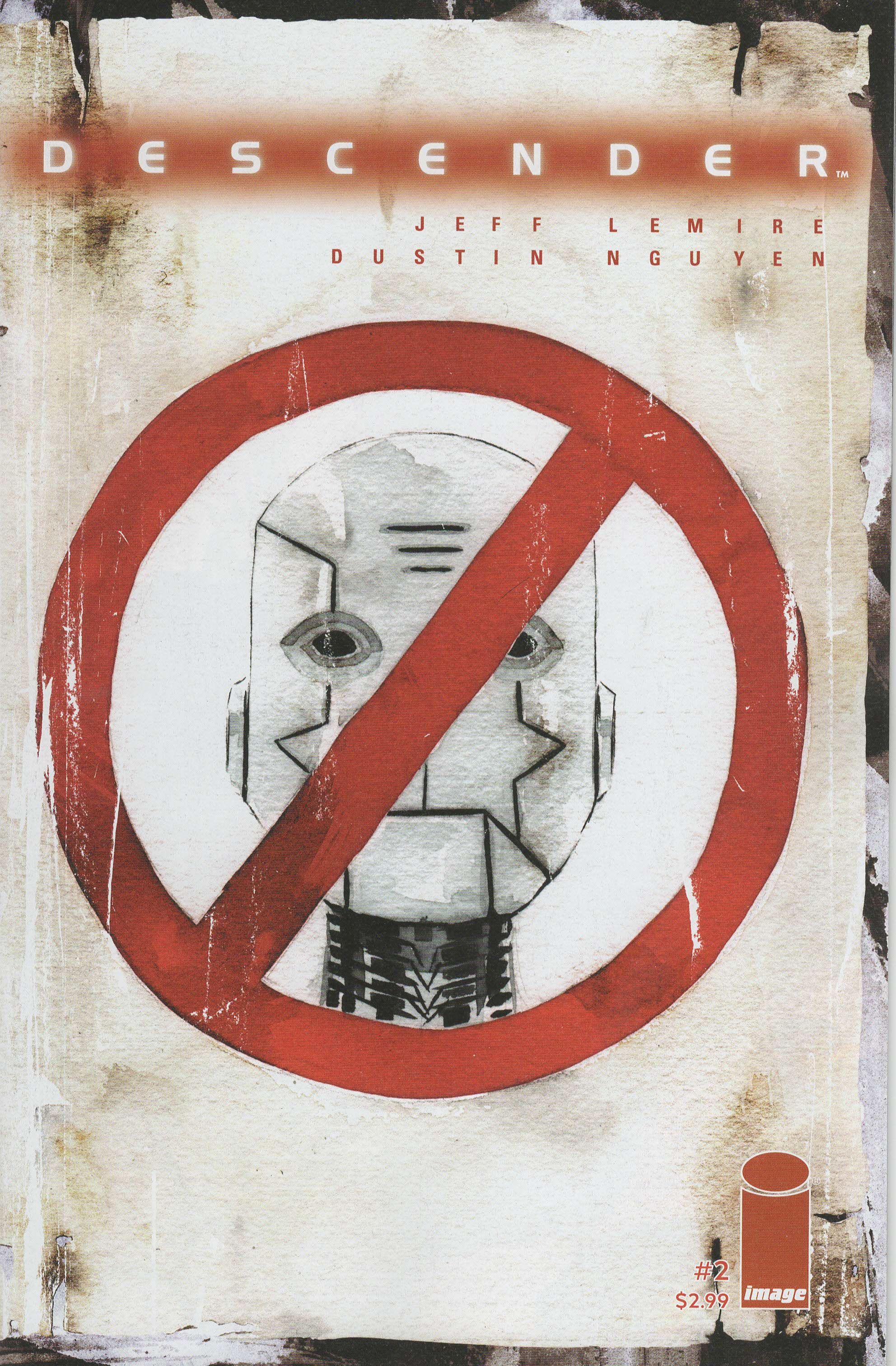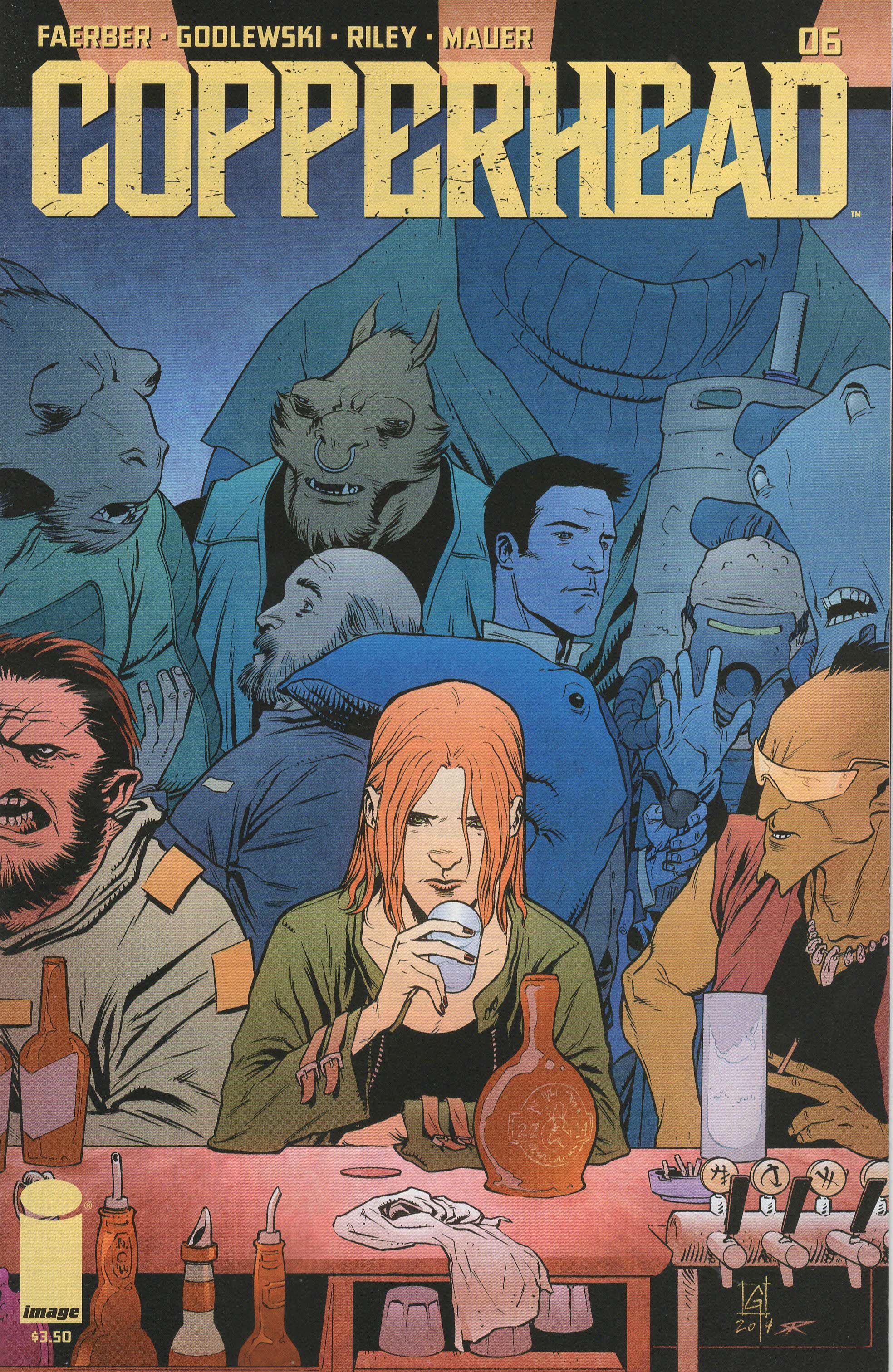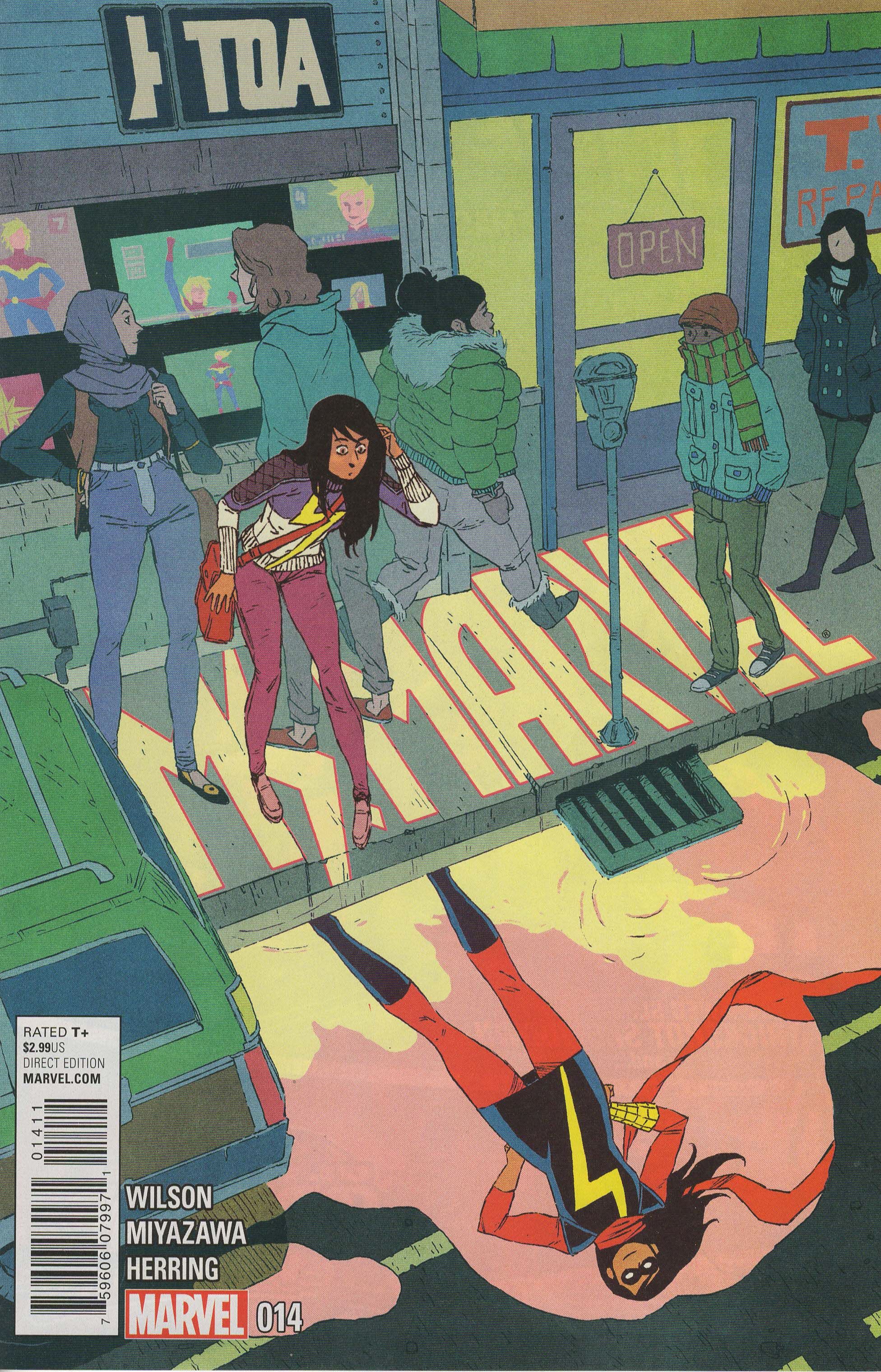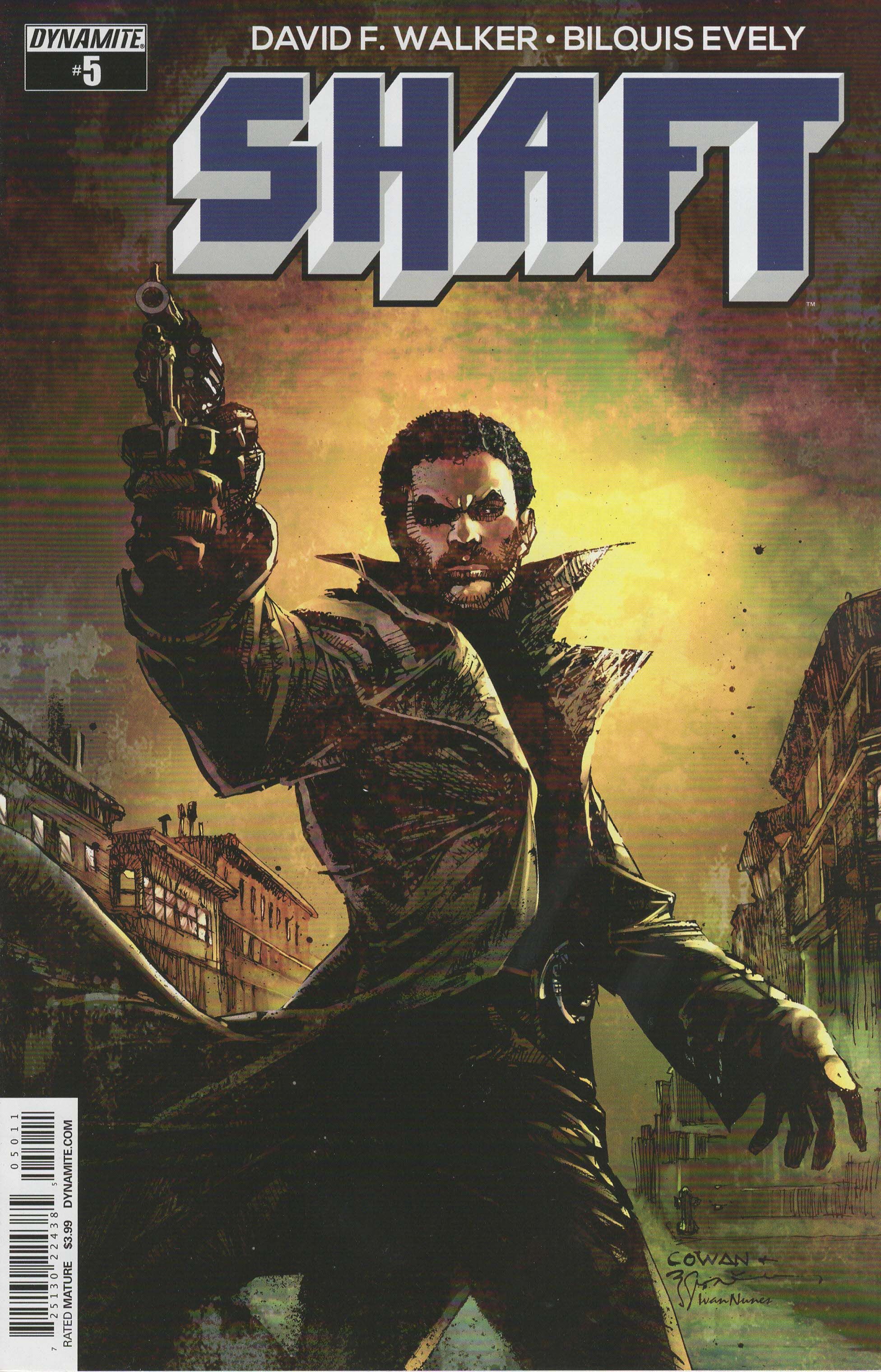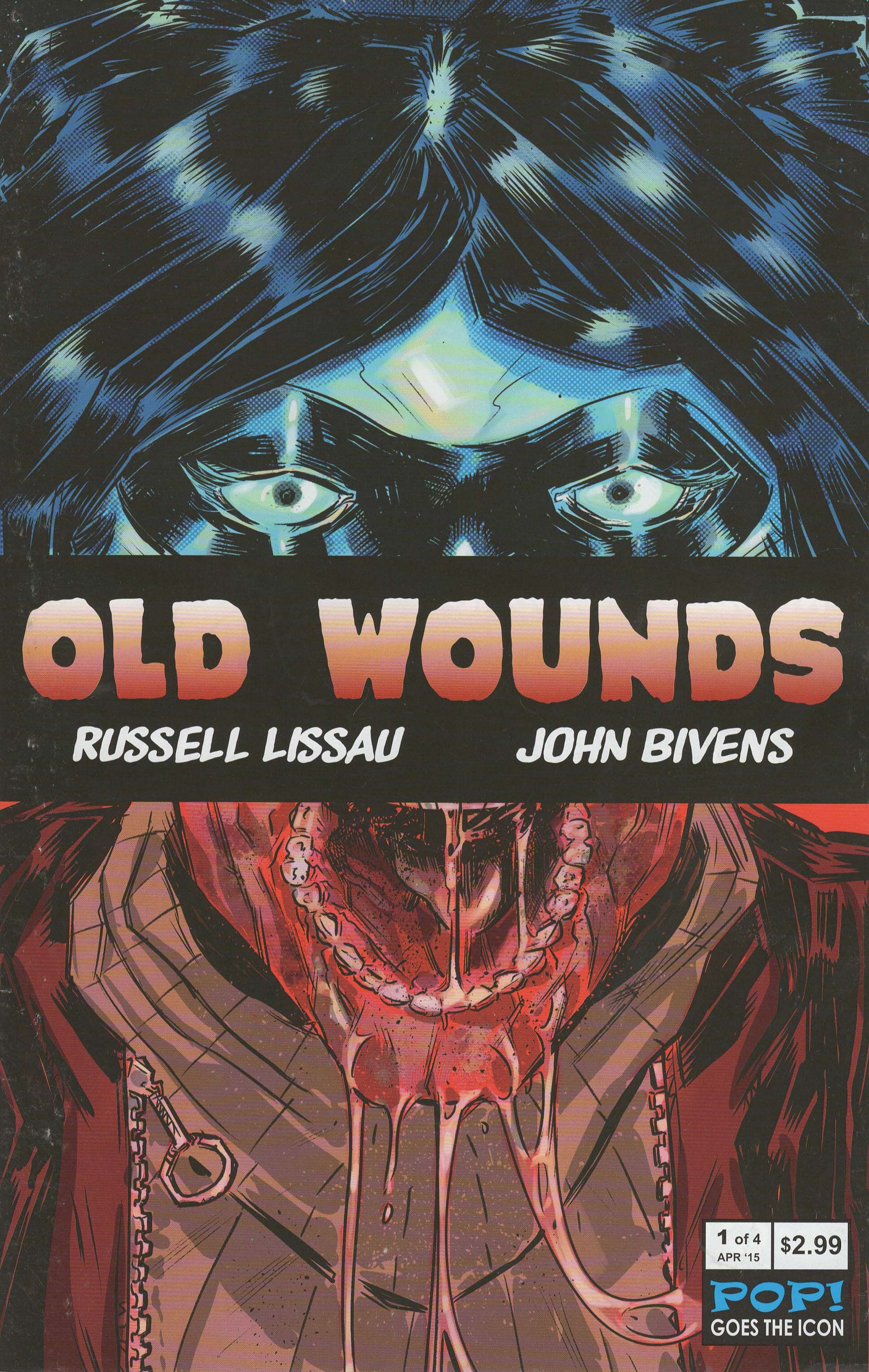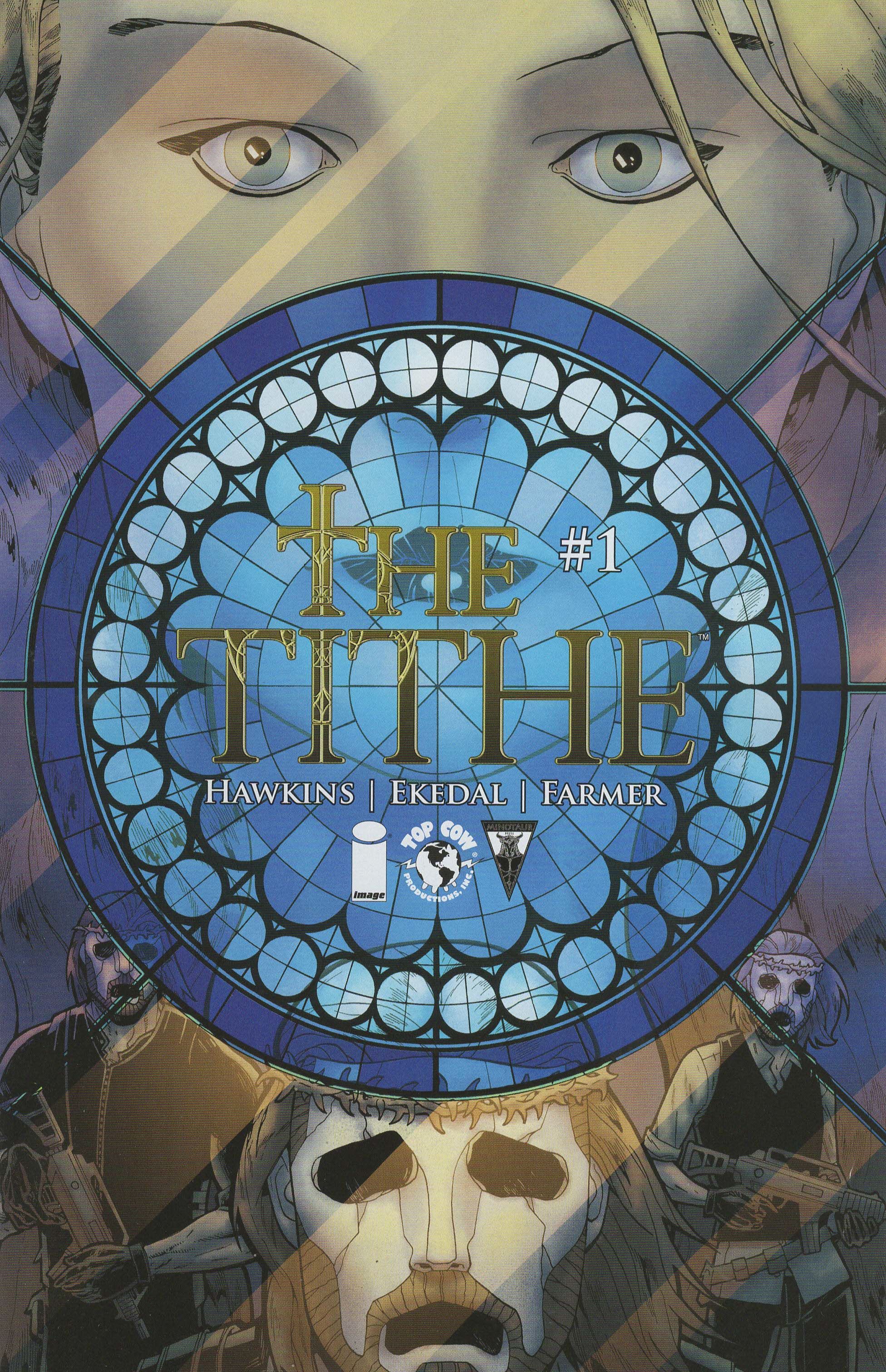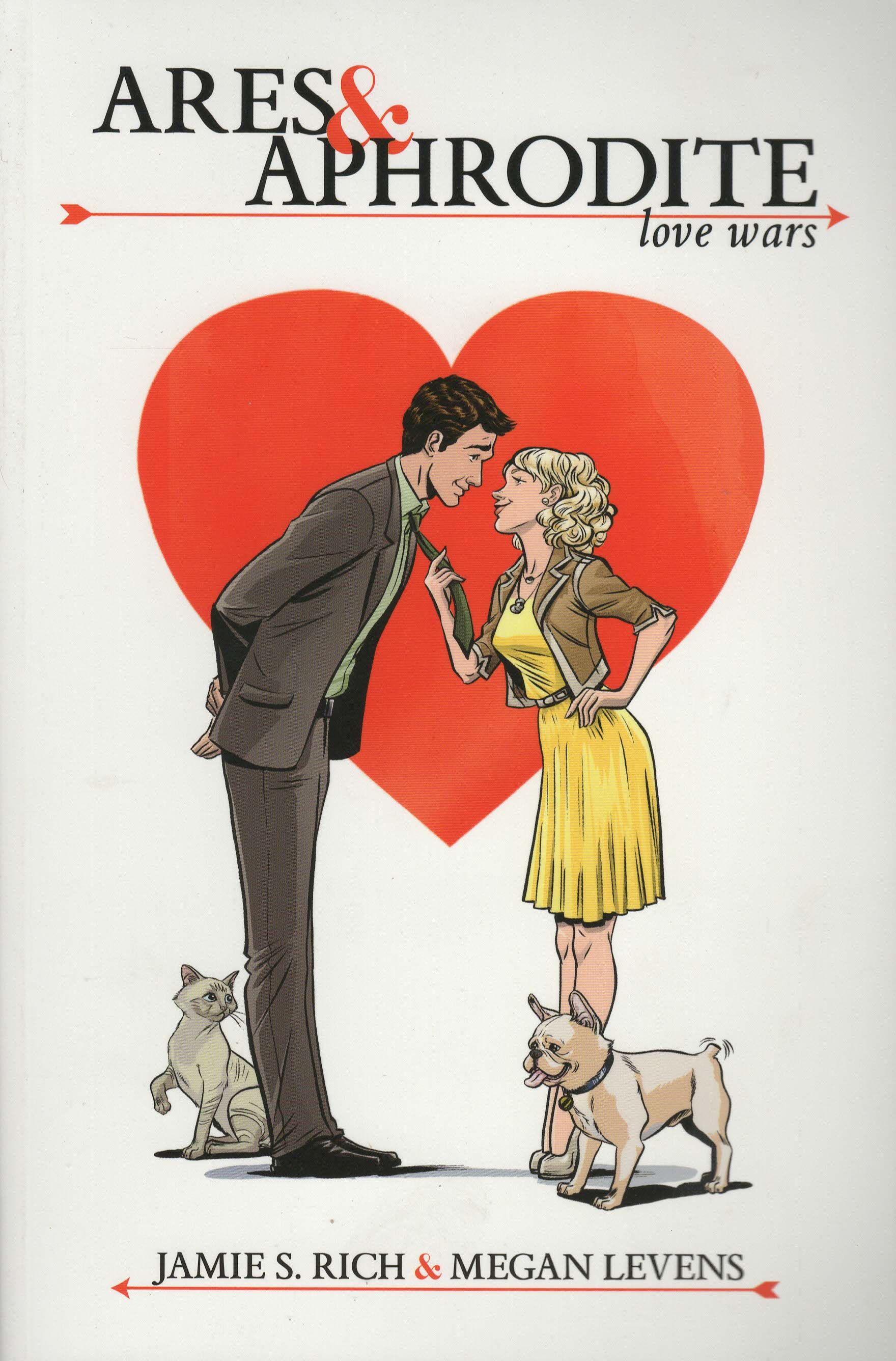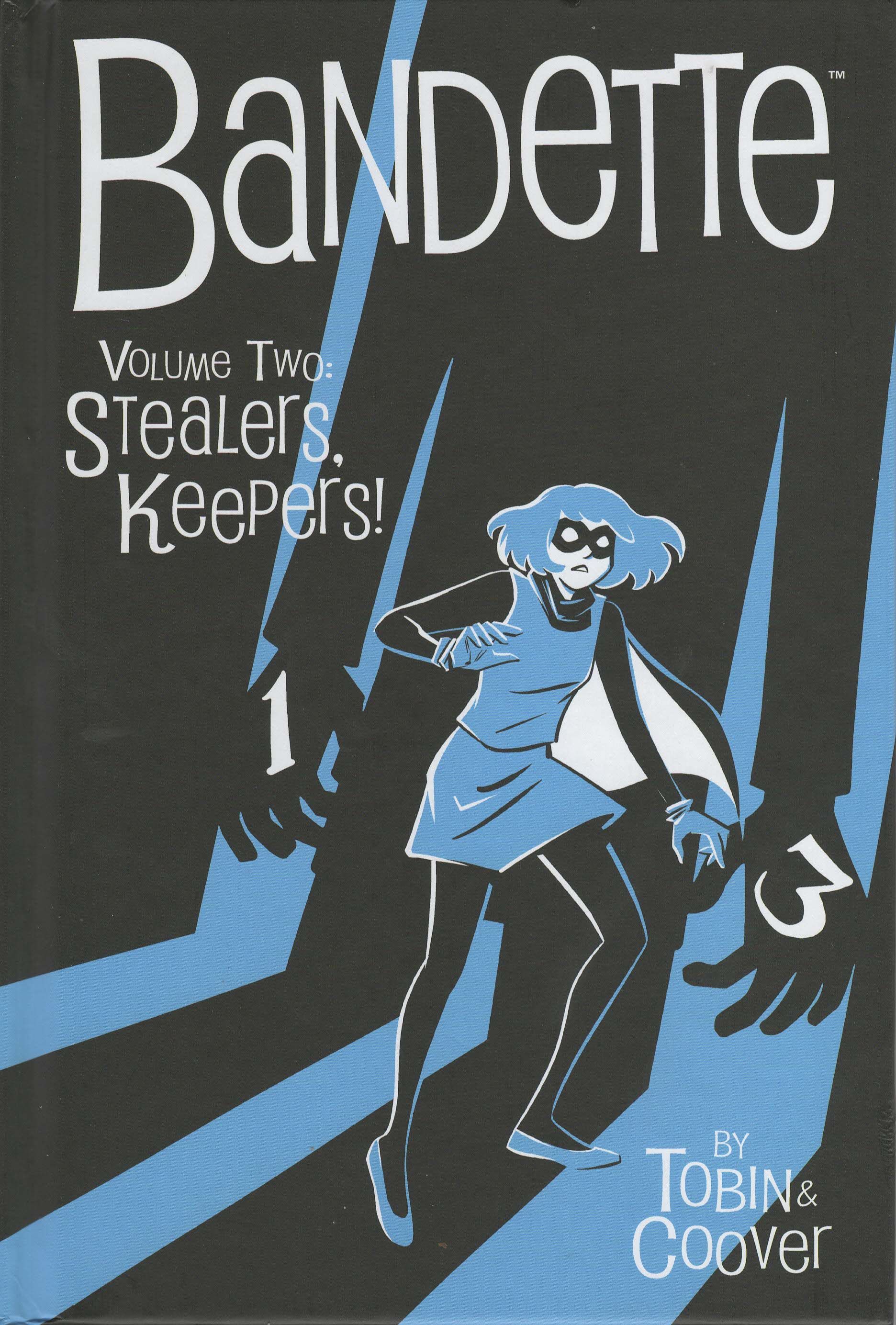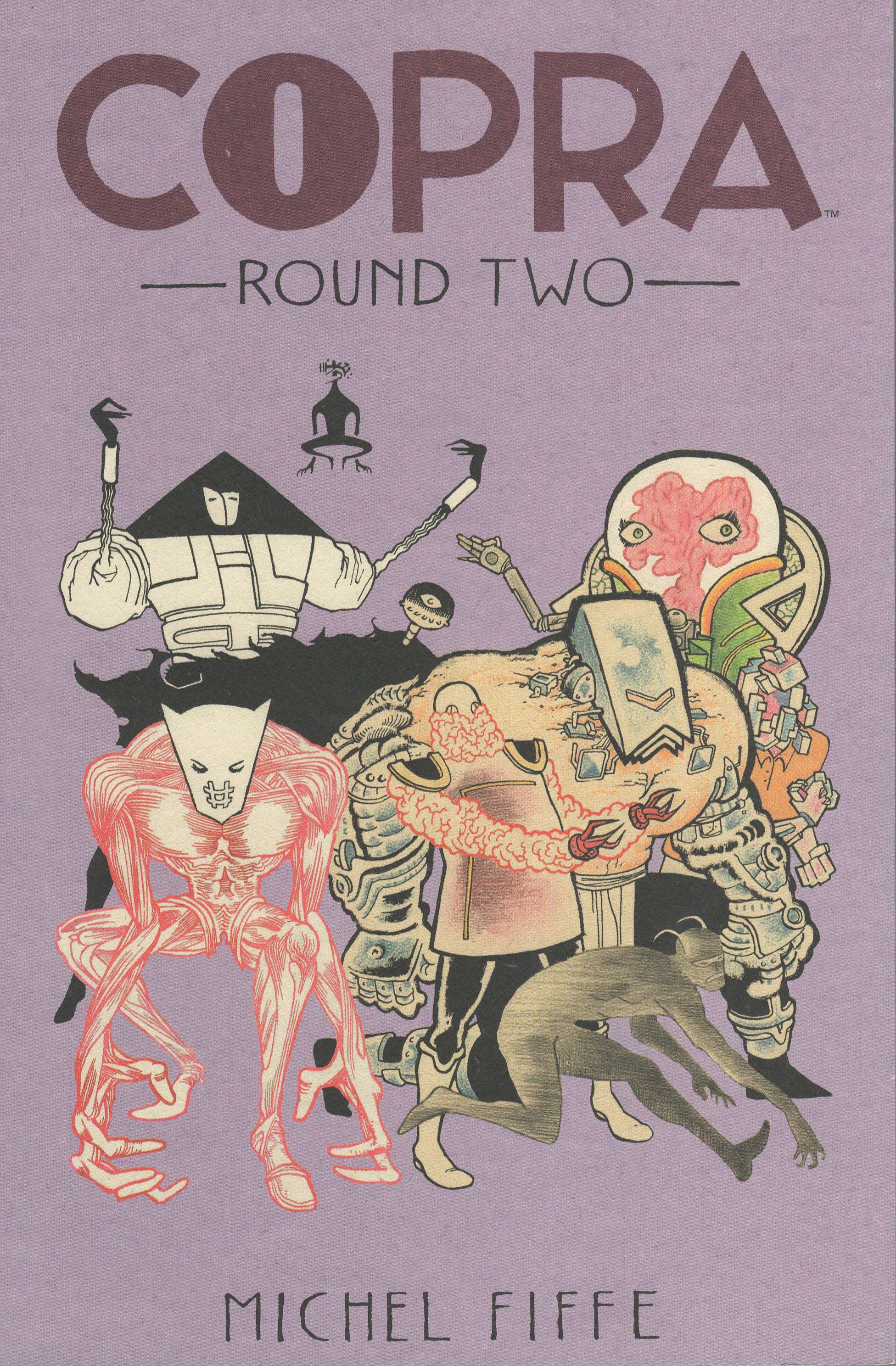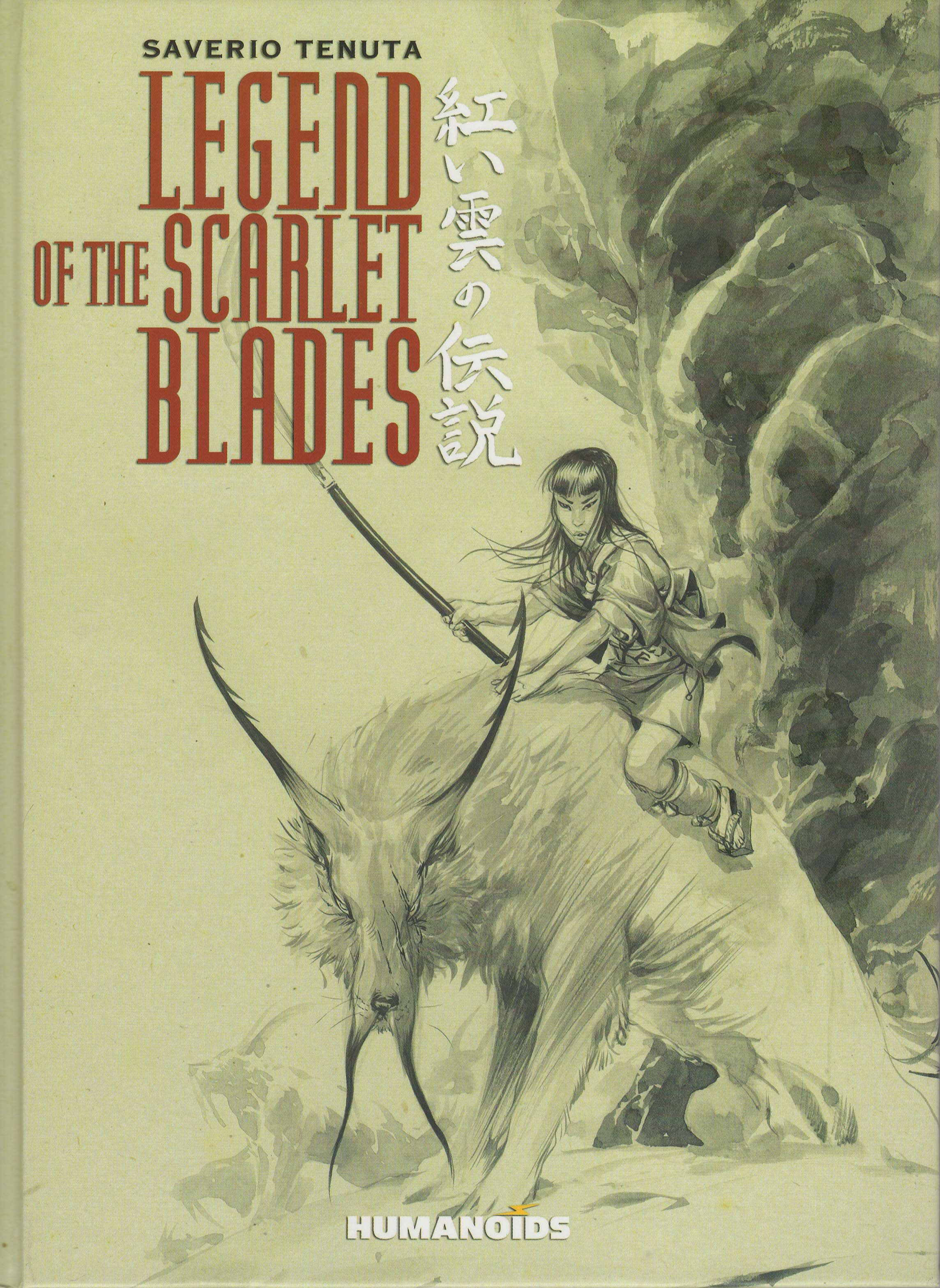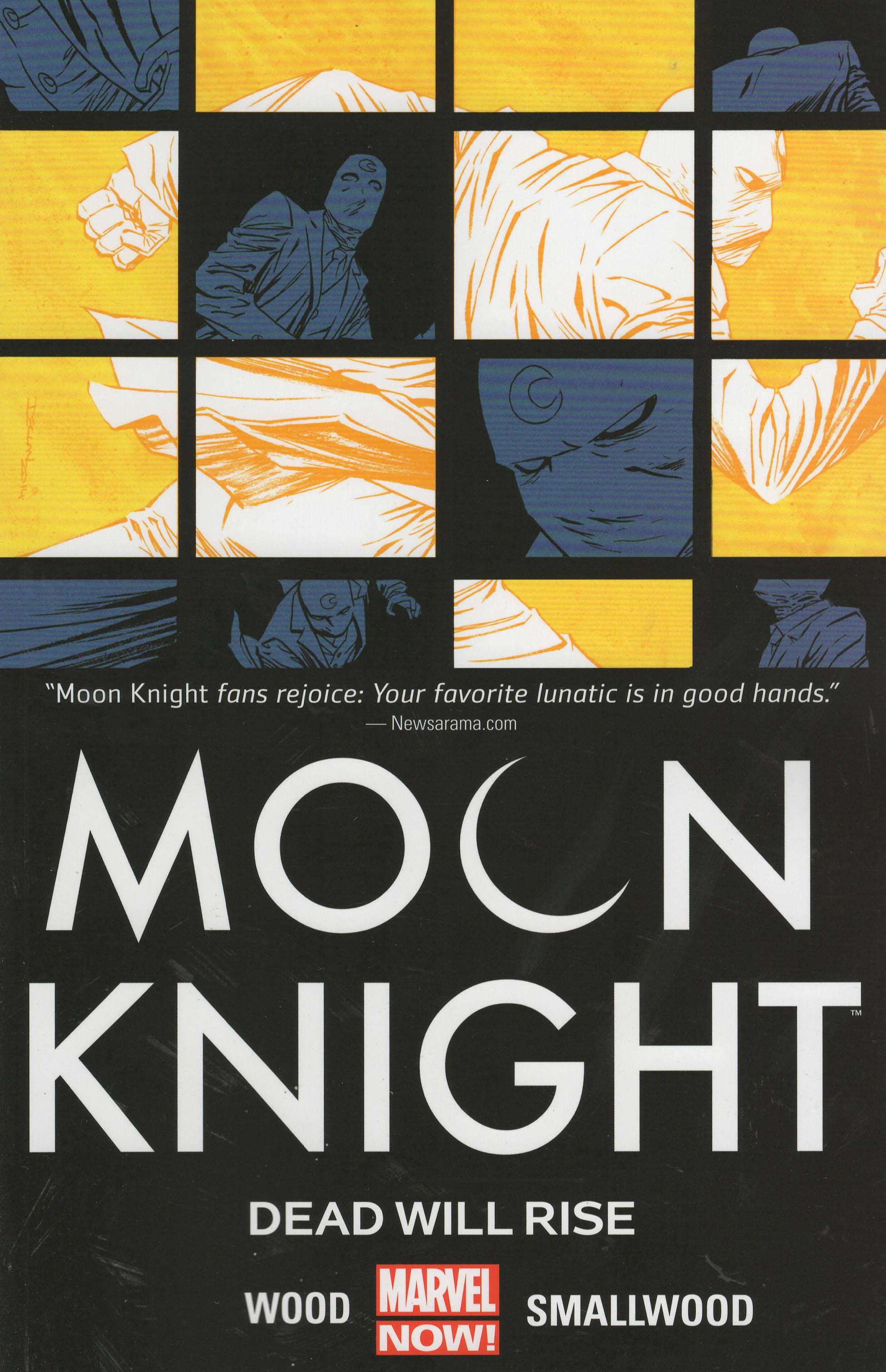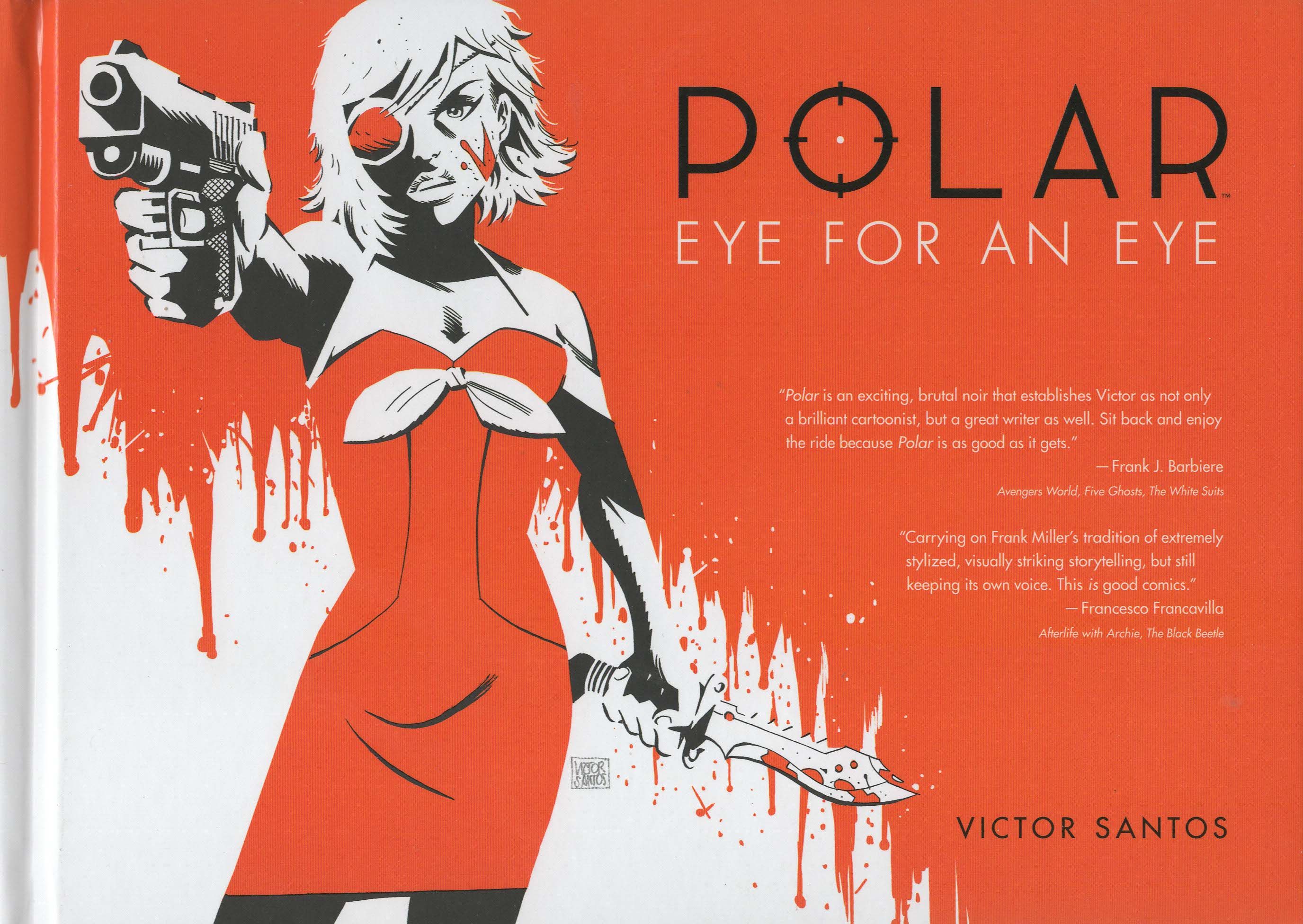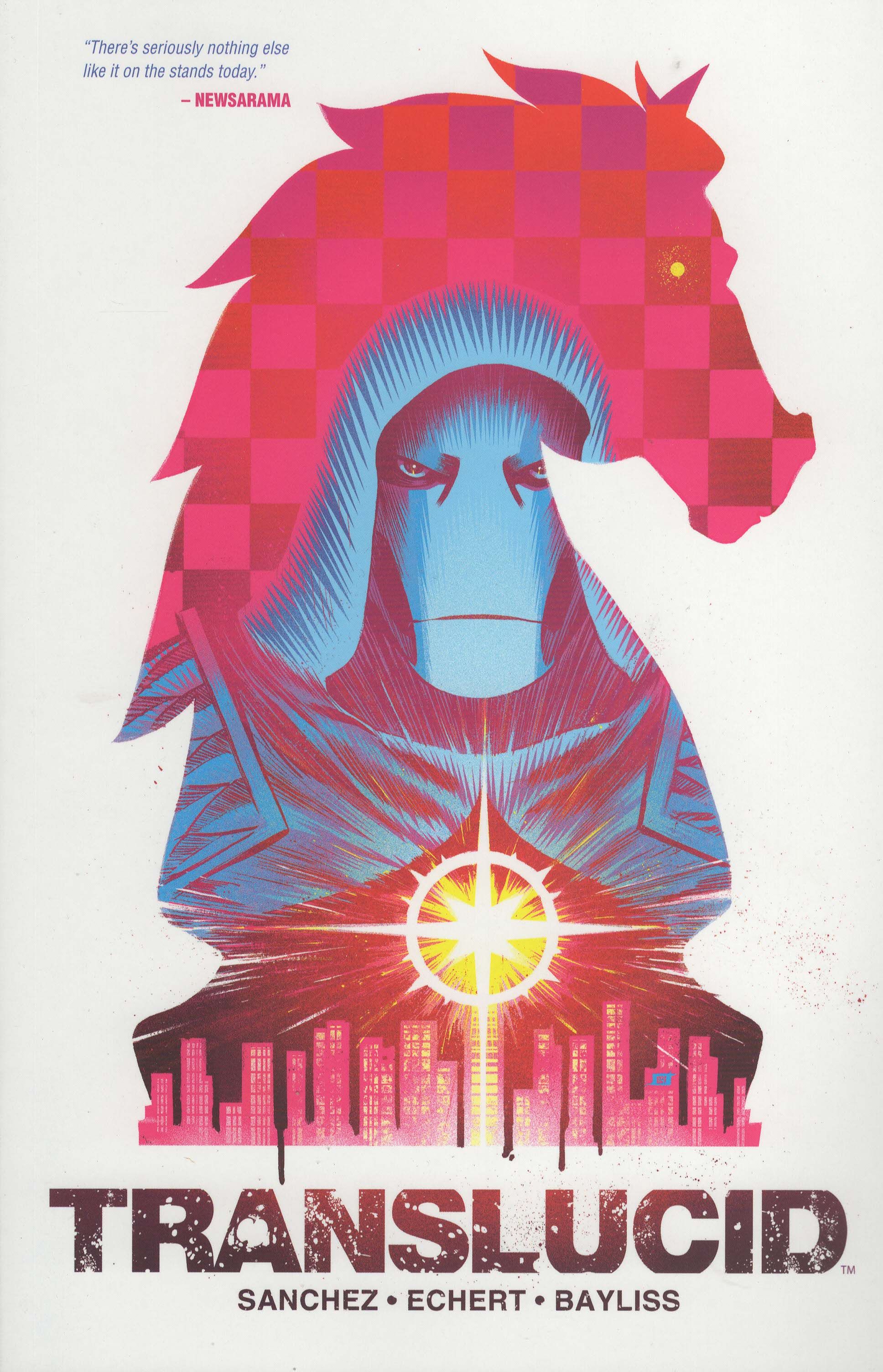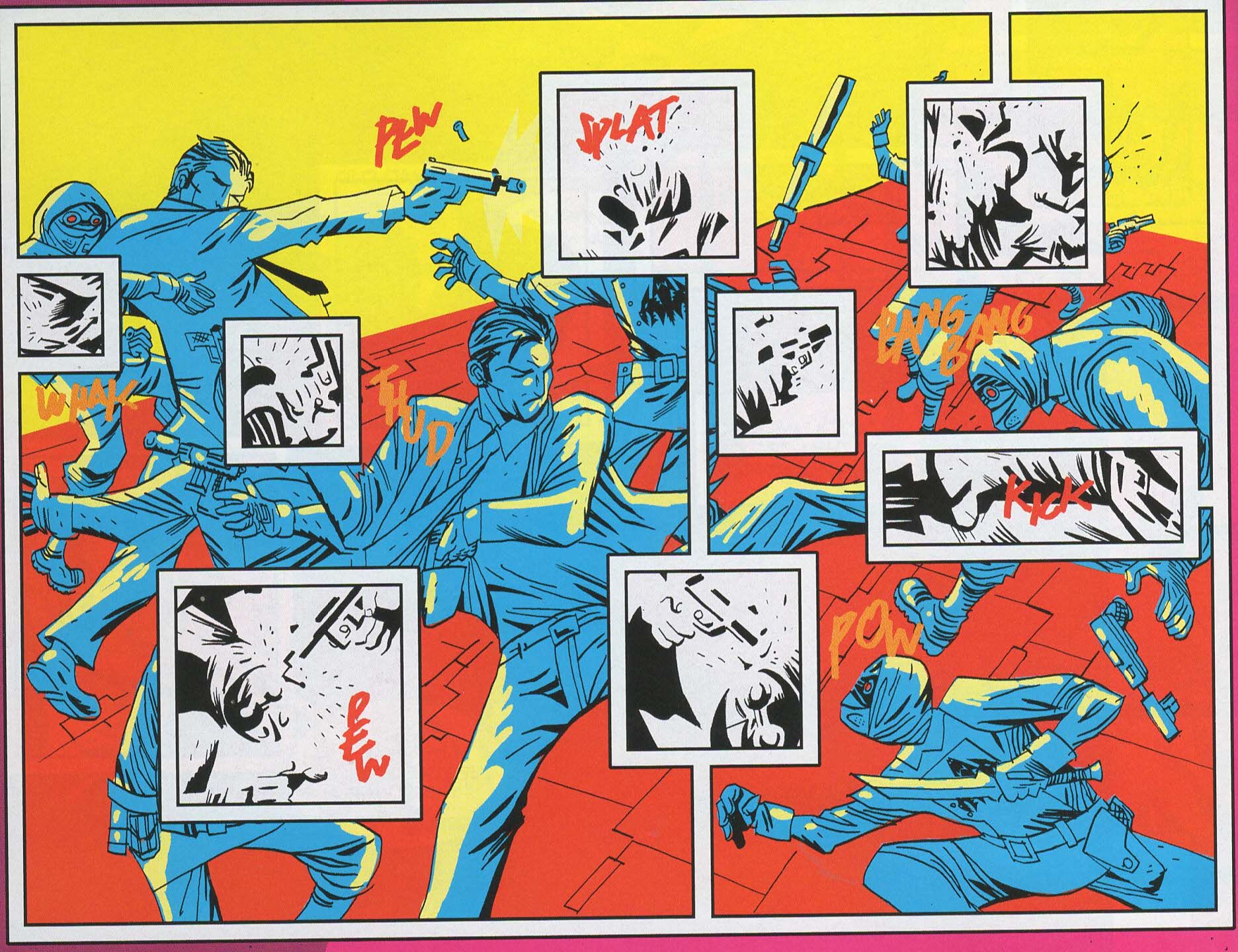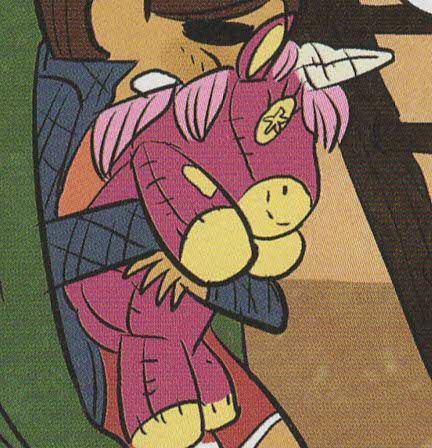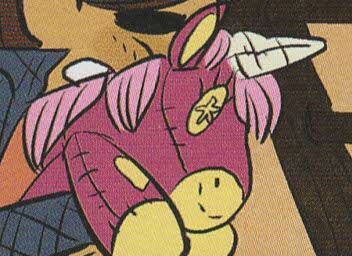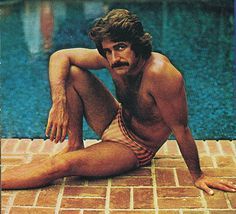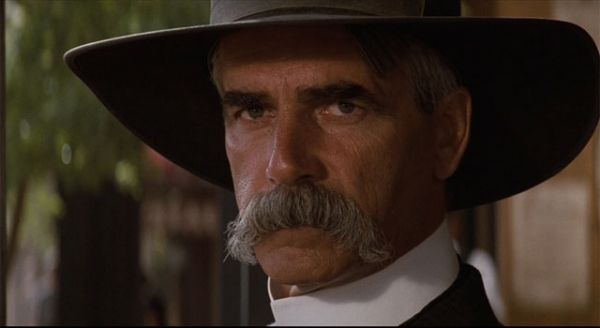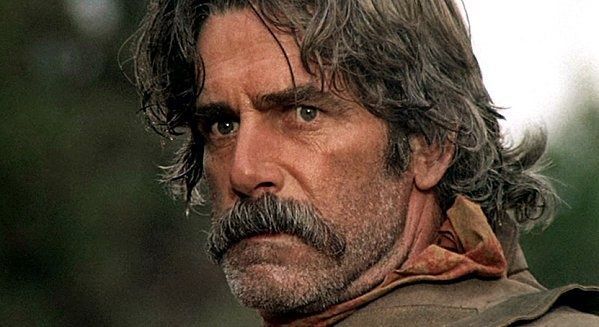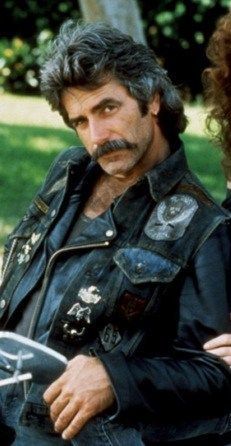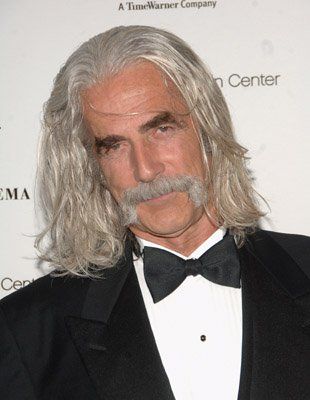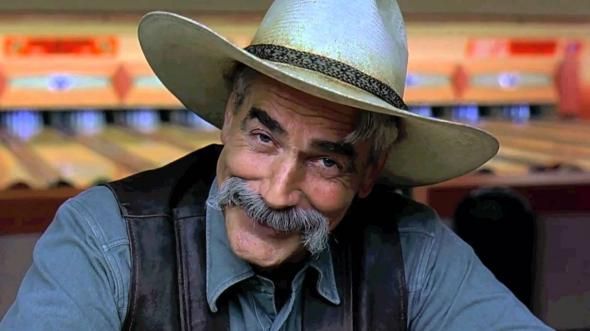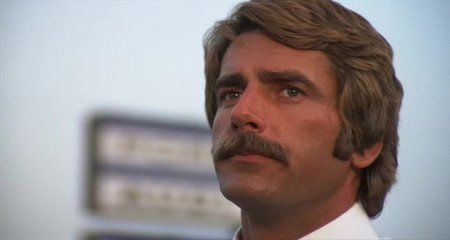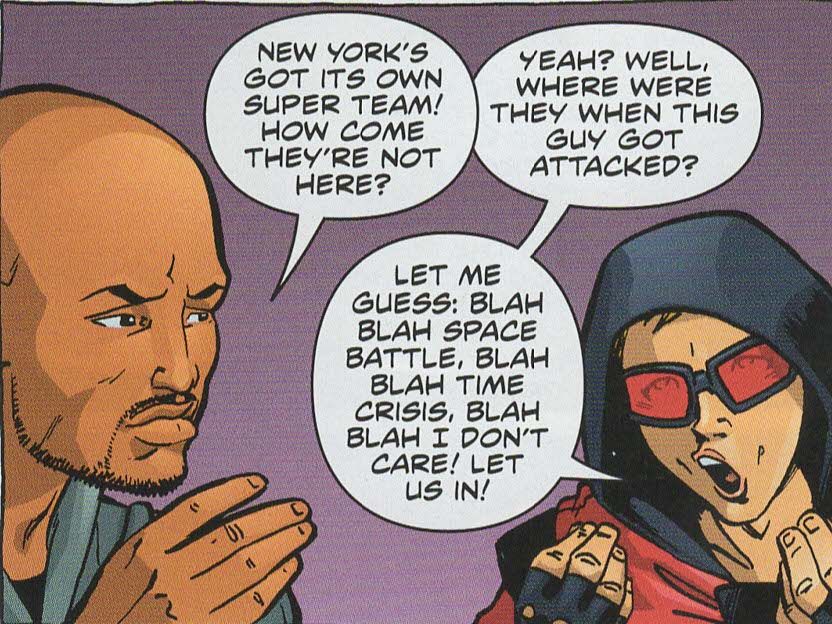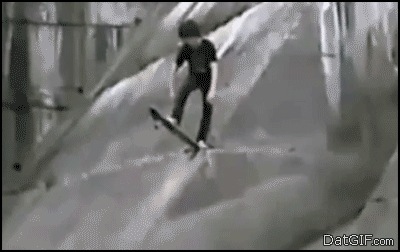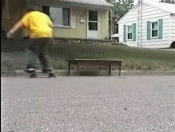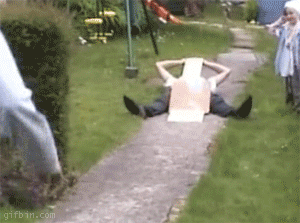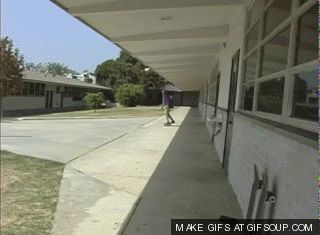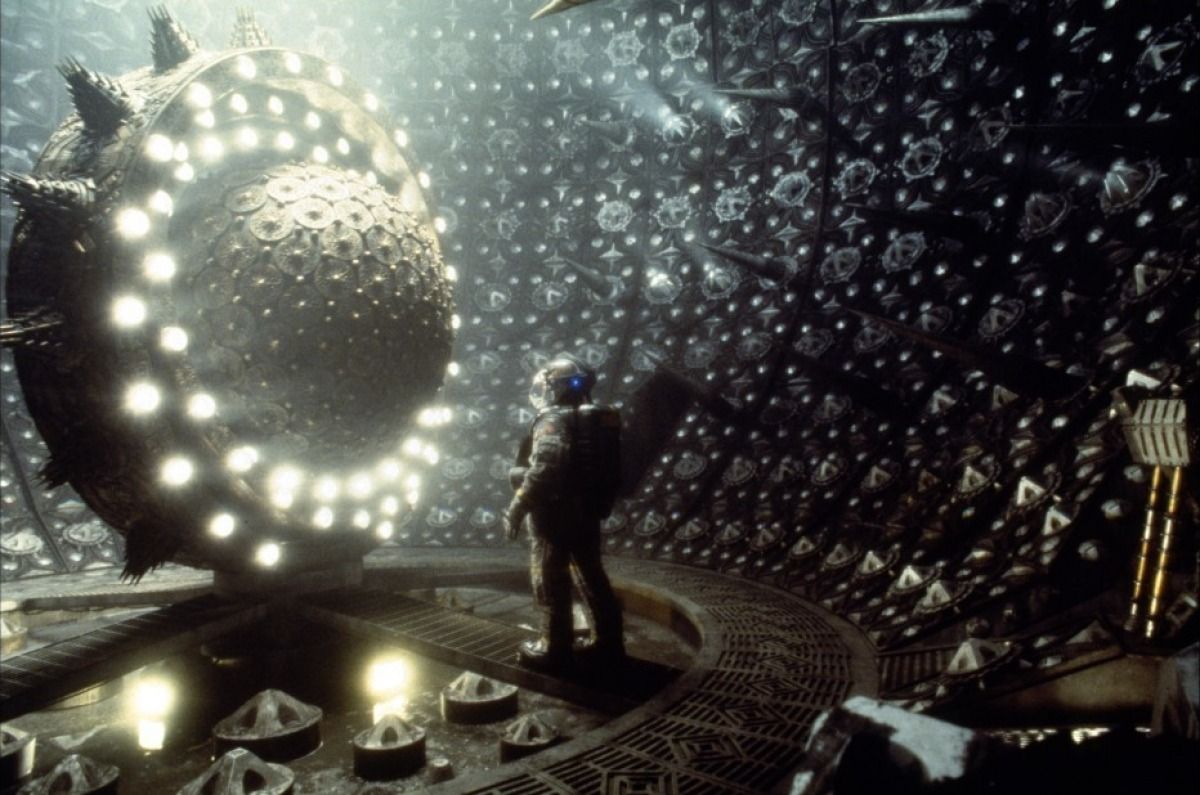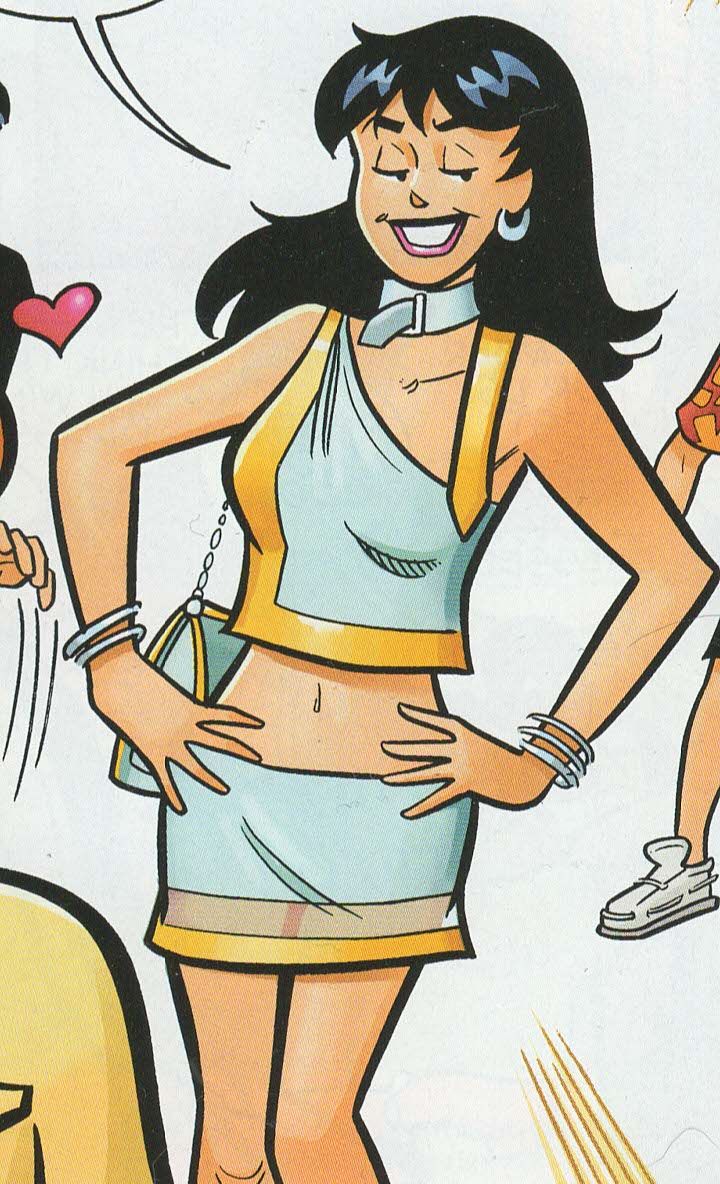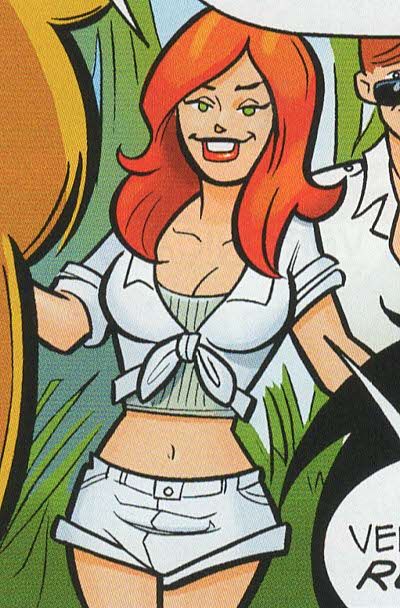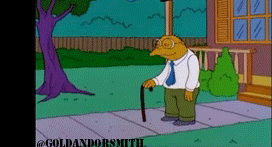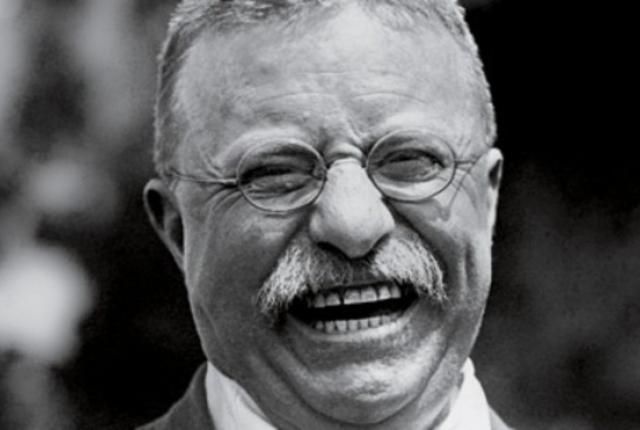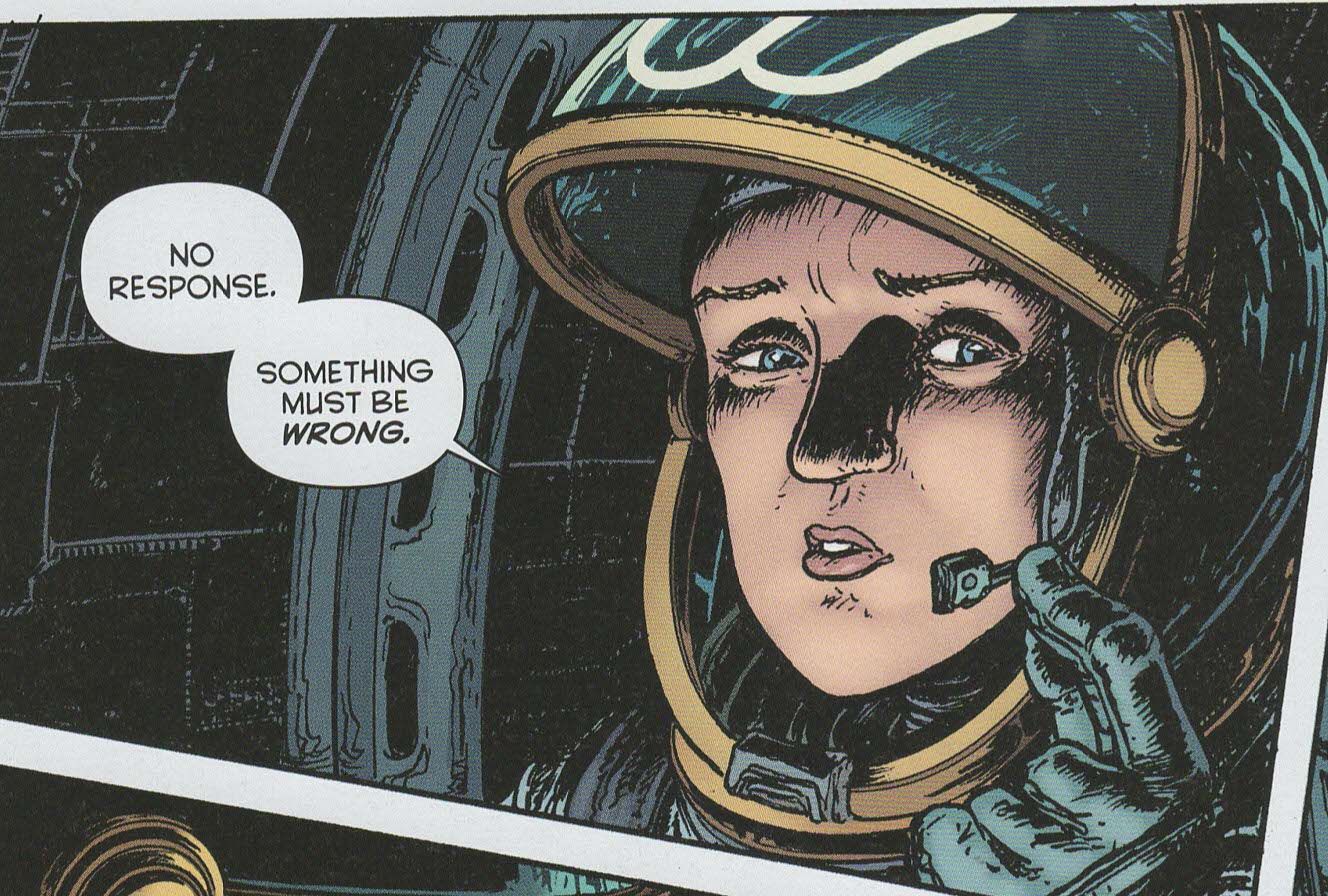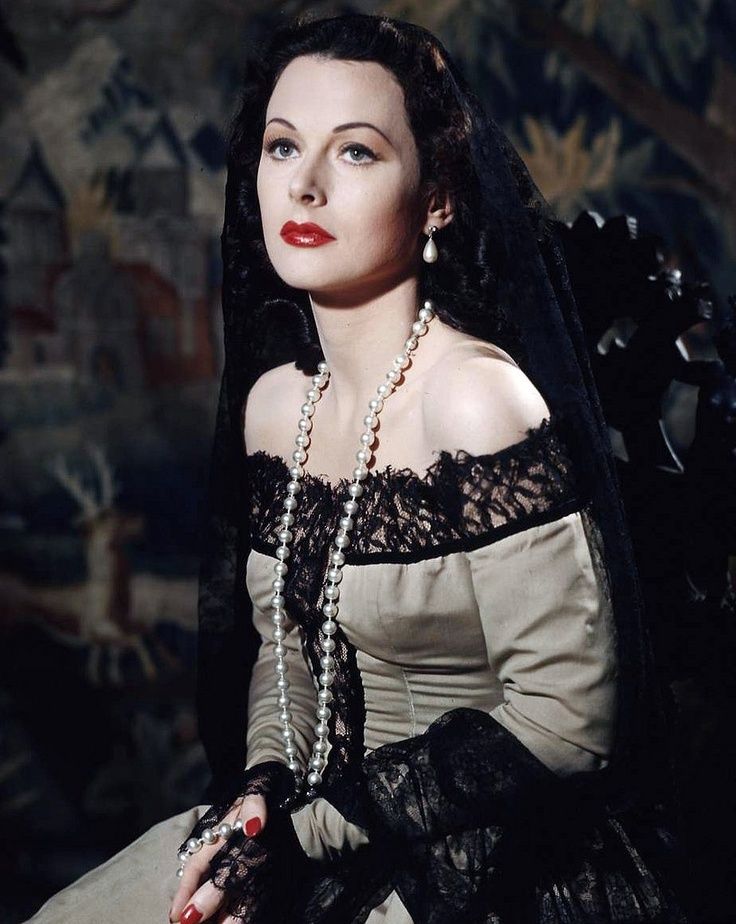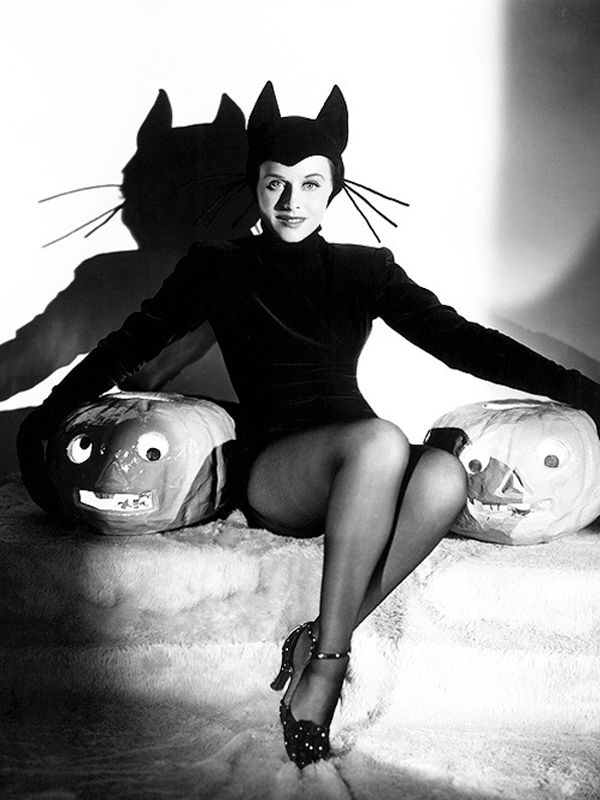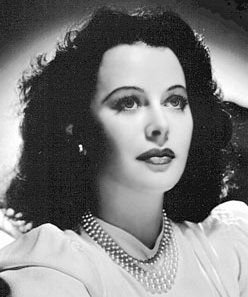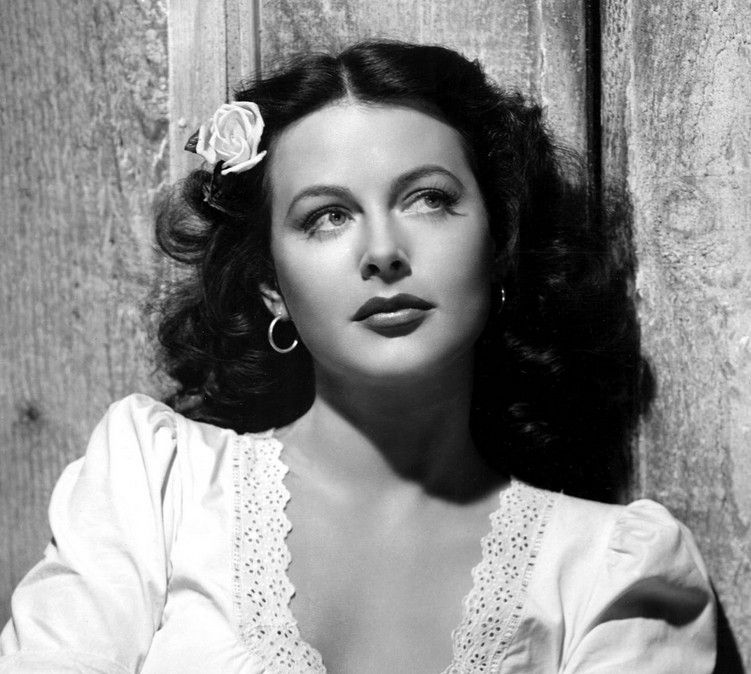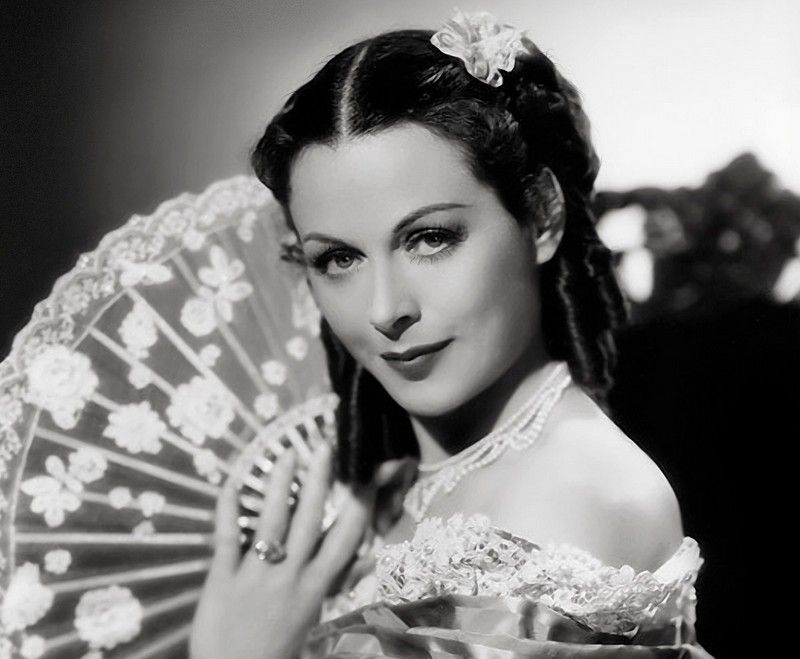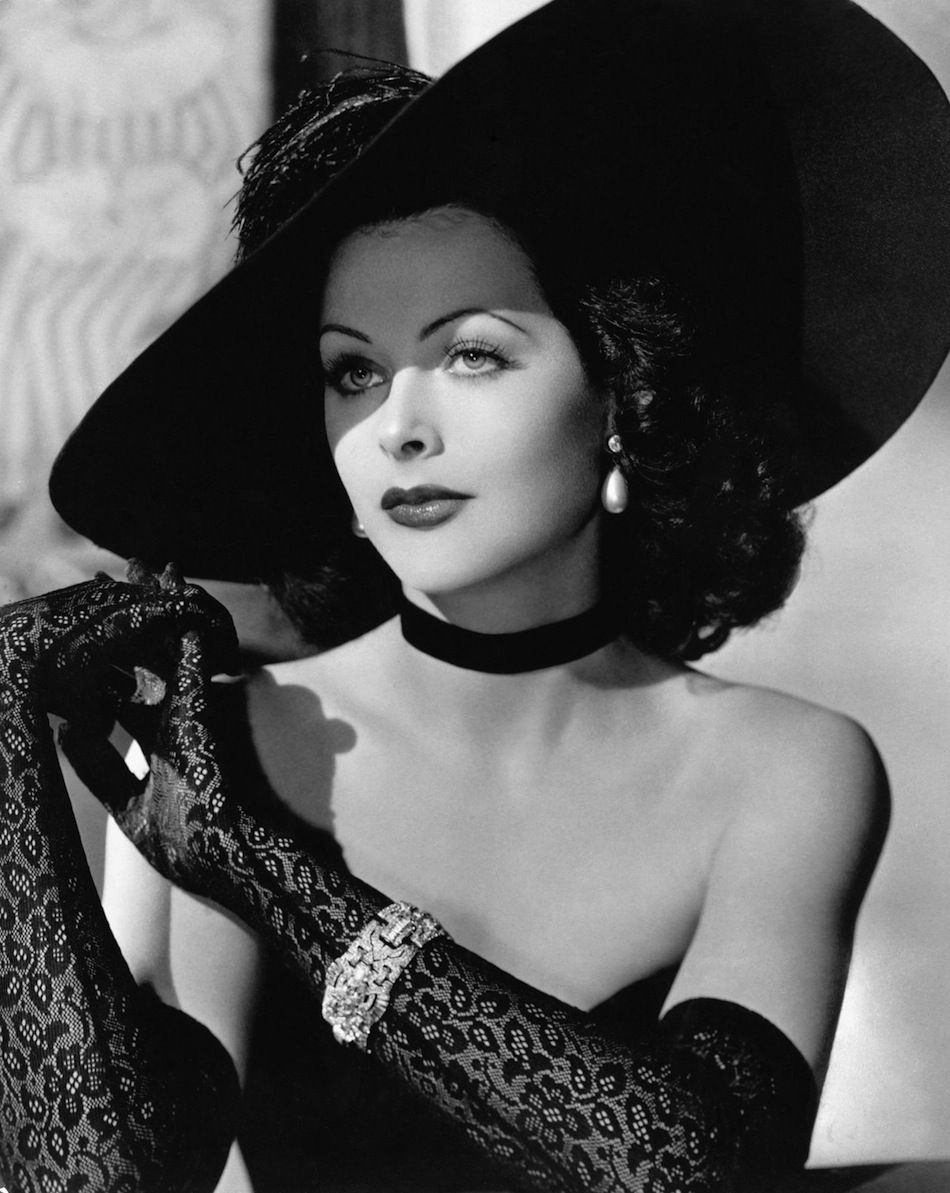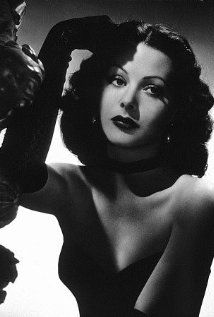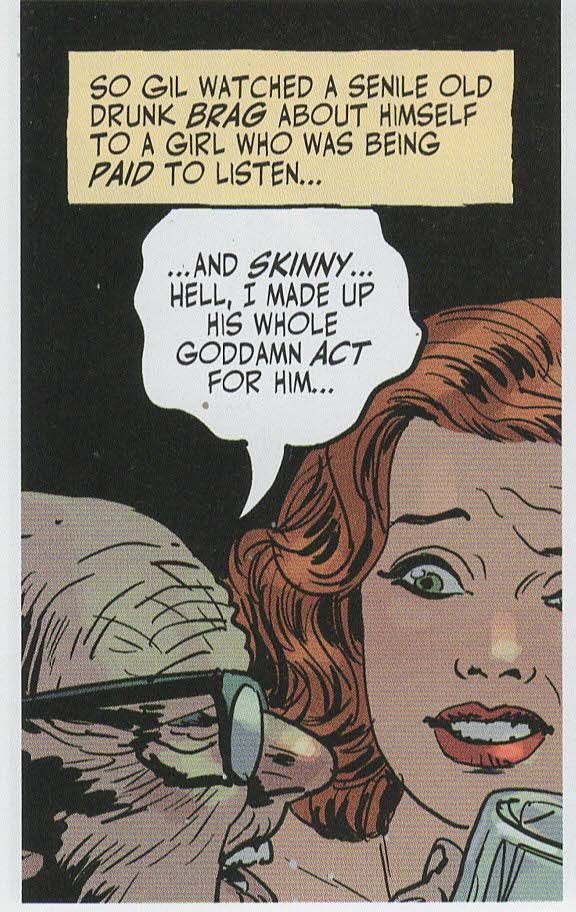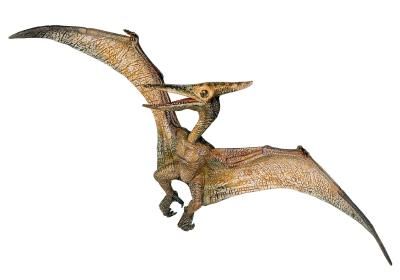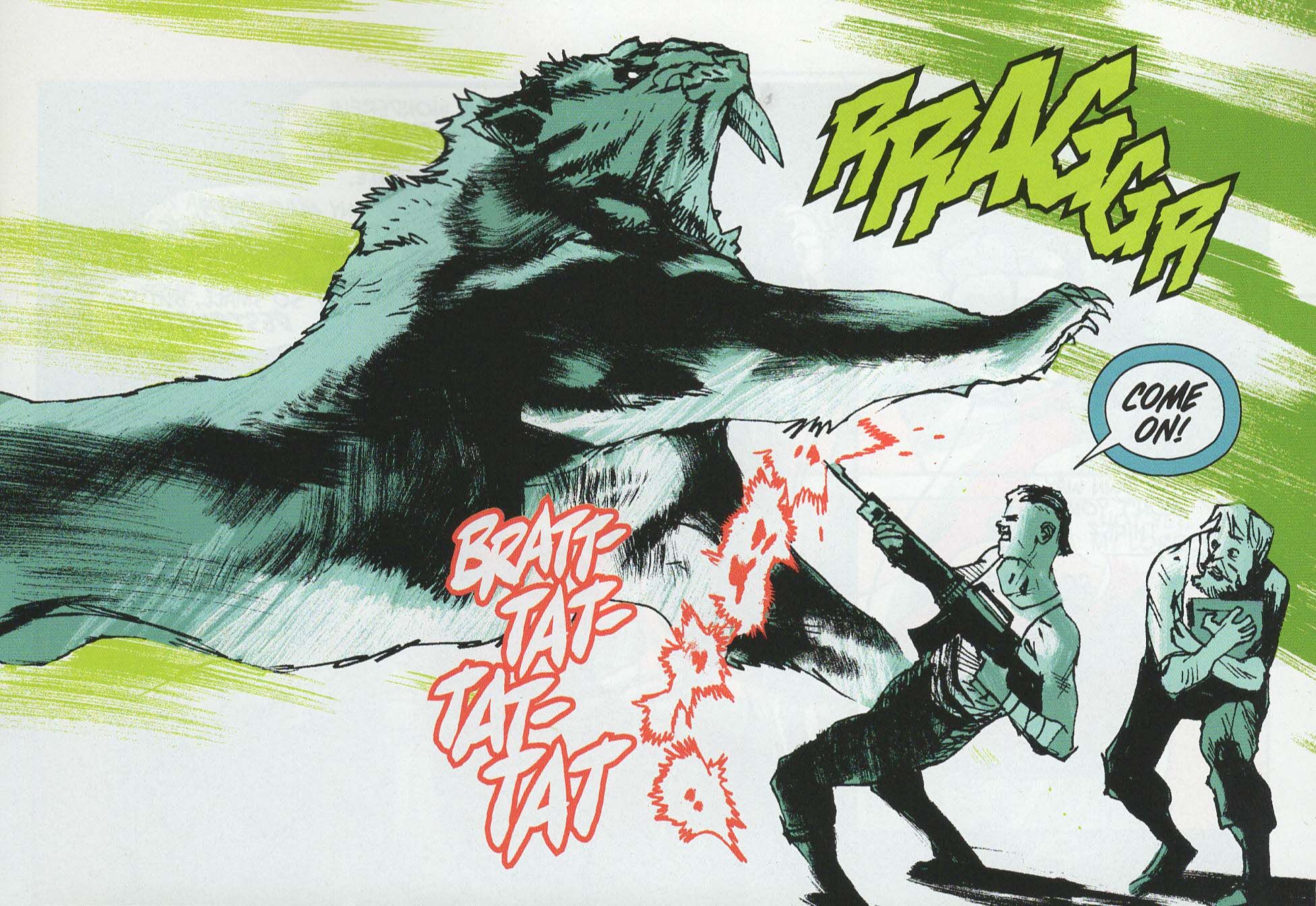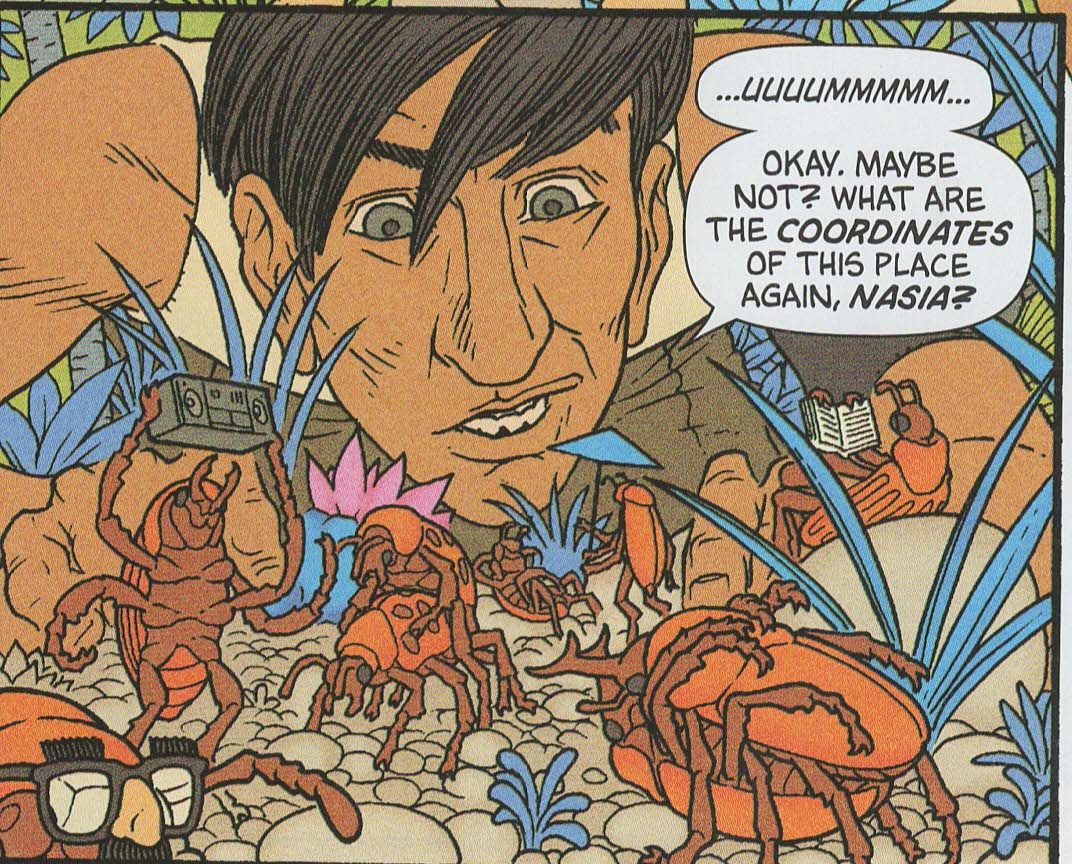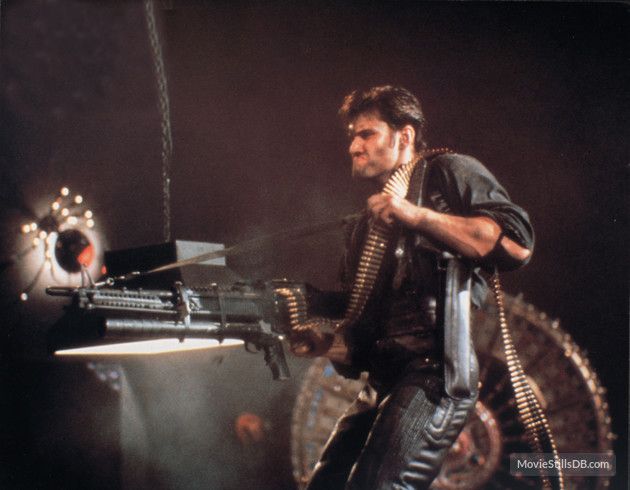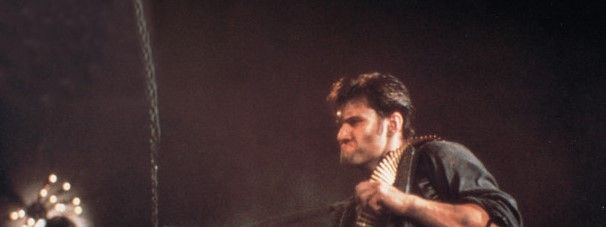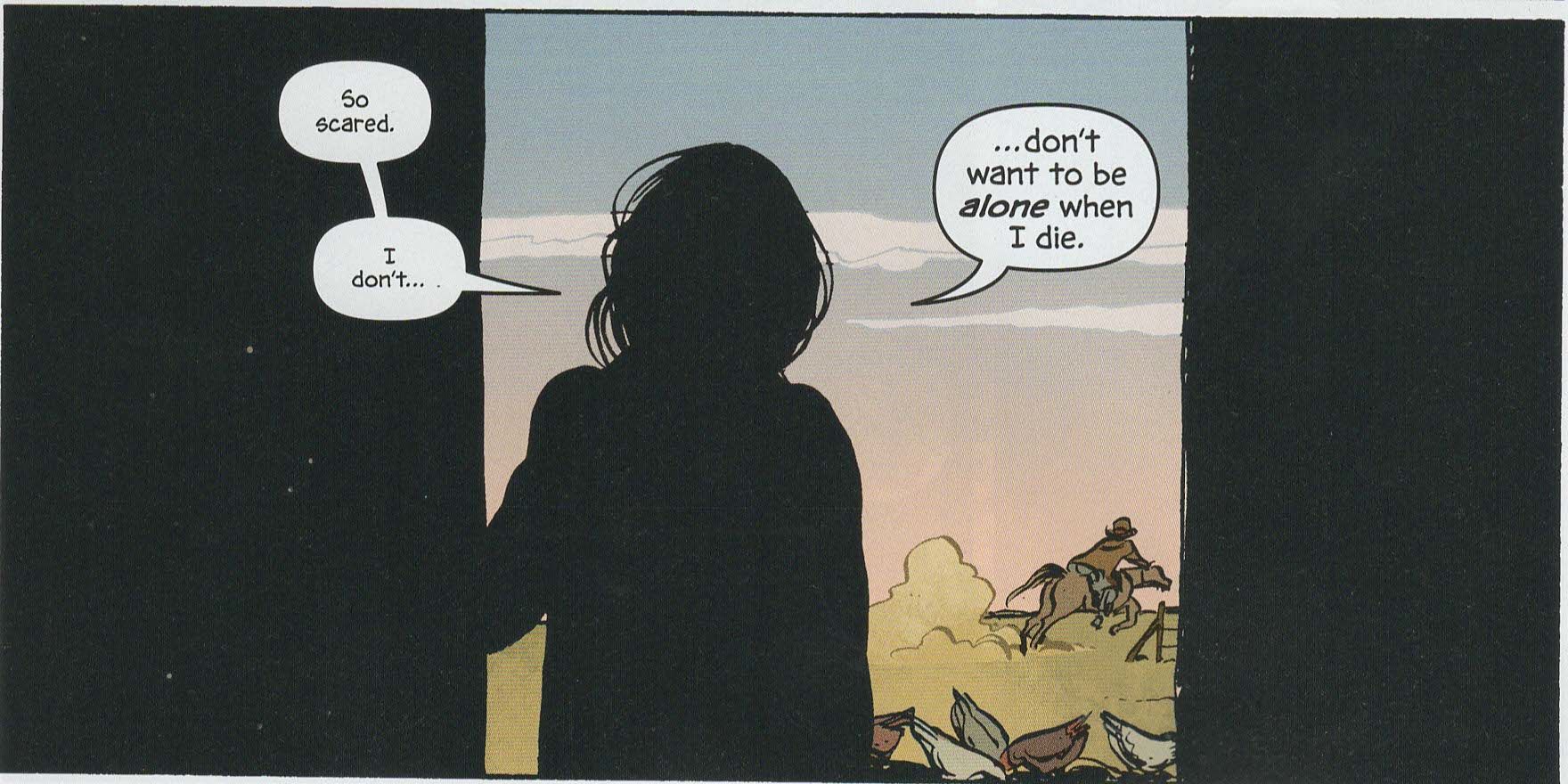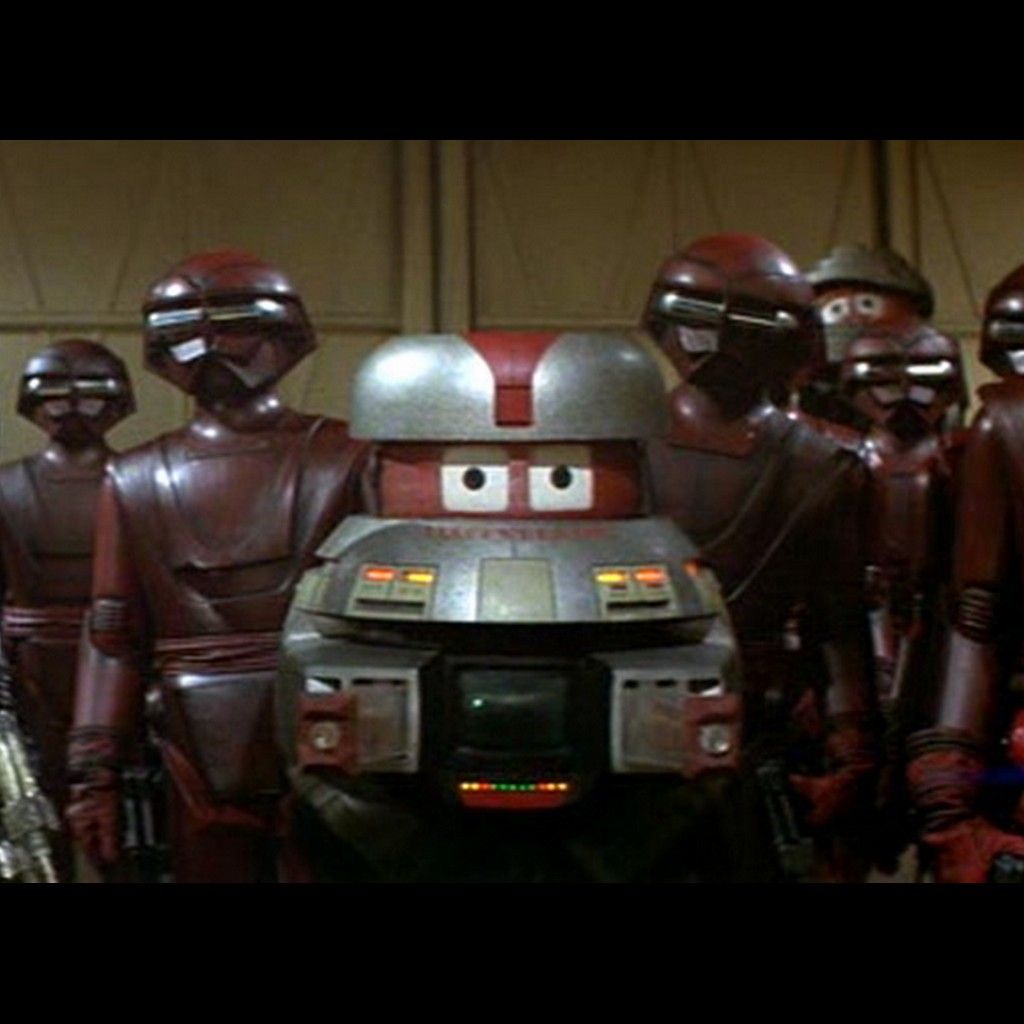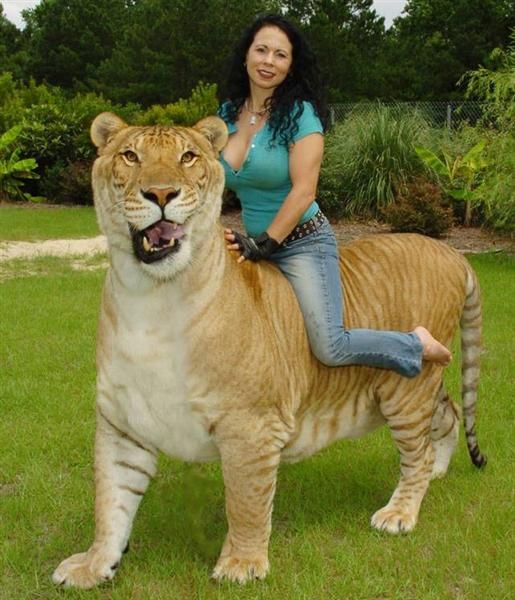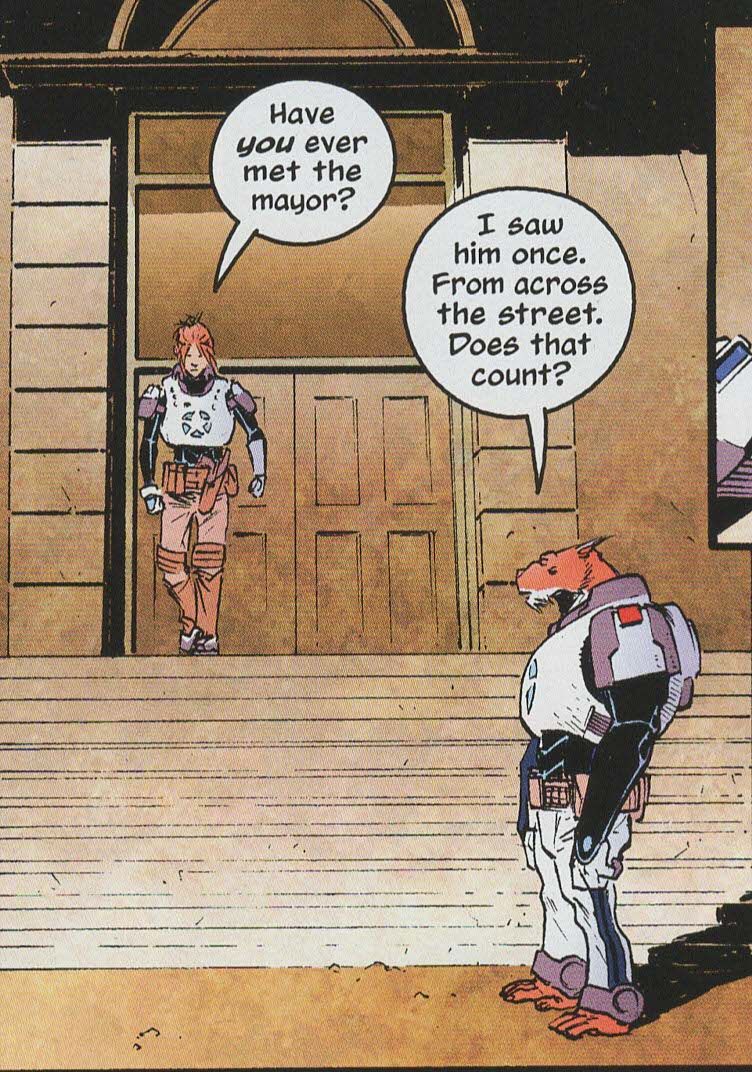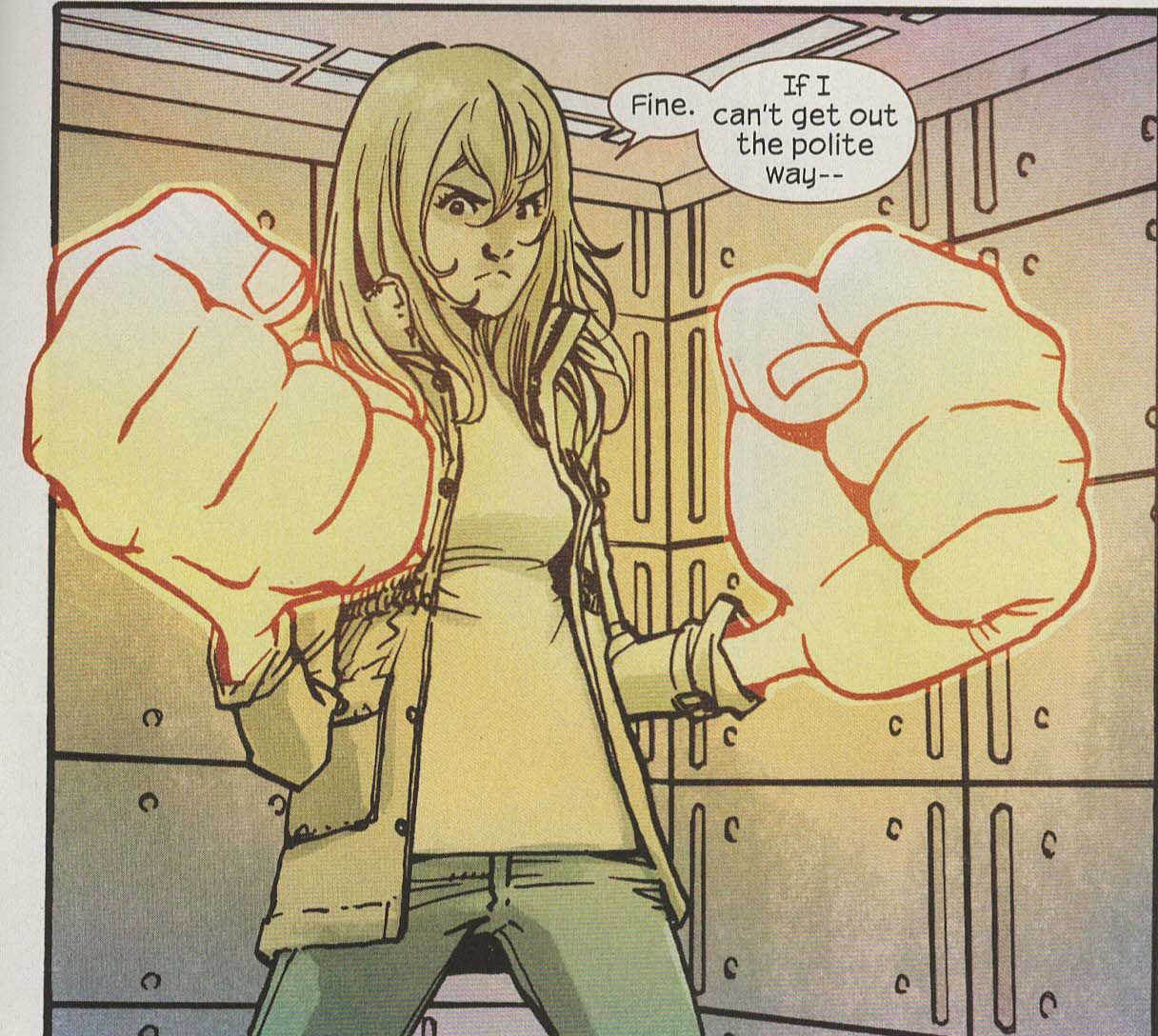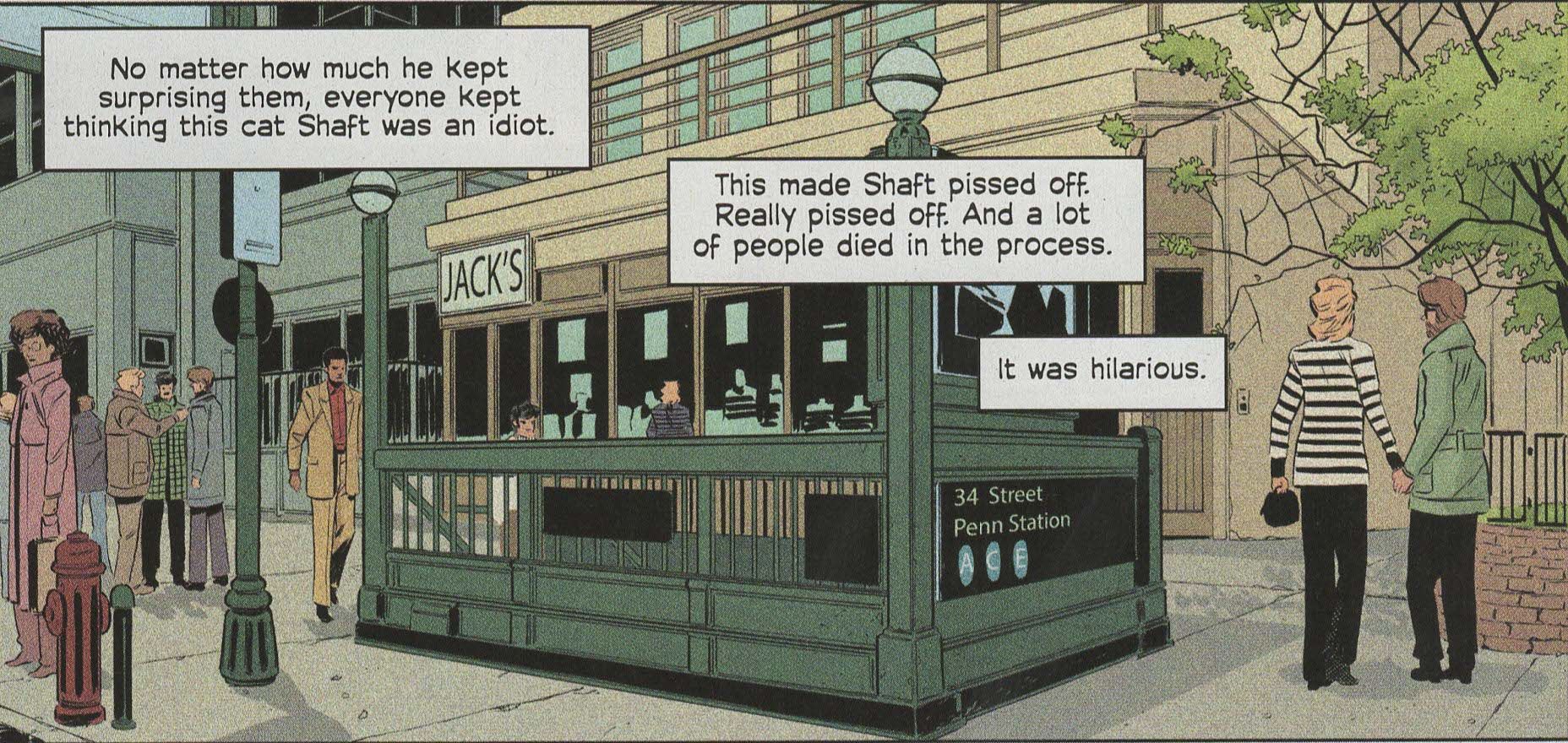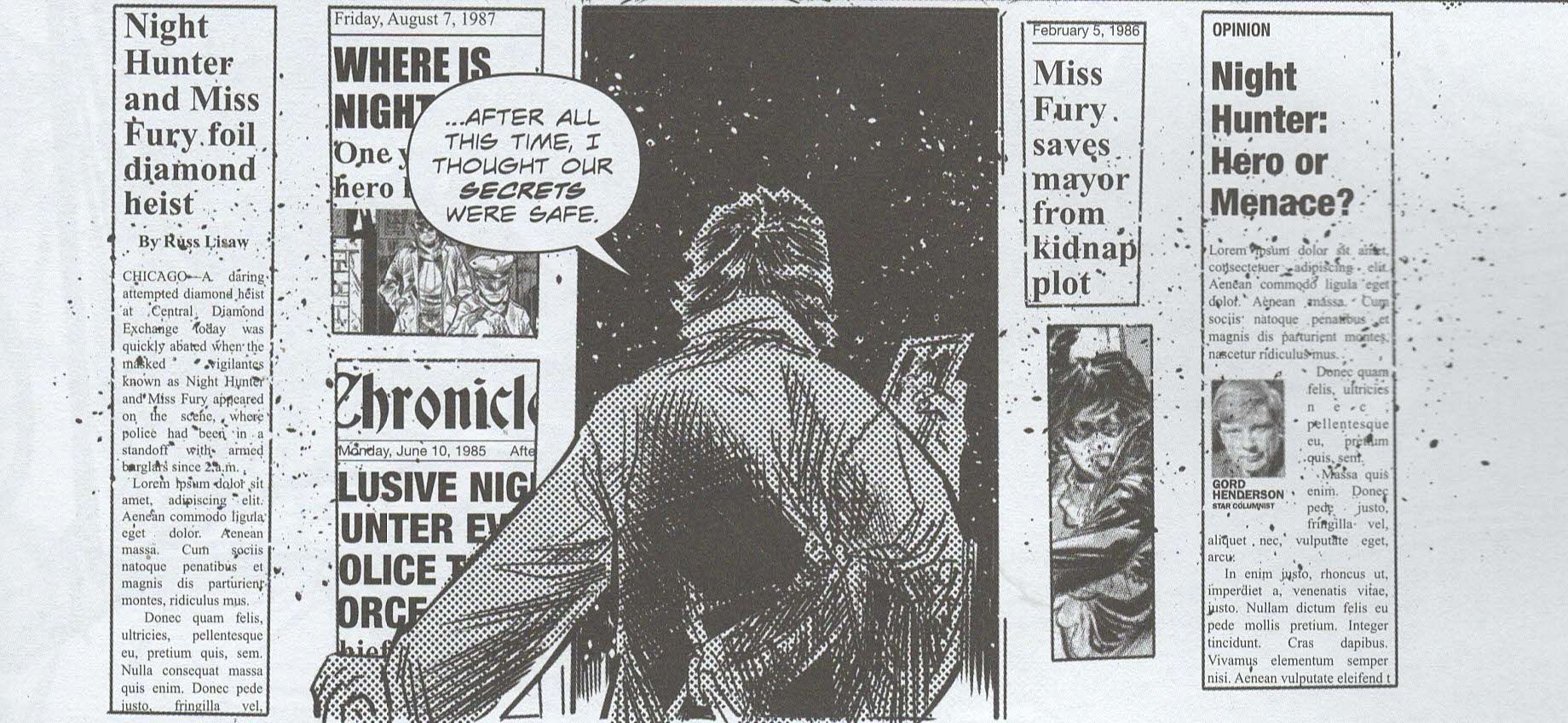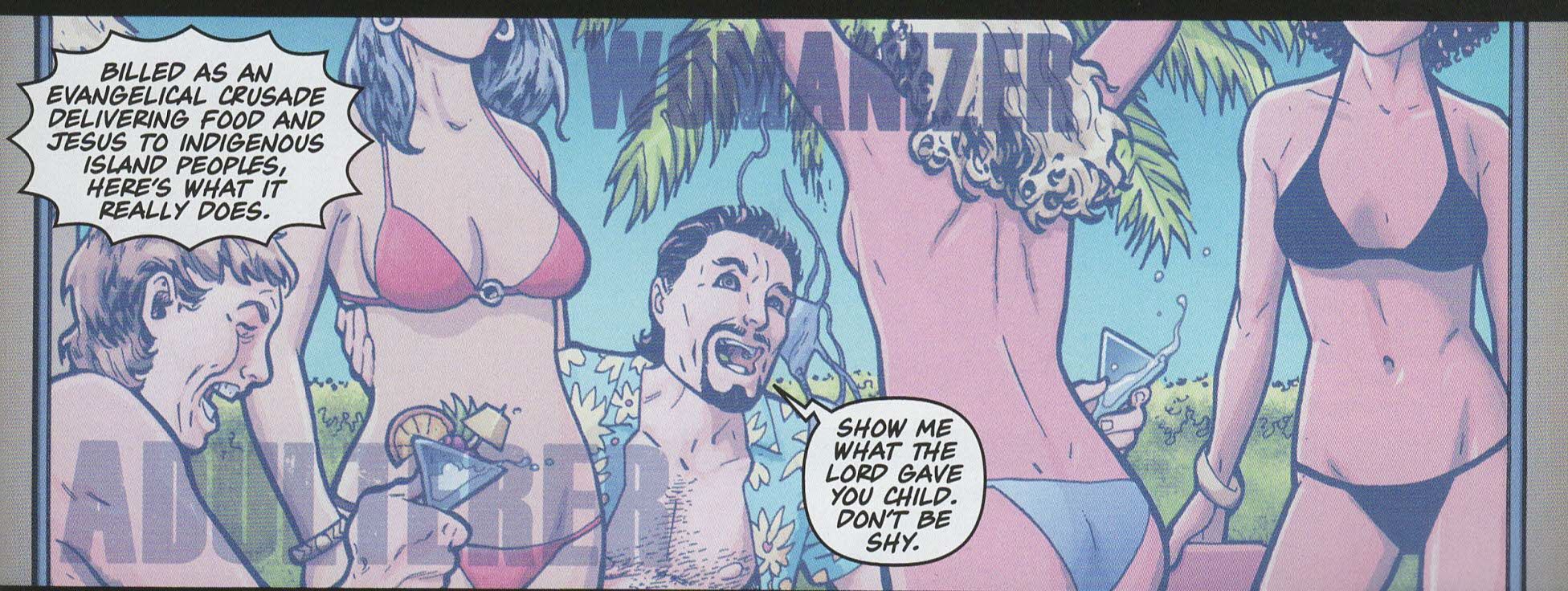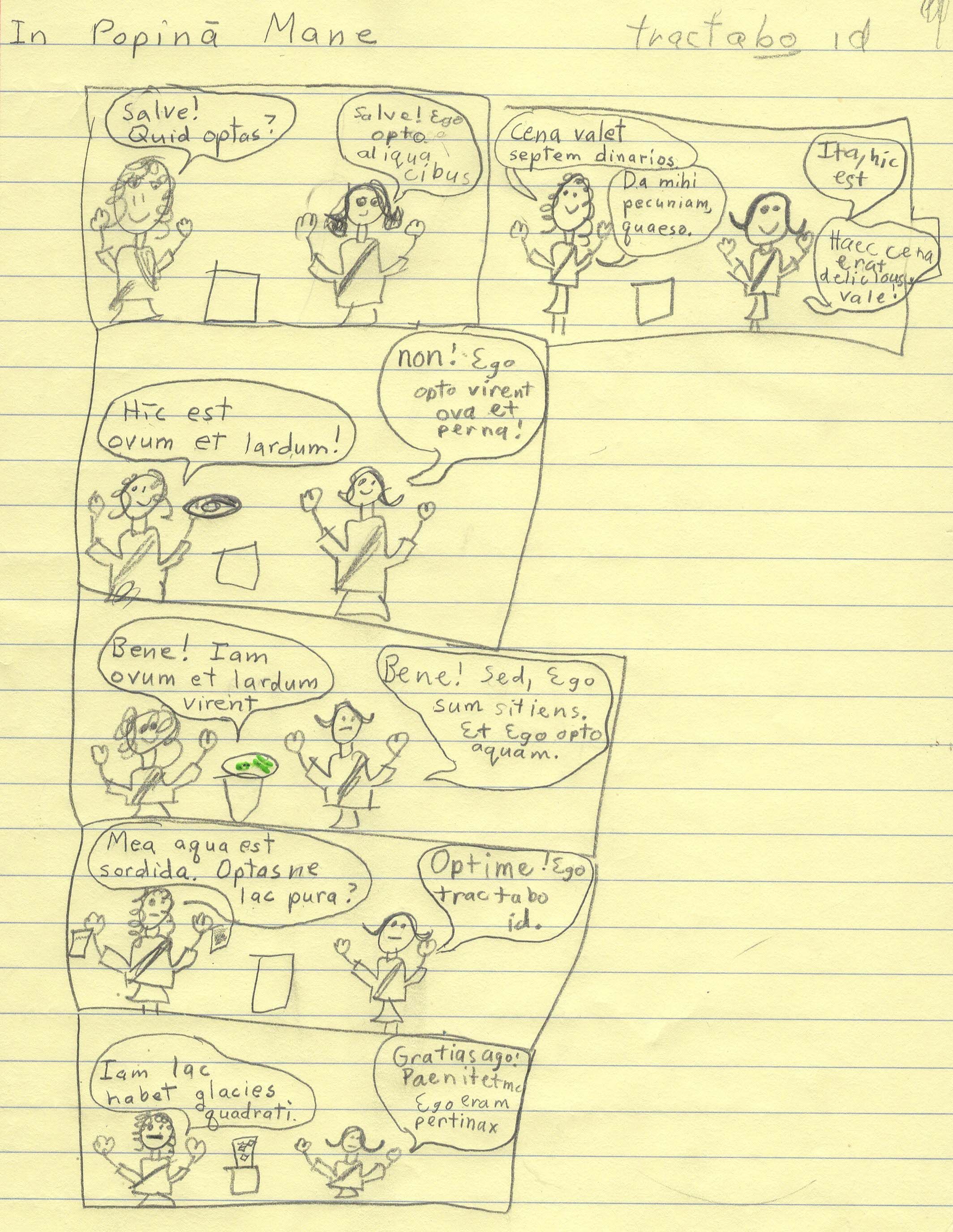All of our religions but the Judaic and the Greek think more of us dead than alive. (Joseph Heller, from Picture This)
Wasteland #60 ("Before and After Science") by Antony Johnston (writer), Christopher Mitten (artist), Douglas E. Sherwood (letterer), and James Lucas Jones (editor). $5.99, 44 pgs, BW, Oni Press.
Wasteland began back in July 2006, and for whatever reason I bought it. I wasn't that familiar with Antony Johnston and Christopher Mitten, but I liked the sound of the comic, and so I bought it. It took a while to get going - the first arc was a bit slow, but it had a lot of potential, and my philosophy for years has been to let books that seem to have potential - especially books from small publishers - find their legs, so to speak, and by the second arc, Wasteland had blossomed. Mitten left soon after Johnston almost killed him on the over-sized, in-color issue #25 (for which Mitten did all the coloring), and other artists came on board. They were all decent enough, but none captured the stark desert landscape the way Mitten did, so while the book didn't dip in quality too much, it wasn't as brilliant as it had been during the first few years. When Mitten returned for the final arc, the comic recaptured that magic, and the final story was pretty great. Issue #60 is an epilogue, a "secret origin" of Marcus, who lived through the disaster that destroyed the world and turned into somewhat of a villain in the new world. Johnston does a really nice job making it a bit more elliptical than we might expect, as he doesn't really need to tell this story, as we already can infer what happened, so he can be a bit coy with some of the references. It makes the issue more tonal than narrative-based, even though Johnston does tell a decent story. We don't really need to know how Marcus was blinded, for instance, but Johnston makes it a horribly emotional moment. Instead of offering answers we need, he explores the way people adjust to the new reality and how some of their reactions led to the new world a century after the disaster. Johnston does put some nice violent moments in the book, and Mitten, as he does, draws them wonderfully, using his sharp lines and harsh angles to create a brutal world where Sand-Eaters lurk behind every rock and people are cut down without a thought. Mitten does amazing work blending the stark reality and the slightly mystical, which makes it easier to believe what happens in the "main" series. Plus, he's just really good using blacks, which comes in extremely handy in a black-and-white comic.
I would hope that people discover Wasteland now that it's finished and they read the entire thing. Johnston and Mitten are fine creators, and the fact that they and the other artists were able to put together a 60-issue run for Oni is pretty impressive, as I can't imagine it ever sold particularly well. Their new book, Umbral, is on hiatus for the foreseeable future, and that came out from Image, which should mean it gets a bigger audience. Wasteland is the reason I will read almost anything these two dudes do (unless it's just work-for-hire stuff, which tends to be less interesting). Plus, they're really nice guys. If you ever run into them at a convention, say hello, tell them I sent you, and buy some Wasteland trades. It will make you feel better!
Rating: ★ ★ ★ ★ ★ ★ ★ ★ ½ ☆
One totally Airwolf panel:
Dark Horse Presents #9. "Groo the Wanderer: The Kids Who Would Be Kings Chapter 3" by Sergio Aragonés (artist), Mark Evanier (writer), Tom Luth (colorist), and Stan Sakai (letterer); "Weird Detective: The Stars Are Wrong Chapter 2" by Josan Gonzalez (colorist), Nate Piekos (letterer), Fred van Lente (writer), and Guiu Vilanova (artist); "Dream Gang: Act 2 Chapter 3" by Brendan McCarthy (writer/artist) and Nate Piekos (letterer); "Tarzan and the Gods of Opar Chapter 2" by Jeremy Colwell (colorist), Mike Grell (writer/artist), and Tom Orzechowski (letterer); "Semiautomagic Chapter 6" by Alex de Campi (writer), Marissa Louise (colorist), and Jerry Ordway (artist); "Polar: All for One" by Victor Santos (writer/artist); Brendan Wright (contributing editor), Patrick Thorpe (contributing editor), Jim Gibbons (associate editor), and Mike Richardson (editor). $4.99, 48 pgs, FC, Dark Horse. Tarzan created by Edgar Rice Burroughs.
I've never been a huge fan of Groo, for the simple reason that I don't find his comics all that funny. "The Kids Who Would Be Kings" is one joke spread out far too long, and it's only a mildly amusing joke in the first place. Aragonés's art is always delightful, but whenever I've actually read a Groo comic, it just hasn't done it for me, laugh-wise. When you're writing a humor comic, that seems crucial.
Meanwhile, van Lente and Vilanova continue their oddball detective story, and van Lente introduces some more oddball elements to it. I like it, but it's definitely a slow burner, and I don't have much to say about it.
McCarthy's "Dream Gang" story has always been a fairly conventional narrative wrapped in McCarthy's wacky art, and so in this chapter, we get the final set-up of a supervillain hatching a grand scheme and the good guys trying to stop him. It works because of McCarthy's wacky art and the way he writes it almost disjointedly, but it remains fairly standard.
Man, Mike Grell can draw attractive women and douchebags with mustaches, can't he? I mean, even his Oliver Queen kind of had a douchebag feel to him, despite being the hero. This latest douchebag is just another in a long line of Grell's Mustached Douchebags. That was, of course, the name of my hipster band in college.
I kind of hope that "Semiautomagic" becomes a regular series or at least a series of mini-series like Resident Alien has. De Campi leaves it open, and she obviously has a good grasp of the main character, while Ordway's down-to-earth art grounds the mystical stuff pretty well. This is an interesting premise, and it has a lot of potential.
Mike Richardson points out that Victor Santos "channels Jim Steranko" in the introduction to the issue, and he really does. It's nice to see an artist try weird stuff and mostly succeed, but it's unfortunate, as always, that Steranko could do this stuff in Marvel comics - including Captain America - while these days, artistic experimentation is largely absent from mainstream superhero comics. It makes me appreciate people like Francis Manapul more.
Rating: More experimentation in superhero art, please!
One totally Airwolf panel:
Stray Bullets: Sunshine and Roses #3 ("Mr. Sunshine") by David Lapham (writer/artist) and Maria Lapham (editor). $3.50, 28 pgs, BW, Image.
Are there people in the world like Orson? I mean, people like Orson who don't get killed really quickly. He's utterly idiotic, and he lets his dick tell him what to do. There's no reason why he should be mixed up with Beth and Rose and all the other people he's mixed up with, except for the fact that he wants to get laid. The great thing about Stray Bullets is that Orson's bumbling works. He's an idiot, but for a little while, at least, he skates through this evil life he's chosen and manages to survive where others get crushed. Of course, because it's Stray Bullets, the only character who might possibly be safe is Virginia, but I just wonder about people like Orson. I don't think I know anyone like him, but maybe I did when I was younger and just didn't realize it. He sticks his nose in where it doesn't belong, weeps far too often, concocts crazy schemes that even Beth thinks are insane, clears out his bank account like it's nothing just because he thinks he might get into Beth's pants. He talks tough but shrinks from any physical confrontation, and somehow doesn't get his face bashed in. And he does it all with an utter lack of charm, so the fact that Beth thinks he's "awesome" (this is in 1981, and I'm curious when "awesome" began to take on its current connotation, because I don't recall using it very often when I was 10, although it may have been because I was too young) is a bit odd, considering Beth's cynical personality. She's using him, of course (as we see from earlier issues in the series), but what makes their relationship so strong is that Beth's motives are far more complex than Orson's, who's just smitten. It's never really clear whether Beth actually likes Orson, much less loves him, but there's evidence that she does, and it makes her reaction to him much more interesting than his reaction to her. It also makes their bond stronger, because she believes that he will never betray her. We see how that works out.
I don't know - I can't remember exactly what happens to Orson, but I know it's not good. So his buffoonery catches up to him eventually, but as far as I can remember, it's only when he started losing his essential "Orson-ness" that things started falling apart. When he began to believe his own myth and fail to understand his spot in the food chain, he was cooked. Right now, though, he's close enough to being the court jester that the serious criminals who populate the series don't pay him enough attention. Much to their chagrin, of course.
Rating: 7 Orsons and 1 Beth
One totally Airwolf panel:
Lumberjanes #13 ("Beginner's Luck") by Aubrey Aiese (letterer), Brooke Allen (artist), Maarta Laiho (colorist), Noelle Stevenson (writer), Shannon Watters (writer), Whitney Leopard (associate editor), and Dafna Pleban (editor). $3.99, 22 pgs, FC, Boom! Studios.
I like Lumberjanes very much. I like the adventures the kids have, I like the friendships they have and the way they relate to each other, I like the different personalities, and I like the artwork. I like that Brooke Allen is back on art, because while I liked Carolyn Nowak's art, it almost felt like a cover band doing the hits you love - it's fine, but there's just something missing (although I do like her Ripley a bit more than Allen's, so there's that).* So I like this comic, but I didn't love this issue. I'm not sure why. I think it has to do with the fact that Stevenson and Watters try really hard to give each girl such a unique background that it comes off as a bit forced. I mean, Jo has the two overachieving but still wonderful gay parents, Ripley has the gigantic family of mixed-race parents, April might have a single dad who looks far too old to have a daughter as young as she is, Mal is driven to camp by a driver in a limousine, and we don't see Molly's family. It's like they tried so very hard to make them all different yet cool. What are the chances that five girls are going to have such disparate backgrounds? I know it's a comic, but for some reason it just bugged me. Yes, I'm weird.
However, it's still a fairly charming issue. The dialogue is still excellent, the situation at the end is some nice foreshadowing, and the "secret origins" of some of the things we've seen is nice. Oh, and Aubrey Aiese deserves to have her name on the front cover. Colorists won that battle, and now it's time for the letterers! Aiese's letters are pretty keen in this comic.
* Although Jane's Addiction's cover of "Sympathy for the Devil" is better than the original, and the original is a truly great song. But the Stones didn't have Dave Navarro.
Rating:
One totally Airwolf panel:
Astro City #22 ("Hero's Reward") by Jimmy Betancourt (letterer), Wendy Broome (colorist), Kurt Busiek (writer), Jesus Merino (artist), John G. Roshell (letterer), Alex Sinclair (colorist), Jessica Chen (associate editor), and Kristy Quinn (editor). $3.99, 24 pgs, FC, DC/Vertigo.
Kurt Busiek isn't that old - he's 54 - but perhaps his recent health problems have him thinking about mortality, as recent issues of AC have been largely concerned with aging heroes and how they deal with retirement and other sorts of aging issues. It's rather interesting, because we rarely get stories like this, but I'm curious if it's just coincidental that recent issues have been about this one topic. Busiek presumably does some planning about where to put these stories, so he had to know that these would all come in a sequence and make annoying people like me notice them, so I wonder if there's some kind of secret hint about AC itself coming to an end. I doubt that, but it's a thought. Busiek never seems to have a grand scheme in mind with regard to the series - he can easily write this for another 40 years, because he can drop in at any point in the city's history if he wants to - but it's interesting that he's shuffling heroes off the stage in recent months. What could it all mean?!?!?!?
I also love the fact that Duncan, who looks like a less sexy Sam Elliott (mustached Sam Elliott, that is, not scary clean-shaven Sam Elliott), has such a young, hot wife. She's an alien, of course, so maybe she's 200 years old, but even on alien worlds, we get the cliché of the older, successful man banging a young hottie. It appears that they hooked up when he was younger but still older than she, and while I know it happens all the time in real life, I just find it interesting that we get it here, too. Yes, I notice these things. I'm just weird that way.
In fact, if we return to the idea of superheroes aging, Merino does a nice job with Duncan and the way he comes to term with it. Busiek writes Duncan so that he doesn't really think he needs to quit, and Merino, perhaps unknowingly, plays into that by the way he draws Duncan, especially with the pony tail he sports. He looks like someone clinging to the past, and I wonder how deliberate that is on Merino's part. It's kind of neat, though.
Busiek is giving us a story about a drum-playing gorilla next issue, so I doubt if his recent spate of "aging heroes" issues will continue. But it's still an interesting theme that most superhero comics pay only lip service to (like a writer having Logan complain about being old), and it's just another reason why Astro City is such a cool series.
Rating:
One totally Airwolf panel:
Secret Identities #3 by Ed Dukeshire (letterer), Jay Faerber (writer), Brian Joines (writer), Ilias Kyriazis (artist), and Ron Riley (colorist). $3.50, 20 pgs, FC, Image.
I really can't stress enough how much Kyriazis is killing it on this comic. He uses terrific page layouts that move our eye across the page effortlessly, and the layouts aren't too showy, as some artists like to do. When he wants to show the meat-and-potatoes stuff going on, he easily shifts to quadrilateral panels, and he works some "wide-screen" stuff in with the more compact panels we get with European comics, allowing these issues to feel more packed than most comics, even with the same page count. Despite that, the book never feels cluttered, and that might be due to Kyriazis's beautiful line work, which is so wonderfully precise that even when he uses very small panels (to show many different moves in the team's fight against "The Example," for example), each drawing is so clean that we're never confused about what's going on. He uses blacks very effectively (there's a great panel where two characters are highlighted in inset panels while the rest of the scene is black), and Riley does excellent work with the coloring, keeping everything primary-color bright so that when the darkness comes toward the end, it sucks us in and shows just how diabolical Crosswind is. Riley has been doing nice work with Gaijin, too, as her color changes finally get noticed (by Crosswind, true, and he explains why the others don't seem to care) and appear to be leading somewhere. The art on this book is magnificent, and it worries me because, like so many other artists I love, I fear that Kyriazis will get snatched up by the Big Two and put to work on some random Avengers book or Titans comic that I don't want to read. Hold onto him like grim death, Faerber!
Faerber is an interesting contrast to Mr. Busiek, from the previous review (just in case you didn't remember). Whereas Busiek is a good superhero writer in Big-Two-Land and has transferred that to his own creations, Faerber was a middling superhero writer who only became great when freed from the restraints of Big-Two-Land. In this millennium, I don't think there's a better superhero writer, unless it's Busiek. Faerber is so good at creating interesting characters and adding layers to their personalities as they go along. He makes each character compelling, even the ones who make very short appearances, and even a relatively cardboard villain like Mr. Devaney is a good mix of unctuous and sinister. There's a lot going on in each issue of the comic, but thanks to Kyriazis's layouts, Faerber can indulge that, which is why this feels so much like classic superhero comics of years past. Faerber isn't afraid of switching tones, either, so we get jokes (see below), violence, character interactions that reveal their histories, and creepiness. None of it feels forced, and it makes this comic a lot richer than a lot of superhero comics.
I don't know how long Faerber is planning on doing this book, but I hope the sales are good enough to keep it going. I'm really enjoying it.
Rating: Season One of Harry O on DVD, which I recently bought because Faerber rhapsodized about it many years ago in one of his comics!
One totally Airwolf panel:
Rebels #1 ("A Well-Regulated Militia Part 1 of 6") by Jordie Bellaire (colorist), Jared K. Fletcher (letterer), Andrea Mutti (artist), Brian Wood (writer), Spencer Cushing (assistant editor), and Sierra Hahn (editor). $3.99, 22 pgs, FC, Dark Horse.
Hey, I already reviewed this! It's good, go get it. Or wait for the trade, I guess. Your choice!
Rating: 7½ Ben Franklins chasing French whores
One totally Airwolf panel:
Elephantmen #63 ("Tunguska!") by Axel Medellin (artist/colorist) and Richard Starkings (writer/letterer). $3.99, 24 pgs, FC, Image.
I know the book is called "ElephantMEN," and that means that Starkings can check in with any number of characters, but it's still weird to read an issue where Hip Flask doesn't appear and isn't even tangentially involved with the plot. This is a one-off in which we meet a hybrid who has no connection to MAPPO (well, possibly, but it's vague) and doesn't even know that any others exist and his tragic tale of loneliness and death. Starkings has told these kinds of stories before, of course, and it's always interesting to see them, because I wonder how he's going to tie it into the bigger tale (the appearance of Serengheti hints at it), but right now, it's just a story about how big this weird world is and how even in Siberia, transgenics are hunted by evil men. We also get a nice friendship between Miki and Farrell, whose dialogue is very nice. After years of writing this comic, Starkings has found a good rhythm to the words on the page, and Farrell's insistence that Miki call him "Jack" and his off-hand descriptions of the seedy life of a private investigator stands in stark contrast to Serengheti's more bombastic and clichéd words at the end. Even the fact that he sets up a classic horror movie scenario (Dracula's journey to England is evoked, and I have to believe Starkings was doing it deliberately) but still fits it into the metaphorical narrative of the comic is nicely done. But that's what happens when a writer is able to write a series for a long time - sometimes it curdles a bit, but often, it makes the nuances easier to do, or at least seem easier to do. I mean, Starkings could have agonized over this issue, but it comes off as someone who is very familiar with his characters, so it becomes easier to write it.
I don't have too much to say about Medellin's art, because it's always quite good. Medellin might suffer under the "not the original artist" curse that might afflict someone like Peter Snejbjerg on Starman, but I hope not - he's drawn the book for a long time now, and I'm sure he's done more issues than Moritat did. I know in the beginning he had some growing pains, but he's fully in command of the page now, and the first sequence, where Demetrios fights the bear and then gets captured, is terrific. We get two double-page splashes of Demetrios facing off against the bear, and while it might have been a bit of a time-saver - there's a lot of snow in the scene, saving Medellin from having to do too much detail - the raw nature of it is gripping, as Demetrios kills the bear only to be captured by the hunters, and Medellin does a wonderful job with the primal brutality of the battle and the irony of Demtrios killing a bear with a simple knife and the men using modern technology to bring him down. Medellin's work on the book is often tremendous, and it is here.
Is it a good thing that we can get a fairly graphic drawing of a woman giving birth in this issue and there's not a peep about it? And that we can get that drawing but "shit" is still grawlixed as "SH!T"? Censorship is fun to speculate about. I assume Starkings isn't being told what he can and can't put in this comic, as Image is pretty laissez-faire with it, it seems, so this is probably self-censorship, which is even more interesting. What writers do and don't want to put in their work fascinates me. It's probably just me.
Rating:
One totally Airwolf panel:
Strange Sports Stories #2 (of 4). "Skate Cynic" by Nick Dragotta (artist), Jared K. Fletcher (letterer), Lee Loughridge (writer/colorist); "Mike McCoy, Merchant Marine Starring in The Patchwork Palooka" by Mark Finn (writer), John Lucas (artist), Trish Mulvihill (colorist), and Saida Temofonte (letterer); "Not Allowed to Play Ball!" by Michael J. Dimotta (colorist), Tim Fish (writer/artist), and Tom Napolitano (letterer); "Le Boules du Mal" by Gabe Soria (writer), Saida Temofonte (letterer), Ronald Wimberly (artist); Greg Lockard (associate editor), and Will Dennis (editor). $4.99, 32 pgs, FC, DC/Vertigo.
Nick Dragotta draws his story in an exaggerated, cartoonish style, which works quite well. He also does a great page where the protagonist invents a new skating trick and causes one onlooker's head to figuratively explode. It's breathtaking, and the rest of the story looks pretty cool, too. Loughridge's story is pretty dumb, unfortunately, but such is life.
Finn's somewhat clever tale about Mike McCoy puts the pugilist against a Frankenstein monster of the best parts of other fighters, because McCoy never loses and so sinister forces are trying to set him up against a ringer. Lucas's cartoonish art helps sell the goofiness of the premise, which is nice.
The over-the-top homoeroticism of "Not Allowed to Play Ball!" (see below) is actually pretty interesting, because Fish does make the connection between sports teams and gays explicit with some of the dialogue, but it's still worth mentioning. I would love an ESPN personality to talk about the crazy latent homoeroticism in sports, but I doubt if that will ever happen. Fish is a bit too obvious with where he's going, but it's still an interesting sociological story.
For anyone who thought Ron Wimberly's guest art on She-Hulk last year was atrocious, you're probably not going to like his story of a hotshot playing pétanque against the Devil. I like Wimberly's insane style, so this epic battle looks pretty neat. I have no idea how to play pétanque, though, so I'm not entirely sure how the game plays out. Oh well.
Vertigo anthologies are neat, though. Would Dragotta draw like this in a "regular" comic? These things let artists have some fun, and while the stories are middling, they're still pretty keen.
Rating:
One totally Airwolf panel:
Southern Cross #2 by Andy Belanger (artist), Becky Cloonan (writer), Serge LaPointe (letterer), and Lee Loughridge (colorist). $2.99, 22 pgs, FC, Image.
So I don't want to say Alex is stupid, but in this issue, she wonders what happened to her roommate, Erin, whom she famously (maybe?) didn't want have anything to do with in issue #1. She looks at Erin's bed, where her clothes and boots are lying there as if someone had been sleeping there and had been raptured away. Alex actually thinks Erin laid her clothes (and her fucking boots!) out like that instead of jumping to the obvious conclusion that she was raptured away or otherwise dissipated. I mean, I'm one of the most rational people I know, as I refuse to even believe in a crazy man in the clouds who likes to smite people for the dumbest reasons, and even I would think, "Holy shit, Erin was dissolved by something evil!!!" I mean, come on, Alex! Luckily, she appears to be jolted out of her stupidity later in the issue, as that hand below comes out of the wall and starts reaching for her. But still.
Belanger continues a mini-theme this week of artists really working the page well, as he makes the ship claustrophobic by cramming a lot of panels onto the page whenever Alex moves from room to room, but also shows how expansive the ship is by using clever layouts to move us around the page very well. It's a nifty trick. Belanger doesn't quite go to liquid oozing out of joints in the walls, but he draws the interiors in a way that shows the creaky nature of the ship, which makes the fact that it's jetting through the void all the more worrisome. Belanger also gets to end the issue with a nice splash page that shows both the threat Alex is dealing with and her reaction to it in one drawing, which is pretty keen.
Cloonan is finding her footing with the comic, but it's intriguing two issues in. I'm looking forward to more creepiness!
Rating:
One totally Airwolf panel:
Archie vs. Predator #1 (of 4) ("When You Wish Upon a Star") by Alex de Campi (writer), Rich Koslowski (inker), Jason Millet (colorist), Fernando Ruiz (penciler), John Workman (letterer), Ian Tucker (assistant editor), and Brendan Wright (editor). $3.99, 22 pgs, FC, Dark Horse. Archie and most of the gang created by Bob Montana. Predator created by Jim and John Thomas (?).
I picked this up on a lark, and I got the variant cover because it's just too awesome (the hamburger really takes it to another level), but it's really good. I don't get Archie comics because I'm just not that interested, and so I haven't read the Punisher crossover, but this might stand as the greatest Archie crossover ever when it's done, especially if it's "out of continuity" and some of the main characters get killed. Everyone important survives this issue, but the Predator still gets some killing done, and de Campi does a terrific job with all the characters, as they act like they normally do, but with the specter of sudden death hanging over their unsuspecting heads. Veronica and Betty have a knock-down, drag-out, and Archie still can't decide between the two of them, and they both act like idiots to get the attention of, let's be honest, a goober. De Campi sets up the conflict to come (and presumably gives Betty a way to save the day, although perhaps not), and Ruiz does something that I thought I'd never write - he makes me like an Archie book more than Francesco Francavilla does. The problem I have with the Zombie Archie book is that it's too much of a Francavilla book, and while the art is wonderful, the tone is so bleak that it clashes with the essential Archie-ness of it all. Ruiz knows that to make the Predator work in this comic, everything else has to be stereotypically "Archie," and so the bloody parts of this book are weirdly incongruous, which makes it all the more fascinating. I'm much more interested in seeing how Archie and the gang defeat the Predator than I am in reading another zombie comic, no matter how wonderfully drawn it is, because that zombie comic doesn't do anything different than any other zombie comic. This comic feels like it will be something weird and unique, so I'm sticking with it.
Plus, Reggie calls himself a "gosh-darned sexual tyrannosaur." How can you not love that?
Rating: 4 Bettys + 3½ Veronicas. In this issue at least, Betty is slightly more dead sexy than Veronica, with Cheryl the wild card:
One totally Airwolf panel:
Deadpool #45. "The Aristocrats" by Jordie Bellaire (colorist), Gerry Duggan (writer), Mike Hawthorne (artist), Terry Pallot (inker), and Brian Posehn (writer); "Shiklah's Catching Up" by Mike Drucker (writer), Veronica Gambini (colorist), and J. J. Kirby (artist); "The Family S.H.I.E.L.D." by Nick Giovannetti (writer), Paul Scheer (writer), and Ty Templeton (artist); "What Do We Want? Apocalypse! When Do We Want It? Now!" by Ben Acker (writer), Ben Blacker (writer), and Natalie Nourigat (artist); "The Thwipster and the Quipster Battle the Hipsters!" by Scott Aukerman (writer), Mirko Colak (artist), and Ruth Redmond (colorist); "All About the Benjamins" by Veronica Gambini (colorist), Jason Mantzoukas (writer), and Todd Nauck (artist); "Parents: The Meeting" by Jacob Chabot (artist) and Matt Selman (writer); "Deadpool Roasts the Marvel Universe: An Infinity Gauntlet Tie-In" by Gerry Duggan (writer), Scott Koblish (artist), Brian Posehn (writer), and Val Staples (colorist); *Joe Sabino (letterer for everything), Heather Antos (assistant editor), Charles Beacham (assistant editor), and Jordan D. White (editor). $9.99, 81 pgs, FC, Marvel. Deadpool created by Fabian Nicieza and Rob Liefeld.
Yes, I bought every issue of this series of Deadpool, which still amazes me. It never quite reached the heights of the first glorious arc, but it stayed pretty consistently good-to-great over the course of the series' existence (thanks to Marvel's double-shipping policy, 45 issues came out in 30 months). Duggan and Posehn were able to write a funny series that included a lot of good character developments for Wade and introduced some pretty good ancillary characters who will be completely forgotten by the time Marvel relaunches the title after "Secret Wars," unless they relaunch with the same writers (which I doubt they will do). Until the final few pages, in fact, this is a good way to wrap this part of Deadpool's life up. Then ... well, it goes sideways. Posehn and Duggan introduce the premise of "Secret Wars," and I think this is the first place we see it in the Marvel Universe, isn't it? Anyway, yes, Deadpool "dies" in this issue, but in such an amazingly stupid fashion that it almost invalidates the entire series. Yes, it's true. I would love it if, in the trade, Marvel simply left out the final five pages of this issue. They make no sense unless you're going to read "Secret Wars," and as that clusterfuck hasn't started yet, the ending of this book really makes no sense. What the fuck was Marvel thinking? I was mad reading it, and I'm getting madder just writing about it. What a shitty thing to do.
However, the other stories are pretty good. They focus on Deadpool's supporting cast, and while they're not perfect, they're pretty fun and we get to see cool Ty Templeton art (get well soon, Ty!) and cool Natalie Nourigat art and cool Jacob Chabot art, among others. The final story is yet another "flashback" issue drawn by Scott Koblish, and Duggan and Posehn decide to do an "Infinity Gauntlet" story, which turns into a Deadpool roast and also a pretty nice capper to the series, as his current supporting cast somehow shows up in "1991." It's a reminder of how funny Posehn and Duggan can be but also how well they were able to make Wade a bit more human throughout the course of the series. I'm not sure if Shiklah is a dangling plot thread that anyone else will deal with, but at least Wade got laid a few times before the annoying final five pages of the main story.
With the end of this series, that brings my single-issue buying from Marvel down to one (1) title, which is below. If that ever goes up to 4 dollars a pop, I will drop it like it's hot. Come on, Marvel, DC manages to keep their comics at $2.99 and they don't have all that sweet movie money filling the coffers (because, you know, their movies suck). Sheesh.
Rating: ★ ★ ★ ★ ★ ★ ★ ★ ☆ ☆ for most of the book, and for the final five pages of the main story, Marvel Editorial gets this:
One totally Airwolf panel:
Mouse Guard: Legends of the Guard volume 3 #2 (of 4) by C. M. Galdre (writer, "The Fall of Brierwall"), Nicole Gustafsson (artist, "The Fall of Brierwall"), Dustin Nguyen (writer/artist, "Fallen"), David Petersen (writer/artist, framing sequences; editor), Kyla Vanderklugt (writer/artist, "The Dancers"), Cameron Chittock (assistant editor), and Rebecca Taylor (editor). $3.99, 24 pgs, FC, Boom! Studios/Archaia.
You know what? You know these comics are good. I know these comics are good. You know there will be great art. I know there will be great art. You know there will be a story where a mouse uses dance to outwit a weasel but it's really about learning new things and making new friends. I know there will be a story where a mouse uses dance to outwit a weasel but it's really about learning new things and making new friends. Let's just stop beating around the bush and say that if you're not buying Mouse Guard, you have a mouse-sized hole in your heart. It's just that simple.
Rating: Adorable!!!!
One totally Airwolf panel:
Letter 44 #15 by Alberto Jiménez Alburquerque (artist), Crank! (letterer), Dan Jackson (colorist), Charles Soule (writer), and Robin Herrera (editor). $3.99, 22 pgs, FC, Oni Press.
It's been two months since an issue of Letter 44 came out and even longer (December, maybe?) since a "real" issue came out - the last one was another flashback issue, which are nice as they fill in backstory but don't move the plot forward - so I'm hard-pressed to remember why the world is suddenly at war. I know the president announced what was going on up in space, but did the war start in that issue? I know the old president was pushing for it, but I guess I'll have to go back and look at some point. Either way, the world is at war, as everyone seems a bit perturbed that the United States was hiding the alien presence in the asteroid field. I mean, I guess they would be, but fuck 'em, right? Nobody stopped them from looking at the skies, did they? U!S!A!
So Soule pulls a Miracleman on us, which is fun, and it's nice to see Alburquerque back on the art. I assume that's a reason why it's so slow - Soule writing every other book that Marvel puts out couldn't have anything to do with it, right - and I do hope it gets back to a semi-regular schedule. I mean, Alburquerque isn't the greatest artist, but he's pretty good, and he's established a nice look to the comic that others haven't quite matched, and as much as I love Joëlle Jones's art (and I do), even she didn't bring the funky vibe that Alburquerque has on this series. His somewhat distended and even grotesque figure work for the characters in space make them look like they're actually doing things in zero-gravity, which is pretty cool, and he draws ex-President Carroll really well, making him look even sicker than his physical state because of the cancer rotting away at his soul.
I like Letter 44, but it still seems embryonic even though we're 15 issues in. I don't know how long Soule plans for the series to run, but he's taking his time a little, and I appreciate that even if it means the book might get cancelled long before he finishes. It's the chance we have to take!
Rating:
One totally Airwolf panel:
Nameless #3 ("Into the Burrows") by Simon Bowland (letterer), Chris Burnham (artist), Nathan Fairbairn (colorist), and Grant "Who doesn't like naked dismembered torsos?" Morrison (writer). $2.99, 24 pgs, FC, Image.
You know, I've been waiting for Morrison to go Full-Scale God of All Comics on us in this series, and in this issue, it's upon us. Yes, there's a dismembered naked torso of a man in this comic, with things sticking out of his balls that I'd rather not think about. But it's more than that - it's the utterly terrifying vibe that Morrison gets in this issue - Morrison has never been a prolific horror writer, but he can do creepy well, and he does so here, as shit hits the fan very, very quickly. I mean, yes, last issue we saw that some weird things were already happening, but that was just a bit of what was going to happen, and in this issue, Morrison turns on the creep-o-gun full blast, and no one is safe!
Burnham continues to do amazing work on this comic, as he matches the GoAC's weirdness with some of his own. He never allows us to feel comfortable with the page, as he begins the issue with a splash of a giant face on the asteroid and then begins using jagged rhomboid panels to force us where he wants to go on the page. It's a violent experience reading the book, not just because of Morrison's wacky script but because Burnham bullies us into doing what he wants us to do. Burnham twists our perceptions just as much as Morrison does, and when the horror really begins, we're already tense from the many dark panels that Burnham throws at us but also from the angry way the book is laid out. Burnham goes nuts as the mission collapses, and the switch to the final few pages is almost a relief even though we know it's either not real or a temporary reprieve. The most horrifying image in the book is not the aforementioned naked torso, but the other thing on that page. It's tragic and awful, and Burnham draws it brilliantly. I'm not going to say that Morrison is revived when he works with good artists, because Darick Robertson is pretty good and Morrison didn't work well with him, but it's clear that he and Burnham have a good thing going.
Rating: Asses in the seats!
One totally Airwolf panel:
The Fade Out #5 by Elizabeth Breitweiser (colorist), Ed Brubaker (writer), and Sean Phillips (artist). $3.50, 28 pgs, FC, Image.
Ed Brubaker had some choice words for reviewers on Twitter the other day (see below), and even though Brubaker has stopped by here in the past and even taken me to task about some things I've written, I'm going to go ahead and assume I'm beneath his notice right now. Anyway, I get where he's coming from. I read some reviews, and I'm surprised by the sterile nature of some of them, as they simply go through the motions of explaining a bit of the plot, giving one or two cool things about the story, and then maybe a very short paragraph about the art. I don't know what that's about - is it a desire to get the review up as soon as possible? That could be it, I guess. But I do know that for the Mothership, for instance, there is a template that the reviewers have to follow, which would be difficult for a kook like me. I like reviewing comics, but I know I'm a bit unorthodox, as I review so many that I really do have to think of different ways to write about them. Sometimes I focus on the plot, sometimes I focus on the way the writer does things, sometimes I focus on the art, and sometimes I write about the writer's reactions to other reviews on Twitter. I zig when I you think I'm going to zag, man! I don't know how frustrating this is for readers or writers who happen to stop by - I mean, Brubaker should know that I like his comics, especially the ones with Sean Phillips, so I don't feel the need to always write about the way he does things in a particular issue. I like to have fun with these reviews, as you might be able to tell, and occasionally that means ignoring the actual comic to write about other stuff. I mean, so far The Fade Out has been pretty good - it's better than Fatale, so far, not as good as Criminal, and I'm not sure about whether it's better than Incognito (Sleeper was so long ago that it feels more embryonic, and therefore I'm not sure if it counts). Phillips is using thinner lines for some things, which adds some nice nuances to the art, and Breitweiser's coloring works better for this subject than it did on the recent Criminal one-shot, as she uses a palette that looks more like paint, which evokes the nostalgia of the late 1940s well. But I'm much more interested in which review(s) Brubaker was tweeting about. Who draws the wrath of the Brubaker?!?!?!?!?
Rating:
(An explanation for the rating: In the letters pages of this issue, Brubaker asks people to submit their most glamorous actor of the 1940s. I don't know if Hedy Lamarr would be my #1 choice, but she's certainly Top 5. Plus, she invented Wi-Fi, so she's smarter than you are. Now that's sexy!)
One totally Airwolf panel:
Ei8ht #3 (of 5) by Rafael Albuquerque (story/artist/colorist), Mike Johnson (scripter), Nate Piekos (letterer), Spencer Cushing (assistant editor), and Sierra Hahn (editor). $3.50, 22 pgs, FC, Dark Horse.
Okay, so I like Ei8ht ("eight is great, eight is the number I do not --"), but I figured this would come back to vex me, and now I am vexed (or is that "aplexed"?). So Joshua is on a mission to the Meld so he can save his wife, who's ill. Then he meets Nila, and there's a potential love triangle set up. But I knew the comic is only five issues long, and therefore Albuquerque doesn't have a lot of room to cram a lot of character development into the story, but the way this potential love triangle is resolved is kind of annoying. First, I don't like the idea that every single man and woman wants to bang each other the instant they see each other, so Joshua could just, you know, not think about banging Nila. I know, crazy, right? But then Albuquerque goes in a direction that I thought he might, and only hoped he wouldn't because it was kind of obvious. Oh well.
It's not that the comic suddenly became bad, of course. It's still a nifty little time travel story, with (presumably) all kinds of twists to come, and Albuquerque does a decent job juggling all the various characters he's thrown into the comic, while his art is superb as ever. Collins's look of consternation throughout the book is nice, as she's in an unusual situation but she's still a soldier, so she has a job to do, and the interactions between Joshua and Nila are really nice, with only part of their inner thoughts coming from dialogue and the bulk of it from the way Albuquerque draws them. That's always nice to see.
I don't like the plot twist, but that's the way it is. C'est la vie, as the hipsters say.
Rating:
One totally Airwolf panel:
The Surface #2 ("In my Jaw, In a Barb Wire Snare") by Jordie Bellaire (colorist), Clayton Cowles (letterer), Langdon Foss (artist), and Ales Kot (writer). $3.50, 27 pgs, FC, Image.
Kot ditches some - but not all - of the metafictional stuff for the second issue of The Surface, which works pretty well, as he is trying to tell a story here. The problem with being clever is that being clever sometimes takes over, and some of Kot's work has that tendency, unfortunately. The first issue was leaning that way, but here he pulls back a little to get to the tale of Nasia, Mark, and Gomez, who found a strange place at the end of issue #1 and explore it a bit in this issue. The biggest problem with this issue is that the characters aren't really that "real" to the reader yet, so when bad things start to happen - and yeah, they sure do - it doesn't really have any kind of emotional impact on us. Now, I don't believe for a second that Kot won't retcon what happened in this issue, because it's that kind of comic, but it still doesn't have any resonance. That's okay, though, because this is one of those comics where Kot seems to be trying to tell a story and comment on the way stories are told, and that's intriguing - to me, at least. I don't even care if he fails - I mean, I'll be disappointed, but not as much as if he were telling a "normal" story and failed at it. But that's just me.
Foss and Bellaire continue to be terrific. When Nasia is running from the bad guys, Foss gives us a labyrinthine page that shows that chase really well, and Bellaire's hallucinatory colors make the place where the three find themselves even freakier, which is keen.
So what's going on in this comic? So far, it beats me. But it's been an interesting few issues!
Rating: Can you even be sure you're reading this? Are you even sure you're alive?
One totally Airwolf panel:
The Sixth Gun: Dust to Dust #2 by Cullen Bunn (writer), Bill Crabtree (colorist), Crank! (letterer), Tyler Crook (artist), Cat Farris (writer/artist, "Lil' Sixth Gun"), and Charlie Chu (editor). $3.99, 23 pgs, FC, Oni Press.
Years ago, when I watched Dolph Lundgren's Punisher movie, I told my wife (or maybe she wasn't my wife yet, but still) that I'd give the movie five stars if "Lady Tanaka" (really?) killed the kids she was holding hostage. It's not that I'm bloodthirsty, it's that most movies and television shows (especially mainstream ones) operate on the "Independence Day Principle" - you can kill as many adults as you want, but you have to go out of your way to protect kids and animals, especially dogs. That damned dog in Independence Day should have died more than once, but they kept figuring out ridiculous ways to save it. So when kids are taken hostage, I don't have any fear for their safety, because moviemakers just don't kill them unless they're far more abstract, like they die in the beginning of the movie to spur the protagonist on to his bloody revenge. This has changed a little in recent years, which is refreshing even if it's depressing, because in the real world, kids and dogs die all the time. Why should their fictional counterparts be safe?
I say this only because of the cover of this comic, which shows a person holding a gun threatening a young girl. Not to spoil this story, but that girl gets shot but good. It's all part of an act, though, so she gets better. Still, it's a cool cover, and while Bunn cheats a little, it's still impressive to see a dude shoot a young girl right in the chest. I certainly don't want writers to start slaughtering children and dogs, but it would raise the stakes in movies and television if we believe there's a possibility they might die. It would make covers like this more tense, because we just wouldn't know if little Virginia would live or die. Oh, the tension!!!!
Rating:
One totally Airwolf panel:
Descender #2 ("Tin Stars Part 2 of 6") by Jeff Lemire (writer), Dustin Nguyen (artist), and Steve Wands (letterer). $2.99, 20 pgs, FC, Image.
If it wasn't clear from the first issue, the premise of Descender seems to be that the boy robot has a modicum of human feelings, which Lemire brings to the fore in this issue, as TIM-21 flashes back to his inception and his life with the Taverses before everything went to shit. It's a tried and true device, especially because of what's happening to TIM in the present - the robot-hunting horde we saw briefly in issue #1 is tracking him down, so we get some nice moments where his life was groovy before returning to the present, where his life is kind of sucky. After setting things up in issue #1, Lemire this time focuses on TIM, so we don't see Dr. Quon except in a few brief flashbacks - the entire action takes place on the colony, and Lemire does a nice job moving between the present and the past. Nguyen, naturally, is a big part of this, as he gets to alternate between fairly rigidly laid out pages and splashes that incorporate several different images as TIM flashes back, and it works well. Nguyen uses a lot of blues in the present scenes, which makes sense because it's night-time on the colony and TIM does run underground, where it's dark, and he switches to brown tones in the flashbacks, which is close enough to sepia tones to be a cliché, but it's a cliché because it works. Nguyen is painting his art here, which is a really beautiful look, even though it's a bit strange for a hard-boiled sci-fi story like this. Still, the painting makes things look a bit less defined, which adds some nice layers to the coloring, and it makes TIM's "real life" feel more, you know, real. It also allows Nguyen to add "age" to something like the driller, which looks far more battered and beaten up painted than if it would with more traditional colors.
Descender remains intriguing, so I'll keep buying it. That's nice how that works, isn't it?
Rating:
One totally Airwolf panel:
Copperhead #6 by Jay Faerber (writer), Scott Godlewski (artist), Thomas Mauer (letterer), and Ron Riley (colorist). $3.50, 20 pgs, FC, Image.
One thing that always bugs me about science fiction is the sex aspect of it. As I'm buying quite a lot of sci-fi these days, the sex aspect keeps coming up. The idea of cross-species coitus is something that writers don't like to talk about, and it's kind of weird. It bugged me in Astro City, where Duncan scores with a woman who is obviously not human, but they produce children anyway. In this issue of Copperhead, Sheriff Bronson (which I can't take too seriously, so maybe I'll have to call her Clara from now on) is hit on by the town schoolteacher, who looks human in every way except he's blue. Is he a different species? If so, are his parts where human parts are? I know that four-legged animals on Earth tend to all have their parts in roughly the same place, but would that be true for alien species? Even if that were true, could they produce offspring? These kinds of things really bug me whenever writers introduce stuff like this into their stories, because it seems like it would be a fairly important topic to discuss if we ever mingled with alien species. I don't really want Faerber to address it, but it does come up in my mind whenever I read something like this. I still don't know how Marko and Alana produced a child, and what the deal with that kid is. Yes, I'm weird. I can't be the only one, though, can I?
Faerber and Godlewski (who lives in Gilbert, one town over from me) will be in Mesa on Free Comic Book Day at the weird Samurai Comics annex, so maybe I'll ask them about it. Faerber already knows I'm weird, so this shouldn't freak him out too much. Or maybe there's a restraining order in my future. Who can tell?
Rating:
One totally Airwolf panel:
Ms. Marvel #14 ("Crushed Part Two of Three") by Joe Caramagna (letterer), Ian Herring (colorist), Takeshi Miyazawa (artist), G. Willow Wilson (writer), Charles Beacham (assistant editor), and Sana Amanat (editor). $2.99, 20 pgs, FC, Marvel.
Last issue, I wondered how Wilson would work with the love triangle she set up with Kamala, Kamran, and Bruno, but I guess she took care of that right quick, didn't she? I mean, I wasn't expecting this last issue, but it became pretty clear about halfway through this issue that things were moving in a bad direction, and so we get the BIG REVEAL at the end, which I won't write about even though you can kind of see it coming. What I'm more interested in is Kamala and Bruno and what Wilson will do with them moving forward. I'm always fascinated by stories in which family pressure is a real thing, because I never experienced that when I was growing up. I mean, my parents wanted me to do well in school and my dad, at least, punished me pretty severely once when I did something unbelievably stupid that jeopardized that, but they didn't care where I went to college or who I dated, and once I got out of school, they basically told me, "Hey, do what you want with your life." So I'm always perplexed by stories in which family pressure is a plot point, especially ones set in the modern day. I get that Kamala's parents are more traditional, so the conversation between Bruno and Kamala's brother is an extension of that, but emotionally, it makes no sense to me. Kamala is an American, and her parents might have influence over her when she's 16, but when she becomes an adult, she can date anyone she wants, even a goober like Bruno. The idea of parents disapproving of their child's romantic interest simply because they're not from the same culture is weird to me (I mean, I can see it if Kamala wants to date a motorcycle-riding, pony-tailed gang-banger, but that's just common sense, man!!!). I know millions of people still think that way, but it's still weird. I'm sure Wilson is going to get into that moving forward, and I'm really curious how she'll handle it. She's done a nice job so far balancing the traditional aspect of Kamala's family with the fact that they live in 21st century Jersey City, so it will be neat to see what she does with it.
Rating: Marvel better not raise the price of this to $3.99!!!!
One totally Airwolf panel:
Shaft #5 by Bilquis Evely (artist), Daniela Miwa (colorist), David F. Walker (writer/letterer), and Joe Rybandt (editor). $3.99, 22 pgs, FC, Dynamite Entertainment. Shaft created by Ernest Tidyman.
Honestly, this entire issue can be summed up in the Airwolf panel. I mean, that's just perfect for what Walker is going for.
Bodies are gonna drop soon, son. Good times!
Rating: No one understands him but his woman!
One totally Airwolf panel:
Old Wounds #1 (of 4) ("Hunted") by John Bivens (artist), Russell Lissau (writer), Josh Southall (letterer) and Pj Perez (editor). $2.99, 24 pgs, BW, Pop! Goes the Icon.
Yep, I reviewed this already, too. I hope you're able to find it at your quality comic book purveying establishment!
Rating: ★ ★ ★ ★ ★ ★ ★ ½ ☆ ☆
One totally Airwolf panel:
The Tithe #1 by Rahsan Ekedal (artist), Bill Farmer (colorist), Matt Hawkins (writer), Troy Peteri (letterer), and Betsy Gonia (editor). $3.99, 24 pgs, FC, Image/Top Cow/Minotaur.
Everyone had a chance to buy Think Tank, the previous collaboration between Hawkins and Ekedal, and not enough people did. So here's your next chance, and this time it's in color, so you young whippersnappers can't complain about that! (My daughter groans when we put on black-and-white movies. She's in that phase, unfortunately. We're working on her!) This time, Hawkins tells a bit of a simpler story, as he decides to do a heist comic, with mega-churches as the targets. I love heist comics (and movies and television shows), so I'm probably going to be inclined to like this, plus I like Hawkins and Ekedal as a team, so once again, my inclinations are toward liking this. The idea of ripping off mega-churches is pretty cool, too, because they are almost perfect targets - lots of cash around, a disinclination to allow the authorities to poke around in their finances, and the hypocrite potential is pretty high, too (see below). So Hawkins has a good mix, and because he seems like a smart dude, it appears that he's going to explore religion and what it means to people in this comic as well. The two FBI agents investigating the robberies are an older, more conservative religious dude and a young atheist, which should be interesting, especially because Young Atheist Dude - Jimmy - is more than a little sympathetic to the robbers, a group called Samaritan. Plus, there's a hot chick. Yay, hot chicks!
I actually prefer Ekedal in black and white, but his art is still solid here. His slick style tends to feel better in black and white, because the sheen of digital coloring seems to highlight the slickness and obscure the storytelling chops that he obviously has. It's not too big a deal because I still like it, but his black-and-white comics - the aforementioned Think Tank, Echoes, and Short Hand - have a grittier feel to them that works well with his smooth style than his color comics like The Cleaners and this one. Again, it's not that I don't like his art in this comic, but I do wish Farmer's colors were a bit rougher. That would be a good mix.
Anyway, give The Tithe a look. You know you want to!
Rating:
One totally Airwolf panel:
Ares & Aphrodite by Crank! (letterer), Megan Levens (artist/colorist), Jamie S. Rich (writer), Jill Beaton (editor), and Robin Herrera (editor). $19.99, 156 pgs, FC, Oni Press.
Rich writes good romance comics, and Levens is a good artist, so I'm looking forward to this!
Bandette volume 2: Stealers, Keepers! by Colleen Coover (artist), Paul Tobin (writer), and Brendan Wright (editor). $14.99, 134 pgs, FC, Dark Horse.
I mean, the first volume was awesome, so why wouldn't this be too?
COPRA Round Two by Michel Fiffe (writer/artist). $19.95, 144 pgs, FC, Bergen Street Press.
Like the annoying contrarian that I am, I was a bit "meh" about the first volume of COPRA. We shall see if this is better.
Legends of the Scarlet Blades by Saverio Tenuta (writer/artist), Samantha Demers (translator), and Alex Donoghue (editor). $29.99, 198 pgs, FC, Humanoids.
Holy Habakkuk, this looks gorgeous.
Moon Knight volume 2: Dead Will Rise by Jordie Bellaire (colorist), Giuseppe Camuncoli (artist), Chris Eliopoulos (letterer), Greg Smallwood (artist), Brian Wood (writer), Charles Beacham (assistant editor), and Nick Lowe (editor). $17.99, 119 pgs, FC, Marvel.
Six single issues of Moon Knight: $23.94. This volume: $17.99. Yet Marvel claims that it doesn't want people to move to trades. Uh, yeah.
Polar volume 2: Eye for an Eye by Victor Santos (writer/artist) and Jim Gibbons (editor). $17.99, 145 pgs, BWR/FC, Dark Horse.
As I noted above in DHP, this looks phenomenal. It includes the DHP plus the main one, and while I don't love Santos's writing, the art is stunning. Maybe this volume will be written a bit better than the first one!
Translucid by Daniel Bayliss (artist), Ed Dukeshire (letterer), Chondra Echert (writer), Adam Metcalfe (colorist), Claudio Sanchez (writer), Jasmine Amiri (assistant editor), and Ian Brill (editor). $19.99, 126 pgs, FC, Boom! Studios.
I took a look at this and thought, "Hey, why not?" It looks pretty neat. Here is a picture of the editor of this comic from 2007, just for the hell of it:
Money spent the past two weeks: $219.39. YTD: $1788.77.
**********
Today's Big Block SingSong song: Big Foot!
My younger daughter has been taking Latin since August, because her school doesn't offer foreign languages (Arizona politicians love to talk about improving education while they continually slash the budgets of schools, which makes little sense) and I think it's a good idea for her. I thought about giving her Spanish lessons, but Spanish is just a Latin dialect and so I thought Latin would be a better choice, especially because if she wants to learn Spanish later she'll have a decent foundation. She's been enjoying it and doing well, and last week, she and her teacher decided to make ... a Latin comic. Yes, here it is:
My Latin has gotten a little woeful over the years, but I could figure this out if I sat down and worked at it. I do know that the person ordered green eggs and bacon, but Norah made it clear that she didn't want to rewrite the book, the customer just wanted her meal that way! So Norah, who has always been awesome, just keeps getting more awesome.
The anniversary of the car accident that injured my other daughter was yesterday, so as I always do, I wrote an annual progress report. You can read about it here, if you like. Her back surgery went well, and she's recuperating at home right now, so that was nice. We'll see how she does with it going forward.
It's very late (well, it's the morning right now, but I meant when I am posting this as opposed to when I usually do - I hate going past Sunday to post these reviews, but such is life), so instead of taking longer and doing the songs on my iPod, I'll just end it here. I know this was a lot of comics, but that's what happens when I do two weeks in one. I'll try to be faster this coming week, but who knows!
Have a nice day, everyone!

